Are you curious about the history of industry and innovation? These are the top industrial heritage museums in Germany:
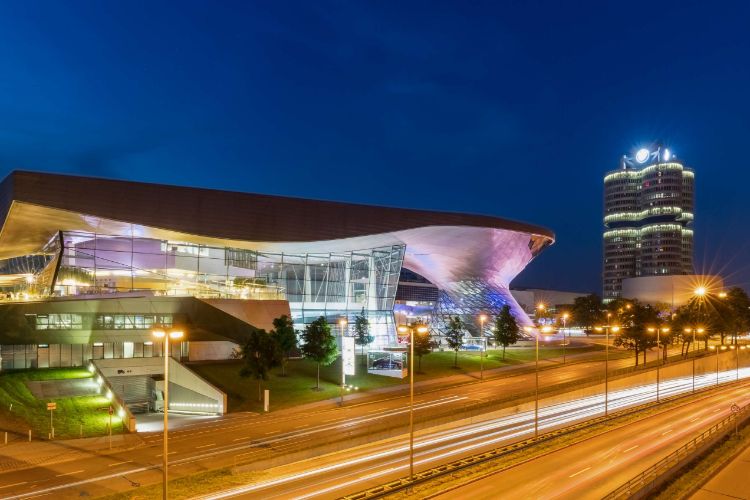
BMW Welt
MunichBMW Welt is the presentation and distribution center for the current products of the BMW car brand and a conference and symposium center in Munich. All kinds of cars, motorbikes, innovations and examples of technology are exhibited in the Markenwelt (Brand World). The building is not only an exhibit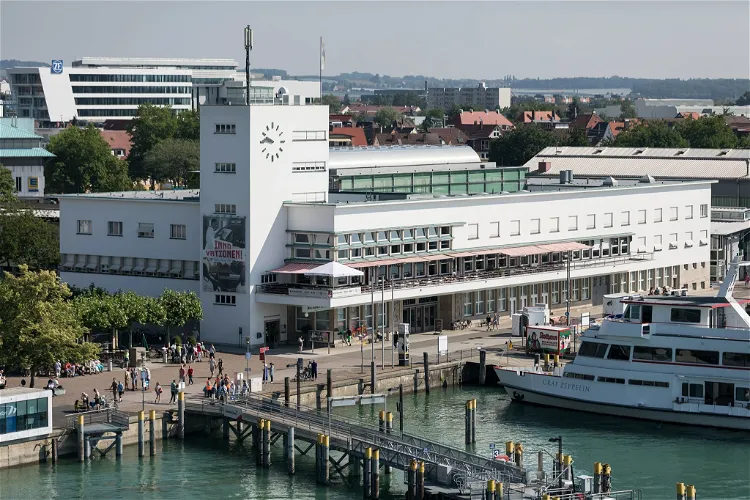
Zeppelin Museum Friedrichshafen
FriedrichshafenThe Zeppelin Museum is located in Friedrichshafen, a city in southern Germany on the shores of Lake Constance. The museum is dedicated to telling the story of the Zeppelin airships, which were created in this very city. Visitors can learn about the history and development of these iconic airships, gaining a deeper understanding of their significance in the world of aviation.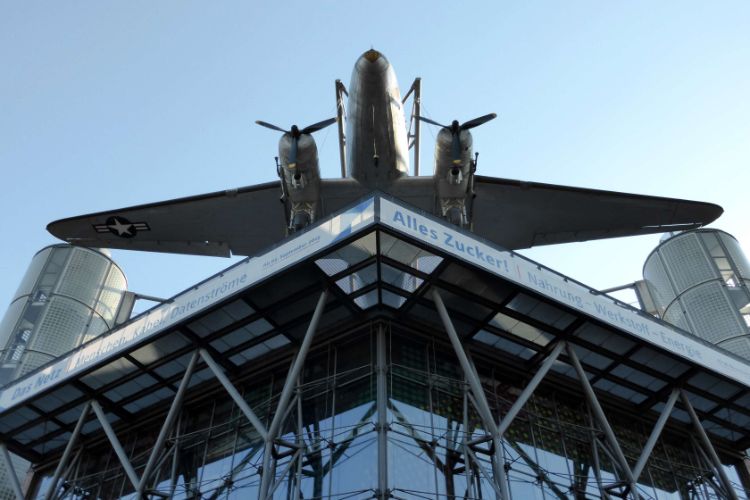
German Museum of Technology Berlin
BerlinThe Deutsches Technikmuseum Berlin (German Museum of Technology Berlin) is one of the largest engineering museums in the world, with an exhibition area of approximately 50,000 m². The exhibition includes: vintage cars, airplanes, trains, ships, electromagnetic coils, coffers, jewelry, machines, co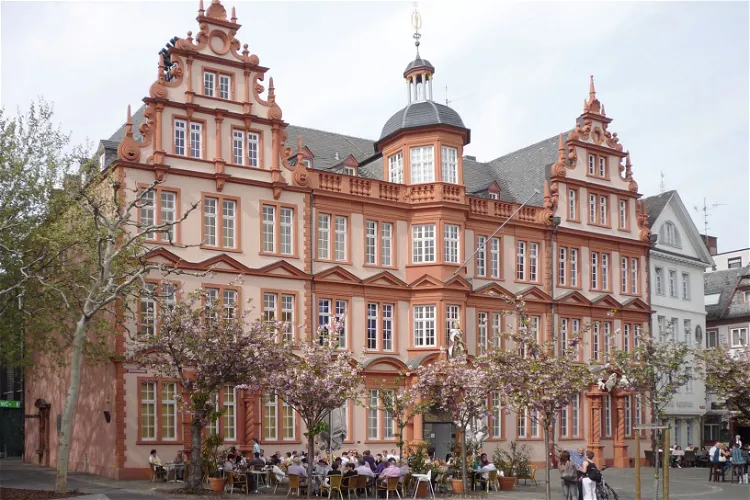
Gutenberg Museum
MainzThe Gutenberg Museum, located in the old part of Mainz, Germany, opposite the cathedral, is one of the oldest museums of printing in the world. It offers a unique opportunity to delve into the history of printing, showcasing the evolution of this art form over the centuries.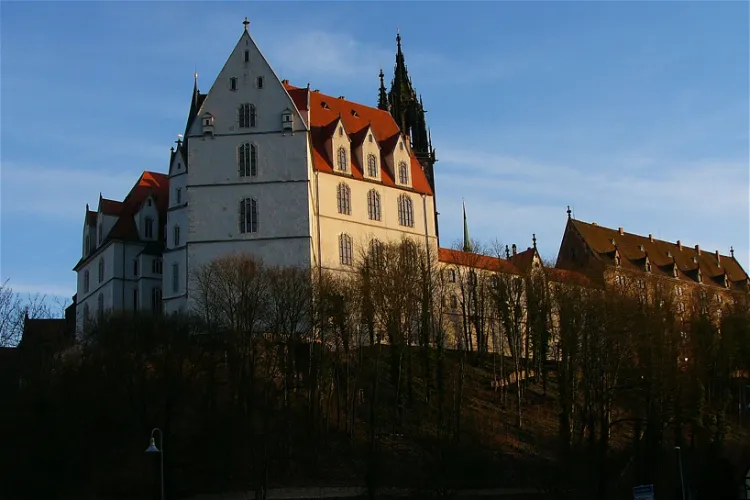
Albrechtsburg Castle
MeissenAlbrechtsburg is a late Gothic castle situated in the heart of Meissen, in the federal state of Saxony, Germany. This historic castle, with its rich history and architectural beauty, offers a unique glimpse into the past. It was built in the late Gothic period and has since been a significant landmark in the city. The castle's location in the city center makes it easily accessible for tourists.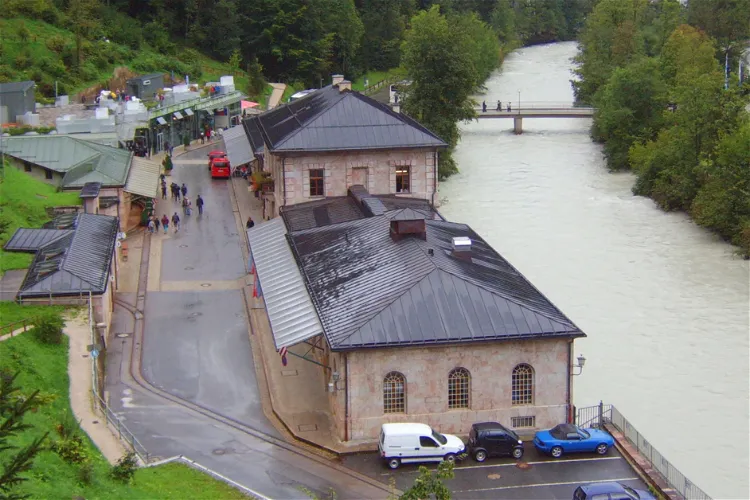
Salt Mine Berchtesgaden
BerchtesgadenThe Salzbergwerk Berchtesgaden is a significant historical site, being the oldest active salt mine in Germany. It is unique in its method of extraction, primarily using a wet process. This offers a fascinating insight into the history and techniques of salt mining, making it an interesting destination for tourists.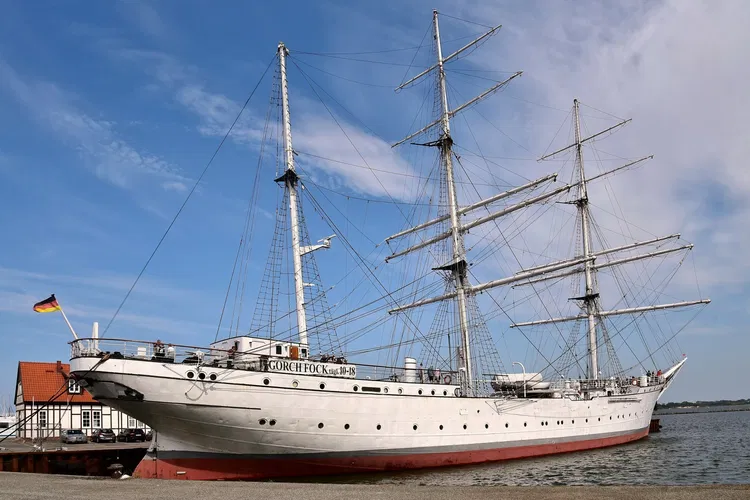
Gorch Fock (1933)
StralsundThe Gorch Fock, also known as the Russian Tovarichtchi between 1949 and 2003, is a historical three-masted barque. It was constructed in 1933 by the renowned Blohm & Voss shipyards in Hamburg. This ship is a significant part of maritime history and offers a unique insight into the naval architecture of the early 20th century.
The Peenemünde Historical Technical Museum
PeenemündeThe Peenemünde Historical Technical Museum, established in 1991, is situated in the observation bunker and the site of the former power station in Peenemünde, on the island of Usedom in eastern Mecklenburg-Vorpommern, Germany. This location is steeped in history and offers a unique insight into the past, making it a fascinating destination for tourists interested in history and technology.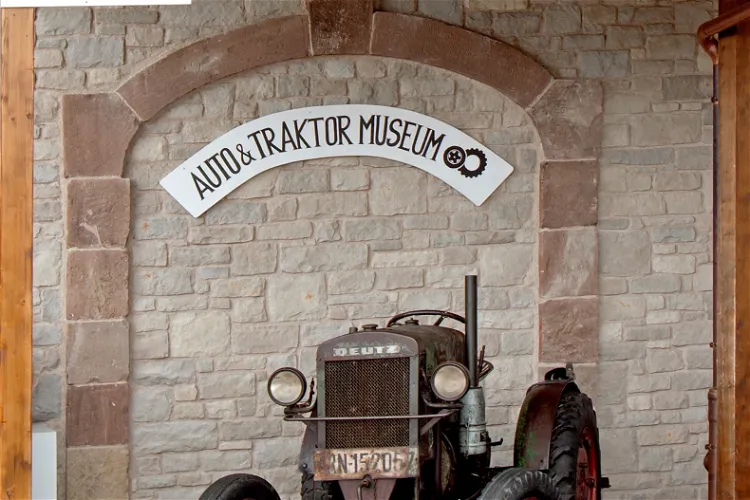
Auto & Traktor Museum
Uhldingen-MühlhofenThe Auto & Tractor Museum in Gebhardsweiler, part of the municipality of Uhldingen-Mühlhofen, houses a collection of 350 vehicles, including cars, motorcycles, and tractors. This extensive collection provides a comprehensive overview of the evolution of urban and rural life over the past century.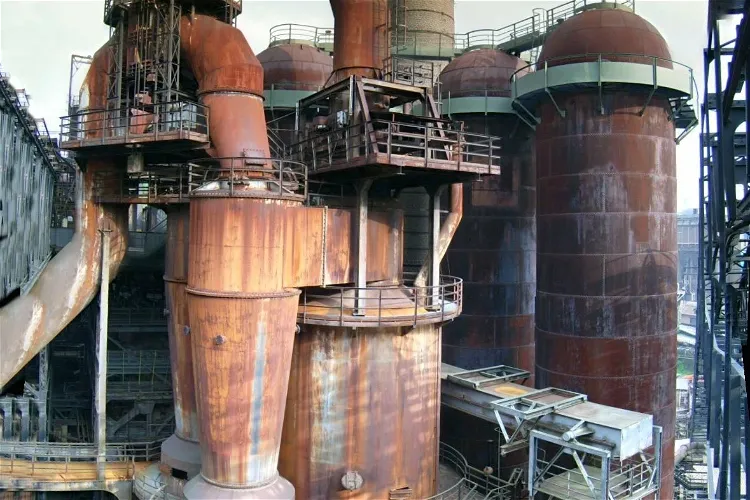
Völklingen Ironworks
VölklingenThe Völklingen Ironworks, located in the German town of Völklingen, Saarland, is a former blast-furnace complex. It has been recognized as a UNESCO World Heritage Site since 1994 due to its exceptional preservation and its historical significance in the context of ferrous metallurgy and the Industrial Revolution.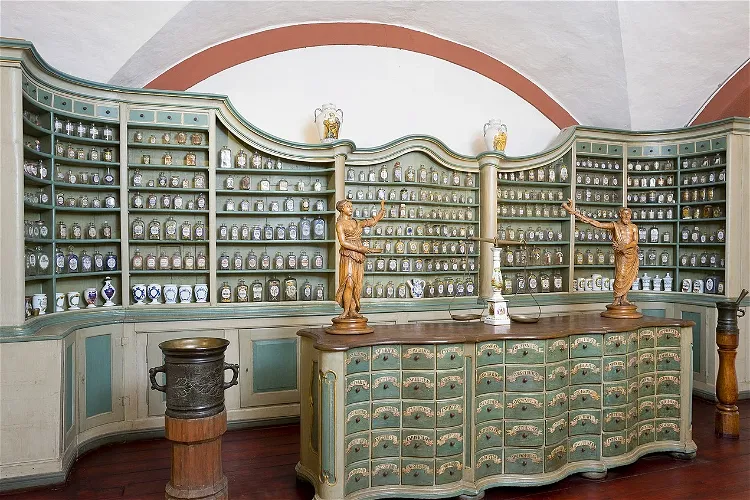
German Pharmacy Museum
HeidelbergThe German Pharmacy Museum in Heidelberg is a unique institution dedicated to the history of pharmacy. It boasts extensive collections that cover the entire German-speaking region from antiquity to the 21st century. This museum provides a comprehensive overview of the evolution of pharmacy and medicine, making it a fascinating destination for anyone interested in history, science, or medicine.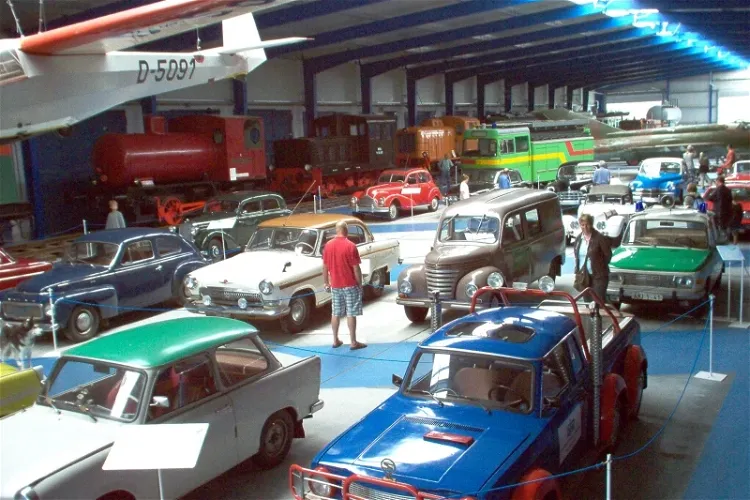
Oldtimer Museum Rügen
BinzThe Oldtimer Museum Rügen, formerly known as the Rügen Railway and Technology Museum, is a unique destination for railway enthusiasts and history buffs. Located on the picturesque Baltic Sea island resort of Rügen in Mecklenburg-Western Pomerania, Germany, the museum offers a deep dive into the history and evolution of railway technology in Germany.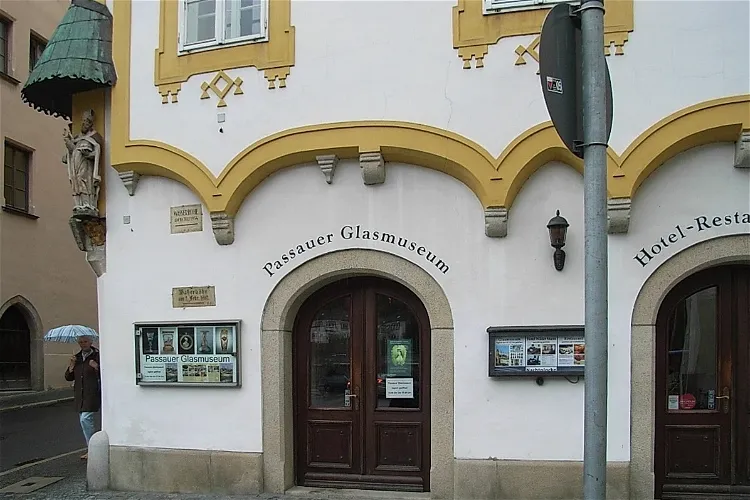
Passau Glass Museum
PassauThe Passau Glass Museum is renowned for its extensive collections, which are considered the largest in the world in three categories: European art glass, Bohemian glass, and glass made by Johann Loetz. These collections offer a unique opportunity to explore the rich history and diverse styles of glassmaking in Europe and beyond.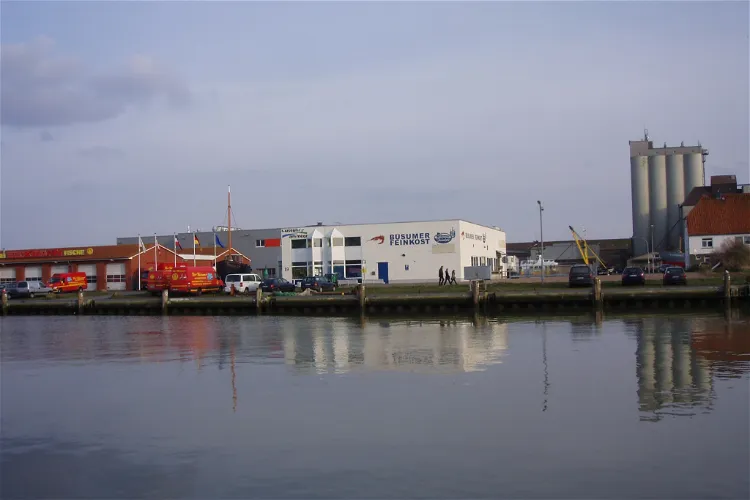
Museum at the sea
BüsumThe Museum am Meer in Büsum is a place where visitors can learn about the history of shrimp fishing and processing in the North Sea, as well as the history of tourism in Büsum. This museum offers a unique insight into the local culture and traditions, making it a worthwhile visit for those interested in learning more about the area's past.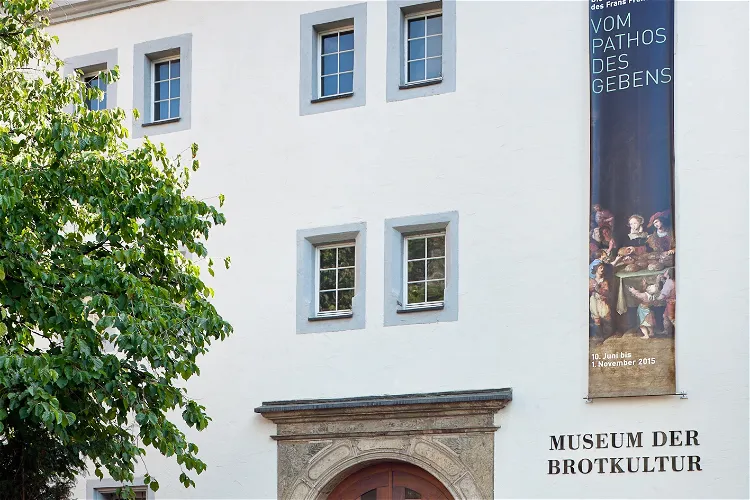
Museum Bread and Art
UlmThe Museum Brot und Kunst – Forum Welternährung in Ulm is a unique knowledge museum that showcases the importance of grain, bread, and culture in human development. It provides a comprehensive understanding of the natural, technical, and social historical aspects of bread production, as well as the symbolism of bread as a metaphor for life in Jewish-Christian thought.
Arithmeum
BonnThe Arithmeum was founded by Bernhard Korte, the director of the institute, who also contributed his private collection of calculating machines. As of 2008, the museum's collection included 4500 calculating machines, 2000 books, 800 works of art, and 500 historical computers. This extensive collection offers a unique insight into the history and development of computing technology.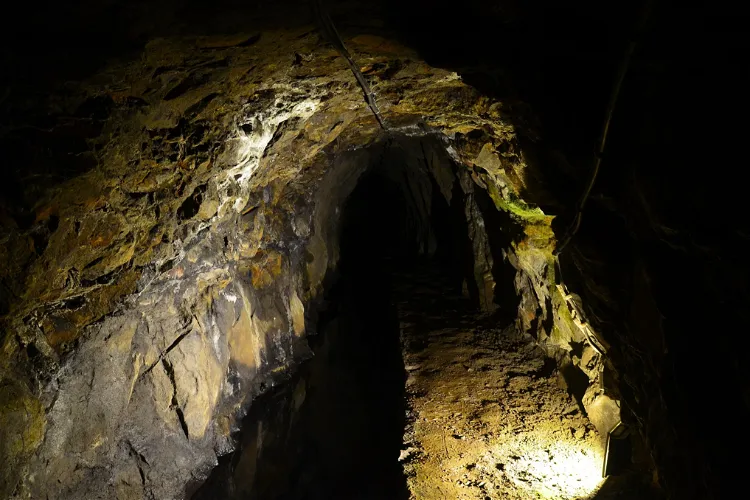
19-Lachter-Stollen
Clausthal-ZellerfeldIn 2010, the 19-Lachter-Stollen was declared a UNESCO World Heritage Site as part of the Upper Harz Water Management System. This recognition underlines the historical and cultural significance of the tunnel and its role in the mining industry. The 19-Lachter-Stollen is also part of the World Heritage Route of the UNESCO World Heritage in the Harz.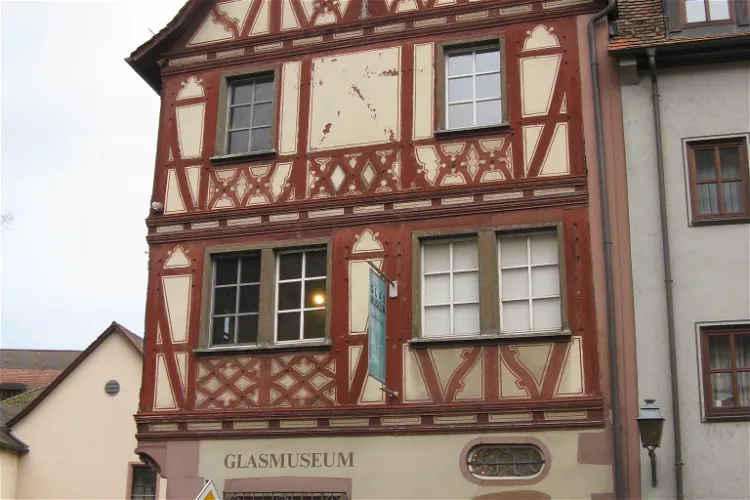
Glasmuseum Wertheim
WertheimThe Glasmuseum in Wertheim, Baden-Württemberg, is a unique institution that presents and documents the history and application of glass. From antiquity to present-day high-tech products, the museum offers a comprehensive overview of the evolution of glass and its various uses over the centuries. It's a fascinating journey through time, showcasing the versatility and importance of this material in different eras and contexts.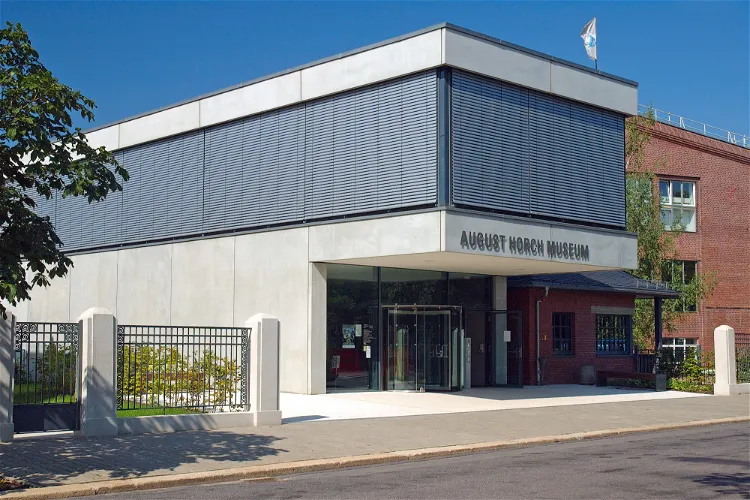
August Horch Museum
ZwickauThe August Horch Museum in Zwickau, an automobile museum, has a rich history dating back to its opening in 1988. After undergoing extensive renovations and reconstructions in the oldest part of the former Zwickau Audi factory, it was reopened in September 2004. The museum saw further expansion in November 2017, enhancing its offerings and space for exhibits.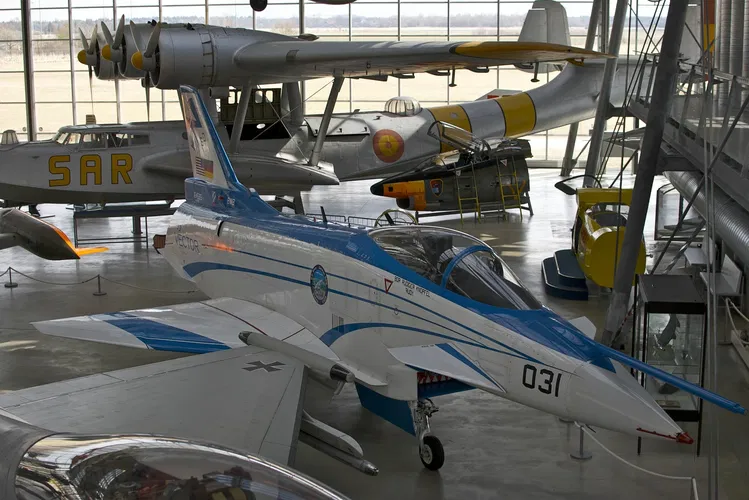
Deutsches Museum Flugwerft Schleissheim
OberschleißheimThe Deutsche Museum Flugwerft Schleißheim is an aviation museum located in Oberschleißheim, Germany. It is situated at the Schleißheim airport and is dedicated to the history of aircraft. The museum provides an opportunity for visitors to explore the evolution of aviation and gain insights into the technological advancements in this field.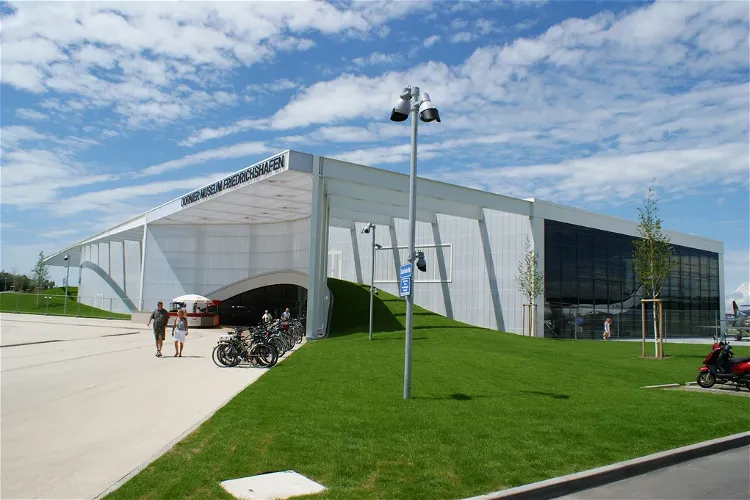
Dornier Museum Friedrichshafen
FriedrichshafenThe Dornier Museum in Friedrichshafen is a technology museum that pays tribute to the pioneering work of aircraft designer Claude Dornier and the Friedrichshafen company Dornier-Werke, which is now part of the Airbus Group. This museum provides a comprehensive insight into the history and achievements of these significant figures in aviation history.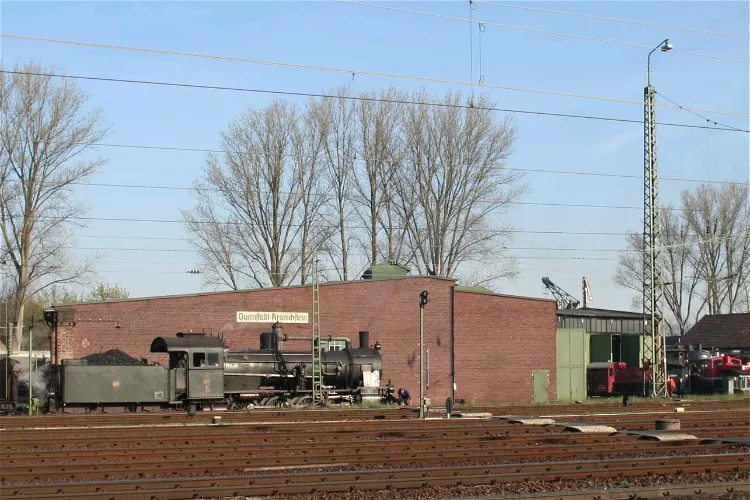
Darmstadt-Kranichstein Railway Museum
DarmstadtThe Darmstadt-Kranichstein Railway Museum, located in Darmstadt, Germany, is recognized as the largest railway museum in the state of Hesse. This museum offers a comprehensive insight into the history and evolution of railways in the region, making it a significant destination for those interested in railway history and technology.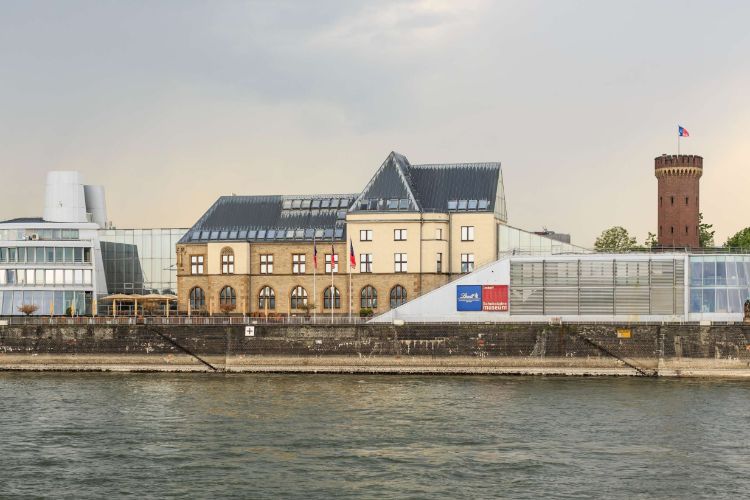
Schokoladenmuseum Köln
CologneThe Schokoladenmuseum Köln (also known as the Imhoff-Schokoladenmuseum and Imhoff chocolate museum is a museum in Cologne that is dedicated to chocolate. The museum illustrates the history of chocolate, from its beginnings with the Olmecs, Maya and Aztecs to contemporary products and production meth
Technik Museum Speyer
SpeyerThe Technik Museum Speyer is conveniently located near the city center of Speyer, situated at the Speyer airfield. This makes it easily accessible for tourists visiting the city, providing an opportunity to explore a vast collection of technical constructions from vehicle and aircraft building.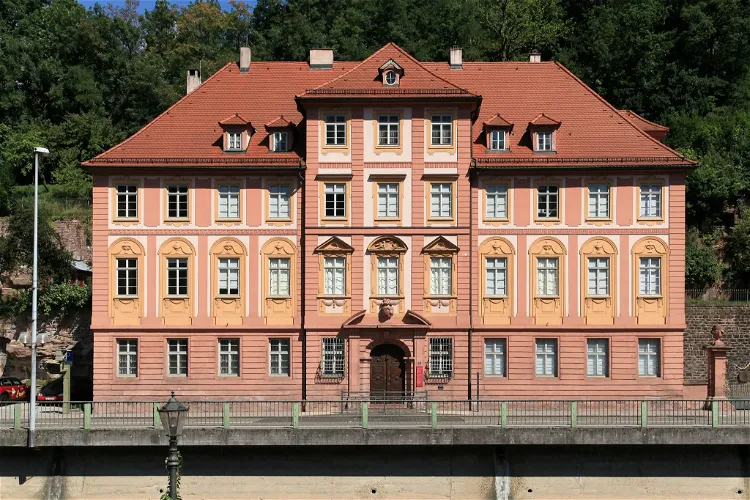
Palais Vischer
CalwPalais Vischer, a neoclassical city palace, is now a museum that showcases the history of the city of Calw in Baden-Württemberg. It provides a unique opportunity for visitors to delve into the rich past of this German city, offering a comprehensive understanding of its historical context and development.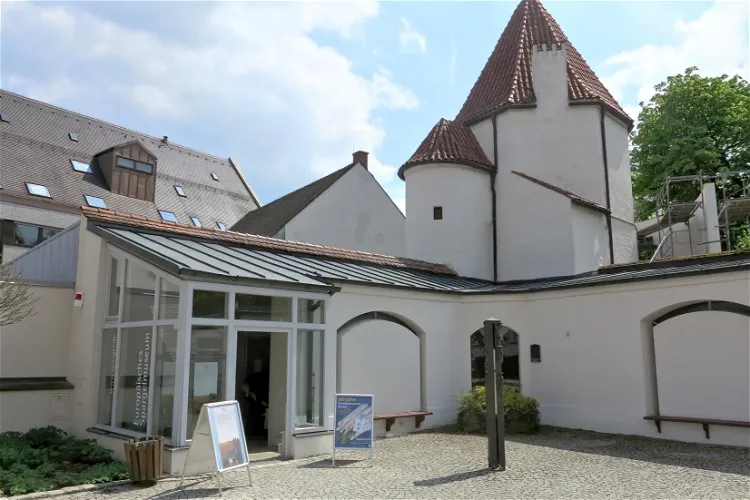
European Asparagus Museum
SchrobenhausenThe European Asparagus Museum is housed in the former Amtsturm, a two-story building that was part of the medieval city wall. Located in the southwest of the old town, the museum's location adds to its charm and historical significance, providing visitors with a unique backdrop to their exploration of the world of asparagus.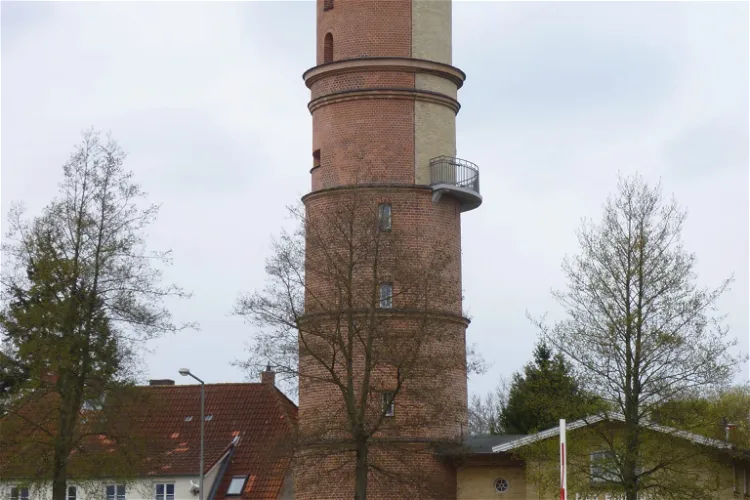
Alter Leuchtturm Travemünde
LübeckThe historic Travemünde Lighthouse, constructed in 1827, is a significant technical and architectural monument. It no longer functions as a sea mark but has been transformed into a museum. The lighthouse, made of red brick and built in a classicist style, stands at a height of 31 meters. It is a symbol of Travemünde, along with the Passat, and is open for visitors to explore.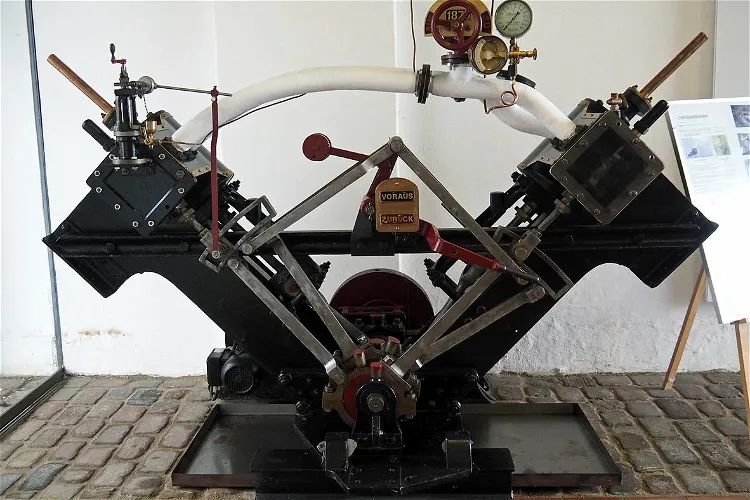
Schifffahrtsmuseum
FlensburgIn 2012, the Flensburg Maritime Museum underwent a complete renovation and re-conception of its exhibition. The exhibition now extends beyond the former customs warehouse to include the customs office courtyard, featuring exhibits on the West Indies voyage, butter trip, and Flensburg shipyard. Additionally, a newly built exhibition building in the courtyard showcases the evolution of technology and everyday life on board over the last 100 years.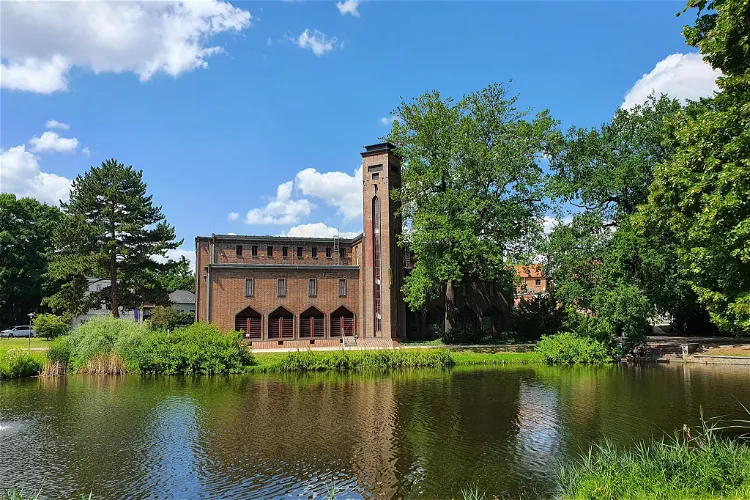
Kunstmuseum Dieselkraftwerk Cottbus
CottbusThe Brandenburg State Museum for Modern Art, also known as the Diesel Power Plant Cottbus, is an art museum situated in the city of Cottbus in Brandenburg. This museum is a significant cultural institution in the region, showcasing contemporary art from Brandenburg and beyond.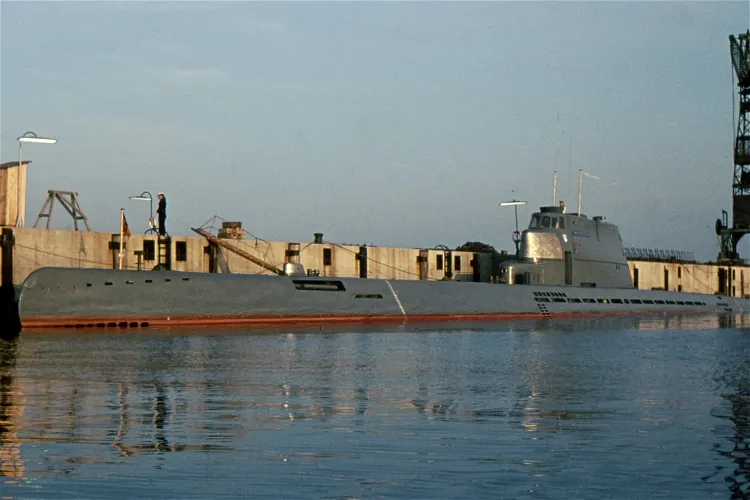
German submarine Wilhelm Bauer
BremerhavenThe Wilhelm Bauer was scuttled at the end of World War II, without ever having gone on patrol. In 1957, it was raised from the seabed off Flensburg Firth, refurbished, and recommissioned for use by the West-German Bundesmarine in 1960. This unique history adds to the submarine's intrigue and appeal for visitors.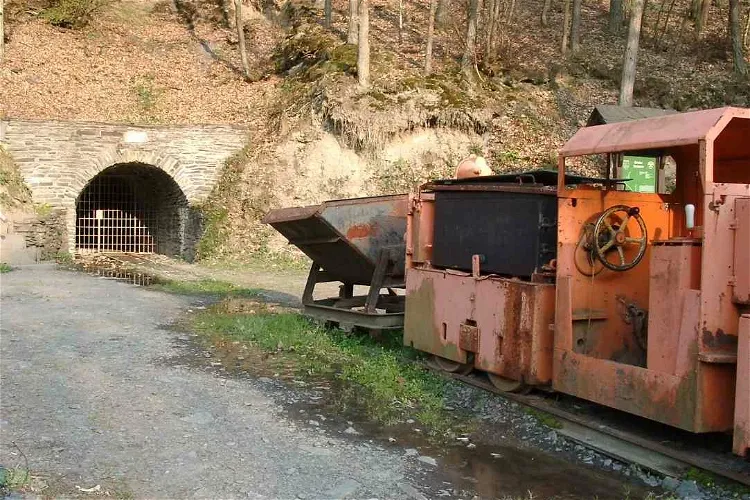
Fell Exhibition Slate Mine
FellThe Fell Exhibition Slate Mine, also referred to as the Barbara-Hoffnung Exhibition Mine, is a historical site located in Germany. It is situated approximately 20 kilometers east of Trier and about 60 kilometers east of Luxembourg City, in close proximity to the villages of Fell and Thomm. This former slate mine offers a unique insight into the region's mining history and is easily accessible from major cities.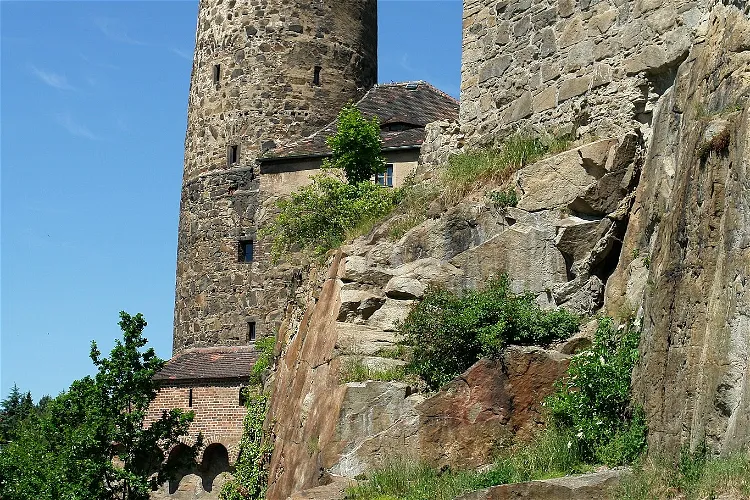
Old Waterworks Tower
BautzenThe Old Waterworks Tower, also known as Alte Wasserkunst, is a significant landmark in Bautzen. It is located on the edge of the old town, close to the Mühltor. The tower is situated by the Spree river, making it a prominent sight for visitors entering the city via the Peace Bridge. This historical structure, along with the nearby Michaeliskirche, is considered a symbol of the city.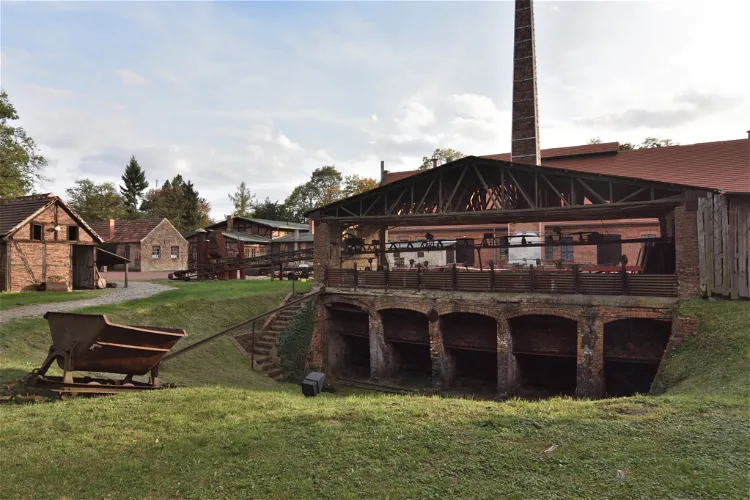
Museumsdorf Glashütte
Baruth/MarkThe Museumsdorf Baruther Glashütte is a technical monument that offers a unique insight into the social and technical history of the old glassmaker's village. Visitors can learn about the craft of glassmaking from a glassmaker and explore an exhibition about Reinhold Burger, the inventor of the thermos flask. The museum is located in the south of the Teltow-Fläming district in Brandenburg.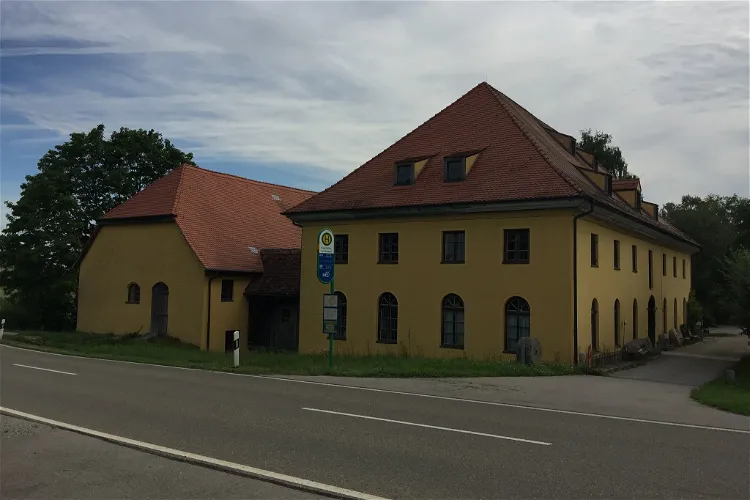
Furthmühle
EgenhofenThe Furthmühle is largely preserved in its original state and is fully functional. Until 2012, it was used for the production of flour, making it a significant technical monument. Visitors can appreciate the historical machinery and understand the process of flour production from the past.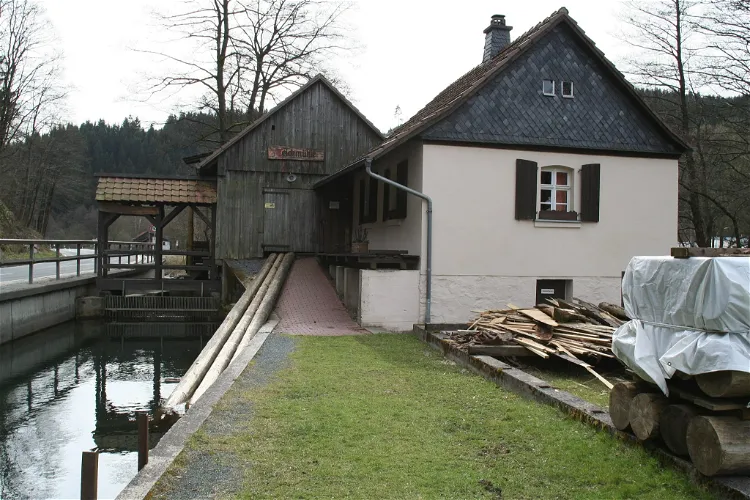
Teichmühle Steinwiesen
SteinwiesenTeichmühle is a community part of the market town Steinwiesen, located in the district of Kronach in Upper Franconia, Bavaria. It is situated on the right bank of the Rodach river and along the state road 2207, which leads to Steinwiesen (1 km south) or to Klingersmühle (1.2 km northeast).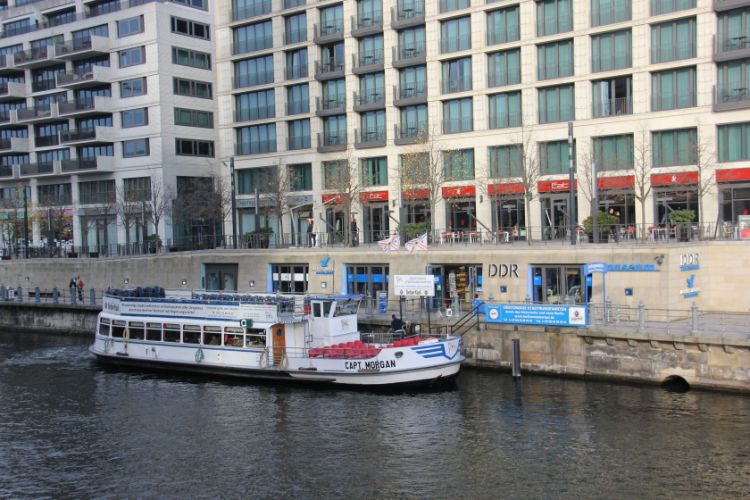
DDR Museum
BerlinThe DDR Museum is an authentic and interactive museum devoted to the daily life in former East Germany (DDR). It is divided into three main areas: Public Life, State and Ideology, and Life in a Tower Block. You can see a typical DDR living room, try on usual DDR clothes, use an original typewriter o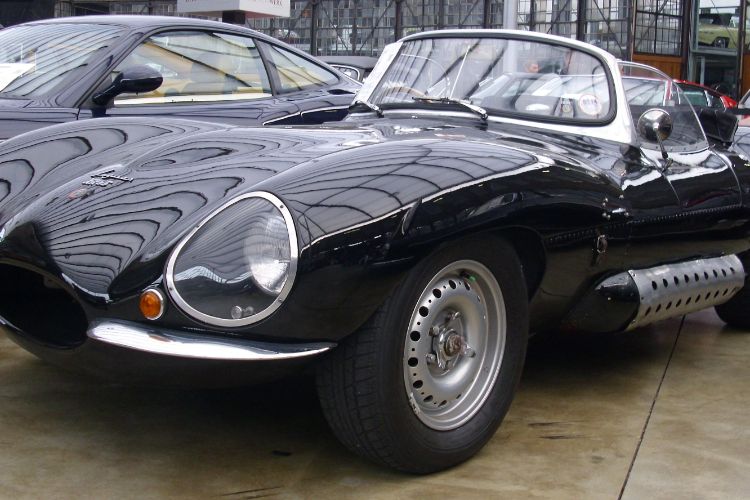
Classic Remise Dusseldorf
DüsseldorfThe Classic Remise Düsseldorf was opened on 16 September 2006 in a former roundhouse. The total area is more than 19,000 square meters. The Classic Remise Düsseldorf contains 80 boxes of glass for the exhibition of cars and 35 specialized service providers - including dealers, restorers, workshops a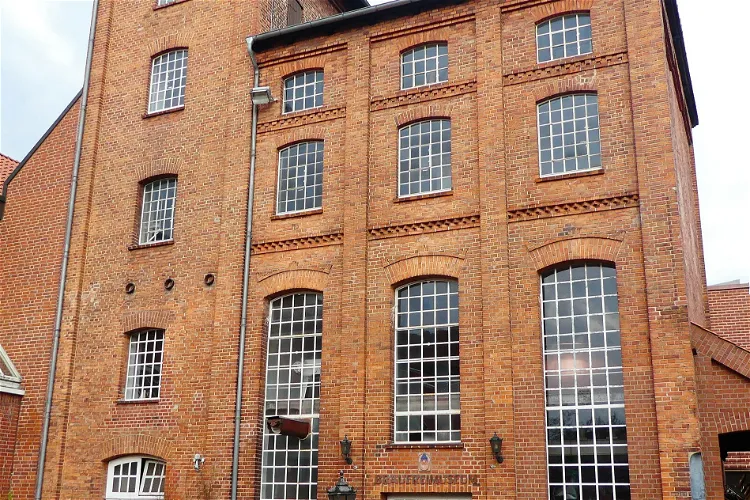
Brauereimuseum
LüneburgThe Brauereimuseum Lüneburg is situated in the former Lüneburger Kronen-Brauerei in Heiligengeiststraße. This location is in the heart of the historic old town, making it easily accessible for tourists who are exploring the city. The museum's location adds to its charm and historical significance, as it is housed in a building that was once a bustling brewery.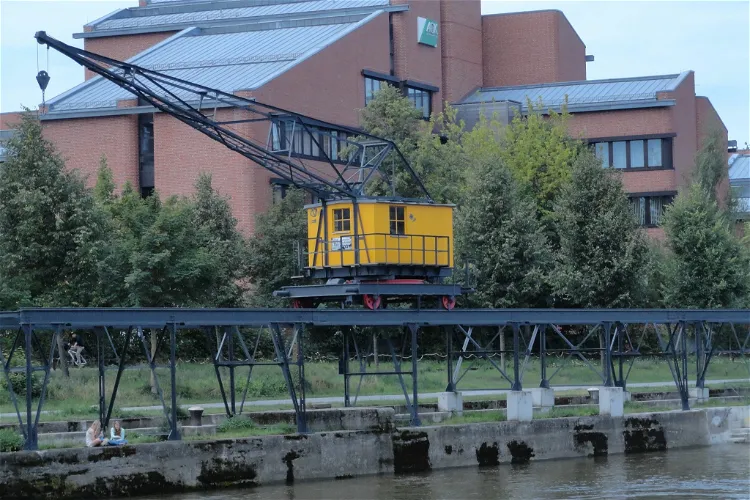
Regensburg Museum of Danube Shipping
RegensburgThe Regensburg Museum of Danube Shipping is a unique maritime museum situated in the charming town of Regensburg, Germany. The museum focuses on river shipping, particularly on the Danube and other rivers. It provides a comprehensive insight into the history and development of river shipping, making it an interesting destination for those interested in maritime history.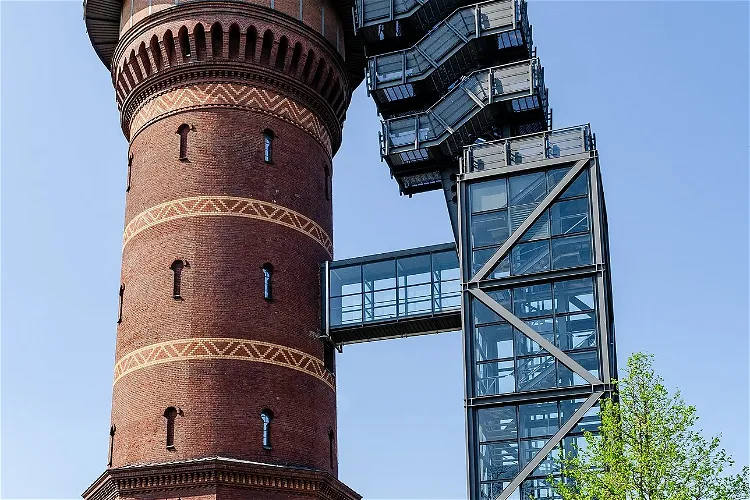
Aquarius Wassermuseum Mülheim
Mülheim an der RuhrThe Aquarius Water Museum is situated in a decommissioned water tower in Styrum, a district of Mülheim an der Ruhr. This unique location adds to the museum's charm and historical significance. It is also part of the Route of Industrial Heritage, a tourist route that connects important industrial sites in the region. This makes the museum not only a destination in itself but also a part of a larger journey through the region's industrial past.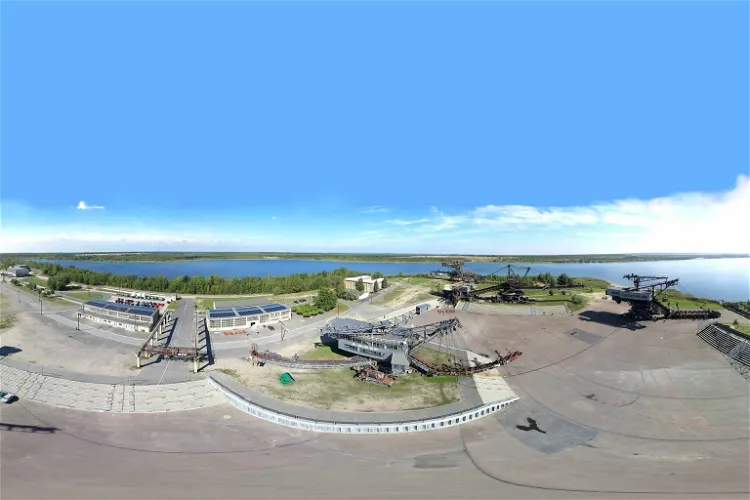
Ferropolis
GräfenhainichenFerropolis, also known as the 'City of Iron', is an industrial museum and event venue situated in Gräfenhainichen, east of Dessau-Roßlau. It is located on a peninsula in the Gremminer See, which was formerly the open-cast mine Golpa-Nord. This unique location offers visitors a chance to explore the history of the mining industry while enjoying the natural beauty of the surrounding area.
Fehn- und Schiffahrtsmuseum – Westrhauderfehn
WestrhauderfehnThe Fehn- and Shipping Museum in Westrhauderfehn is a unique institution that provides insights into the history of the Fehn culture, regional shipbuilding, and shipping of the once most important inland port of East Frisia. Visitors can learn about the rich maritime history of the region, including the development of shipbuilding and the significance of the inland port.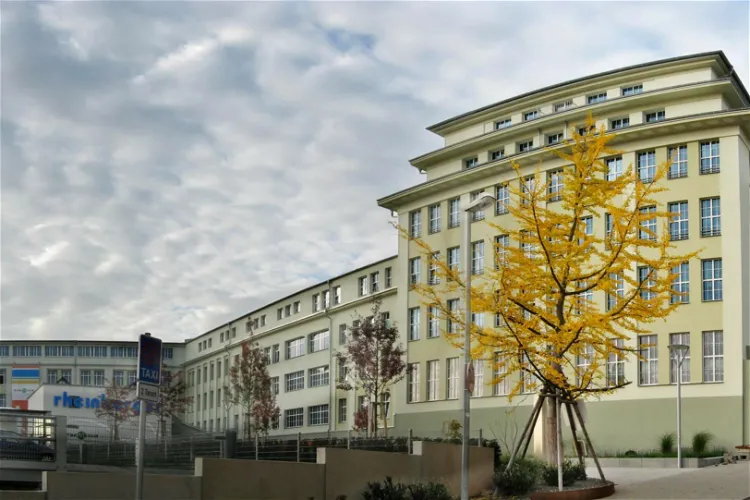
Dynamikum
PirmasensThe Dynamikum is a technology museum situated in Pirmasens, Rhineland-Palatinate. It was established on the grounds of the former Rheinberger shoe factory and opened its doors to the public on April 29, 2008. This location holds historical significance as it was once the largest shoe factory in Germany, which has now been transformed into a museum.
Verkehrsmuseum Karlsruhe
KarlsruheThe Verkehrsmuseum Karlsruhe is a museum that showcases the history of transportation from the early 19th century to the present day. The museum's collection includes historical bicycles, motorcycles, cars, and railway models. It also highlights technical inventions and introduces developers from the region, such as Karl Drais and Felix Wankel.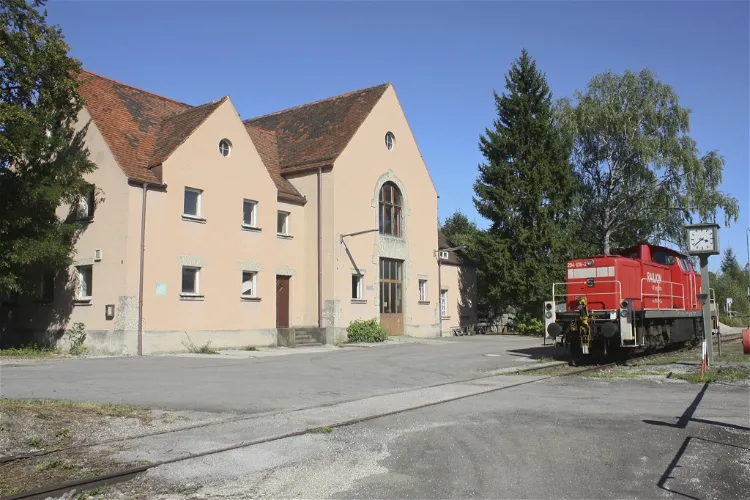
Freilassing Locomotive World
FreilassingThe Freilassing Locomotive World, also known as Lokwelt Freilassing, is a railway museum situated in the Berchtesgadener Land. The museum is run in collaboration with the town of Freilassing and the Deutsches Museum. It offers a unique opportunity to explore the rich history of railways and locomotives.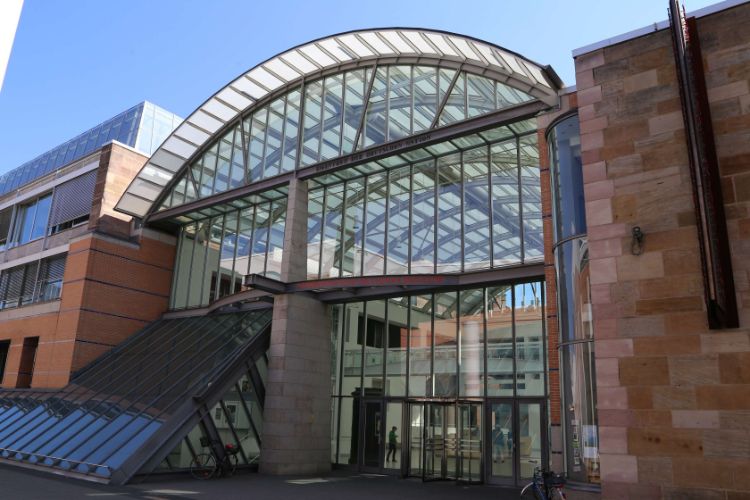
Germanisches Nationalmuseum
NurembergThe Germanisches Nationalmuseum is the largest museum of cultural history in Germany, located in Nuremberg. The museum holds and exhibits a large collection of items related to German culture and art from prehistoric times to the present day. The collection consists of around 1,3 million objects of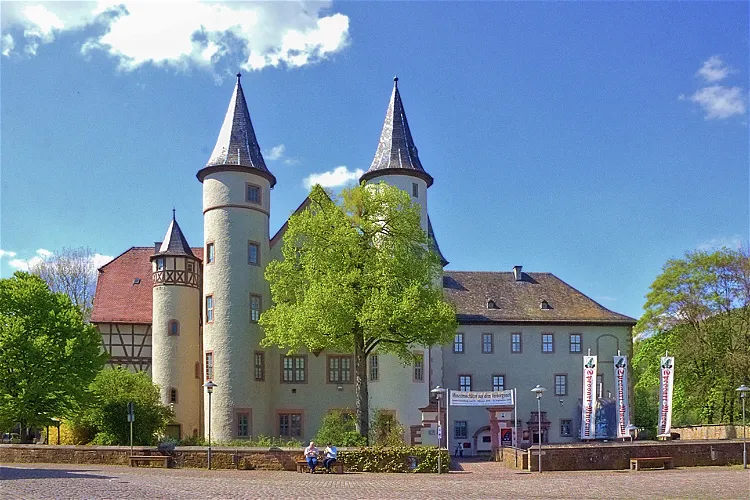
Spessartmuseum
Lohr am MainThe Spessartmuseum, located in Lohr Castle in Lohr am Main, is a place where visitors can delve into the history of the castle and the Spessart region. The museum provides a comprehensive overview of the past, offering a unique insight into the historical context of the area.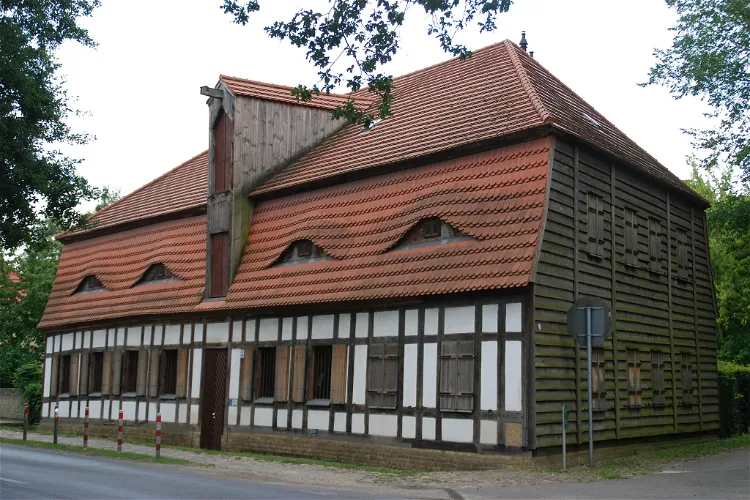
Raufutterspeicher
Schöneiche bei BerlinThe Raufutterspeicher Schöneiche is a baroque-style half-timbered house with three floors: ground, upper, and attic (mansard roof). The upper part of the roof is covered with slate, while the lower part is covered with beaver tails. The grain was stored on the upper floor and transported up via a lift, and down via a chute, which is still preserved. This architectural design provides a glimpse into the historical agricultural practices of the region.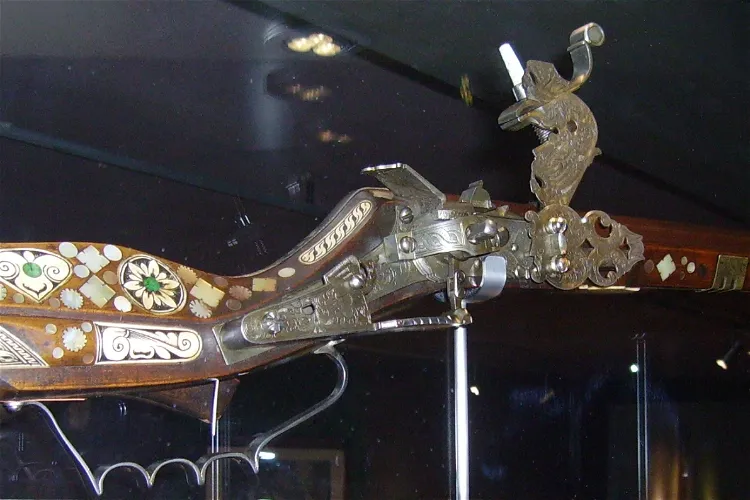
Waffenmuseum Suhl
SuhlThe Waffenmuseum Suhl is a specialty museum located in the historical Malthouse in the city of Suhl. It is dedicated to showcasing the technical development of handheld firearms. The museum is recognized as one of the most significant of its kind in Germany, making it a notable destination for those interested in the history and evolution of firearms.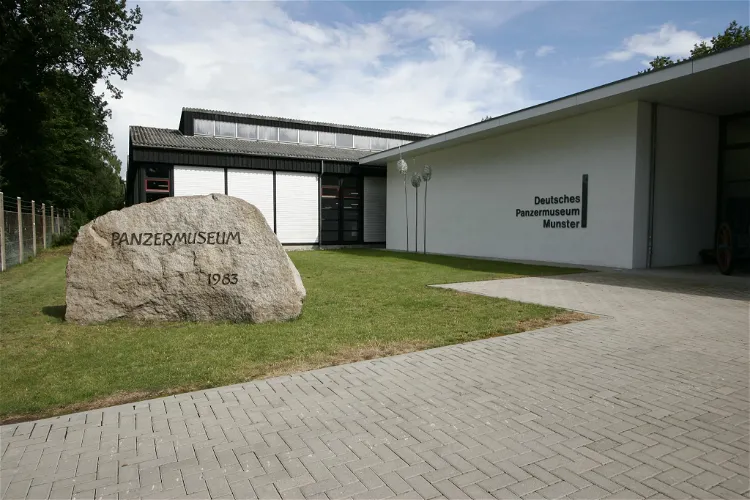
German Tank Museum
MunsterThe German Tank Museum, also known as Deutsches Panzermuseum Munster, is situated in Munster, Germany. It is an armoured fighting vehicle museum that is located within the Munster Training Area camp. This museum is a significant destination for those interested in military history and armoured vehicles.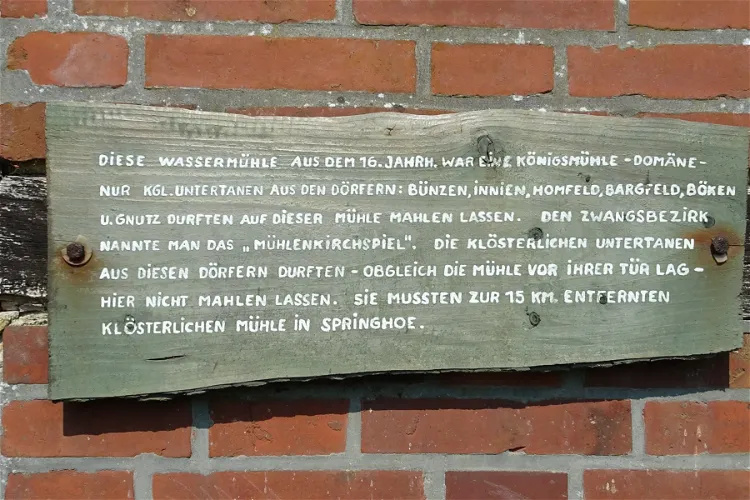
Bünzer Wassermühle
BünzenThe Bünzer Wassermühle is a historical site located in the Bünzen district of the Aukrug municipality. This well-preserved watermill dates back to the 16th century, offering visitors a glimpse into the past. Although the exact year of construction is unknown, there are records of repairs dating back to 1594. Today, the mill is no longer in operation but stands as a testament to the region's rich history.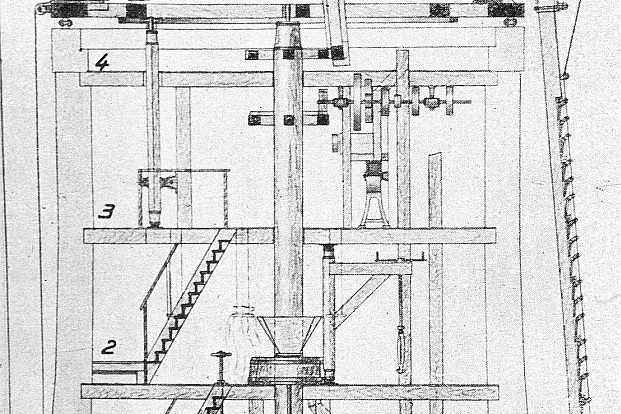
Holländerwindmühle Syrau
SyrauThe Holländerwindmühle Syrau in Syrau is the only Dutch windmill in Vogtland, Germany. This unique feature makes it a distinctive landmark in the region, offering visitors a glimpse into the historical and cultural significance of windmills in the area.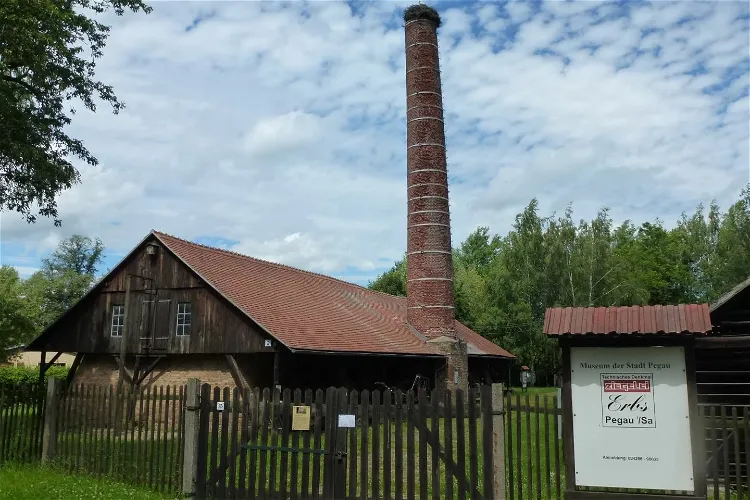
Technisches Denkmal Ziegelei Erbs
PegauThe Ziegelei Erbs in Pegau is a technical monument that serves as a museum. This historical site offers a unique insight into the early phase of industrial brick production. The brickyard is under monument protection and is affiliated with the Pegau Museum. With its preserved, subtly restored technical facilities and equipment, it demonstrates how bricks were made in the first half of the 20th century.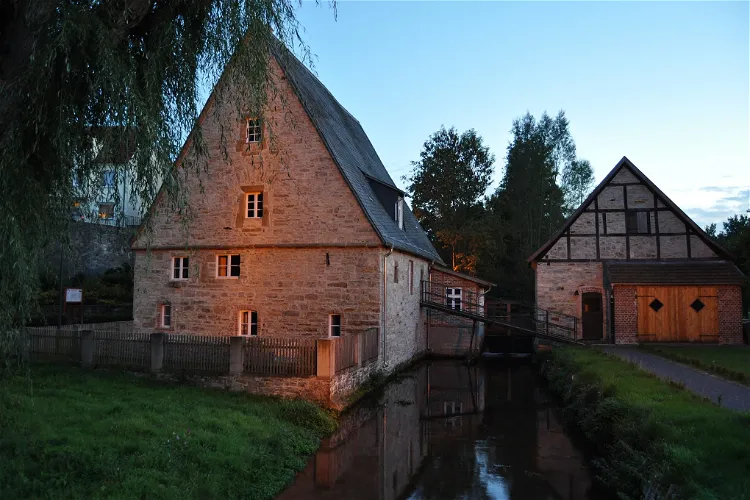
Mittel- und Bohrmühle
BürenThe Mittelmühle, located in Almetal, is one of the two ancient mills in Büren, Westphalia. It holds the distinction of being one of the few preserved color mills in the northern German region. This historical site offers a unique glimpse into the past, showcasing the traditional milling processes and the rich history of the region.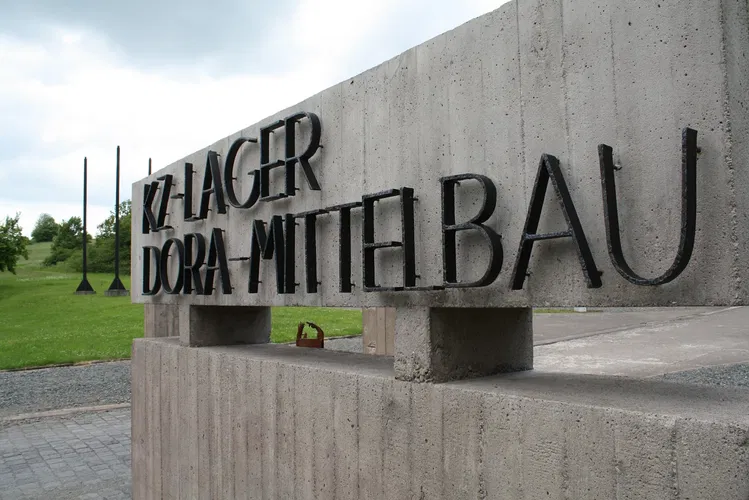
Mittelbau-Dora concentration camp
NordhausenMittelbau-Dora, sometimes referred to as the Mittelbau concentration camp, is a historical site located near Nordhausen, south of the Harz Mountains. Established in August 1943, this Nazi concentration camp played a significant role during World War II. Today, it serves as a reminder of the atrocities committed during this period and offers visitors an opportunity to learn about this dark chapter in history.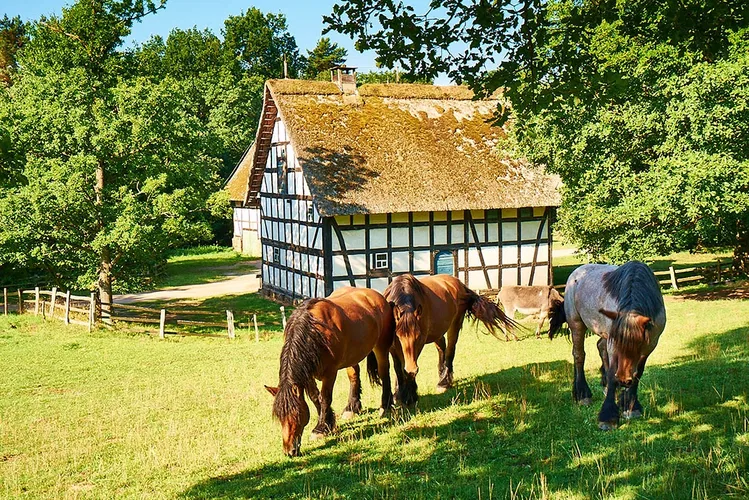
Kommern Open Air Museum
MechernichThe Kommern Open Air Museum, located in Kommern/Eifel, is recognized as one of the largest open air museums in Europe. It spans an impressive area of over 95 hectares and showcases approximately 67 historic buildings that originate from the Prussian Rhine Province. The museum is operated by the Rhineland Regional Association (Landschaftsverband Rheinland, LVR).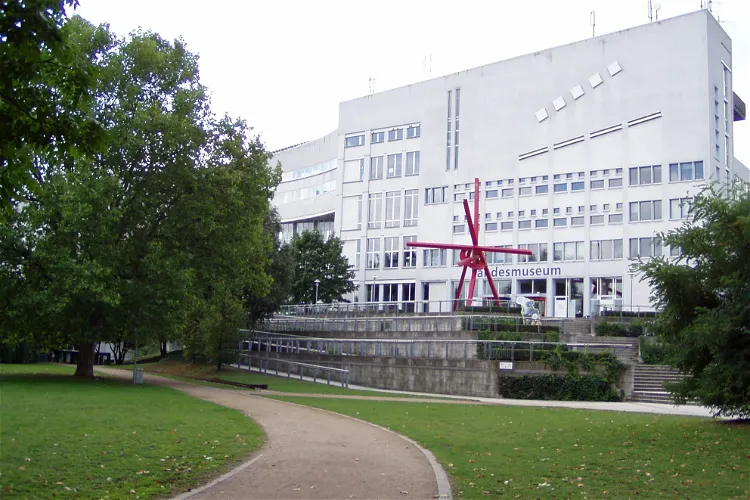
Technoseum
MannheimThe Technoseum, located in Mannheim, Baden-Württemberg, Germany, is a technology museum that offers a comprehensive display of the industrialisation process in the south-western regions of the country. Visitors can explore the evolution of technology and industry in this region, providing a unique insight into the historical and cultural context of the area.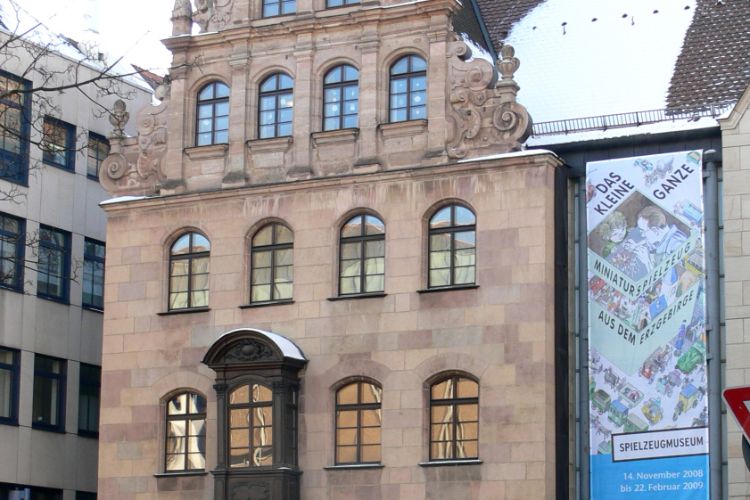
Nuremberg Toy Museum
NurembergThe Nuremberg Toy Museum (Lydia Bayer Museum or Nürnberger Spielzeugmuseum) is a municipal museum in Nuremberg that depicts the cultural history of toys from antiquity to the present. The museum in Nuremberg is considered to be one of the most well known toy museums in the world. The collection that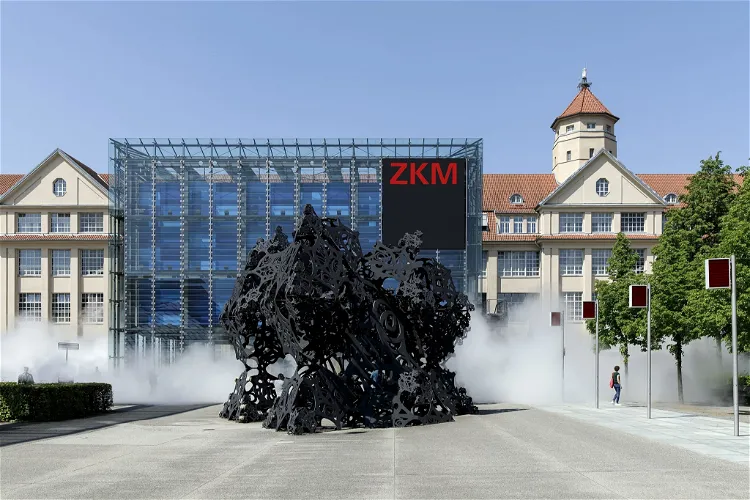
ZKM Center for Art and Media Karlsruhe
KarlsruheThe ZKM, or Zentrum für Kunst und Medientechnologie, is a cultural institution in Germany that was established in 1989. It is situated in Karlsruhe, in a former industrial building that was used as a weapons factory during the Second World War. This historical setting adds a unique backdrop to the contemporary art and media technology showcased within.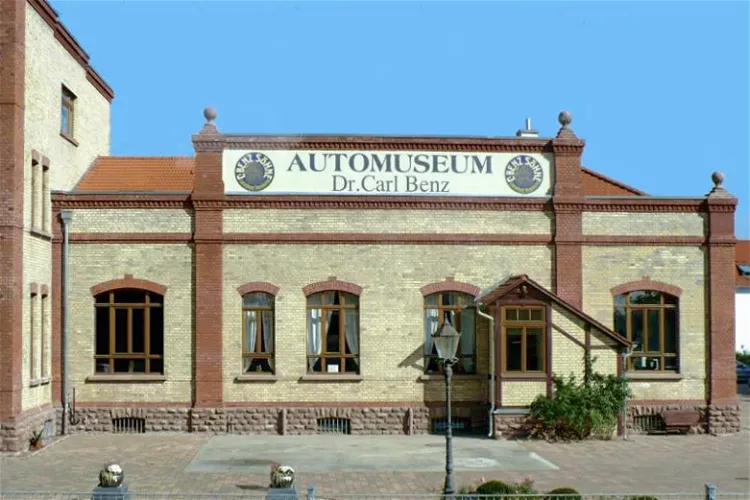
Automuseum Dr. Carl Benz
LadenburgThe Automuseum Dr. Carl Benz in Ladenburg is a tribute to the inventor of the automobile, Carl Benz. This museum is a testament to the pioneering work of Carl Benz and his significant contribution to the automotive industry. Visitors can explore the rich history of automobile invention and the evolution of the Benz brand.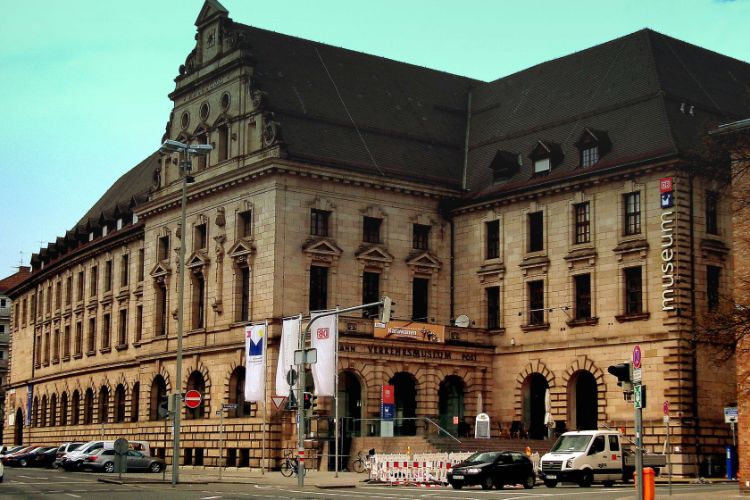
DB Museum
NurembergThe DB Museum is a railway museum in Nuremberg. Important historical railway vehicles include parts of the royal train for the Bavarian king, Ludwig II and an original coal wagon from 1829, the oldest steam locomotive in Germany still preserved in its original state, the Nordgau (built in 1853). Fur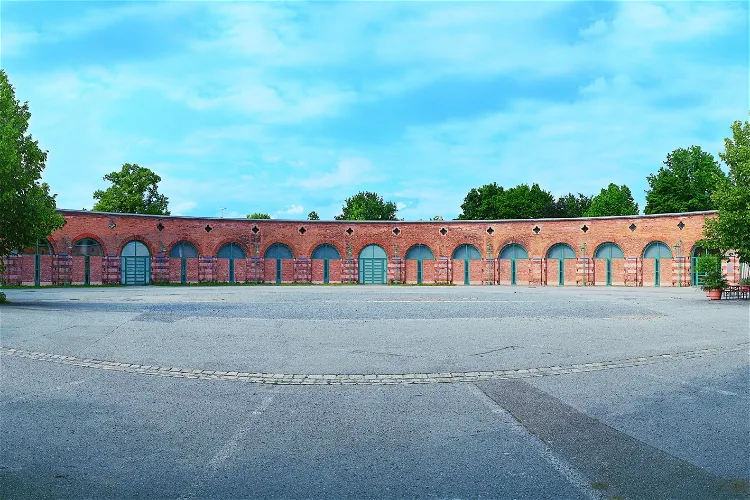
Lokschuppen
RosenheimThe Lokschuppen Rosenheim is an exhibition center situated in the heart of Rosenheim. It was established in 1988, following the transformation of the engine house of the city's first railway workshop. This historical site now serves as a cultural hub, hosting a variety of exhibitions and events throughout the year.
Franconian Brewery Museum
BambergThe Franconian Brewery Museum in Bamberg is a unique destination that offers a deep dive into the history and tradition of beer brewing in the region. The museum is located in the former Benedictine monastery brewery on Michelsberg, a site with a rich brewing history dating back to 1122. This historical setting provides an authentic backdrop for the museum's extensive collection of over 1400 exhibits.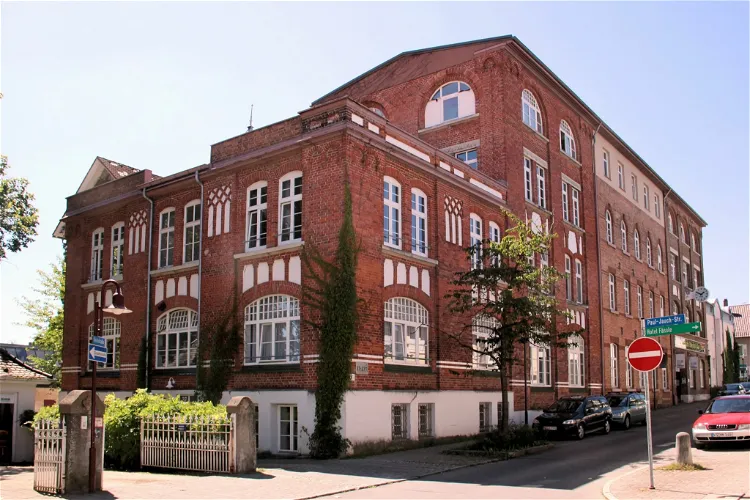
Museum of Clockmaking
Villingen-SchwenningenThe Museum of Clockmaking, also known as Uhrenindustriemuseum in German, is situated in the town of Villingen-Schwenningen in Germany. The museum is dedicated to preserving and showcasing the history of the clockmaking industry that was once a significant part of the town's identity. It provides a unique insight into the town's past and the evolution of the clockmaking industry.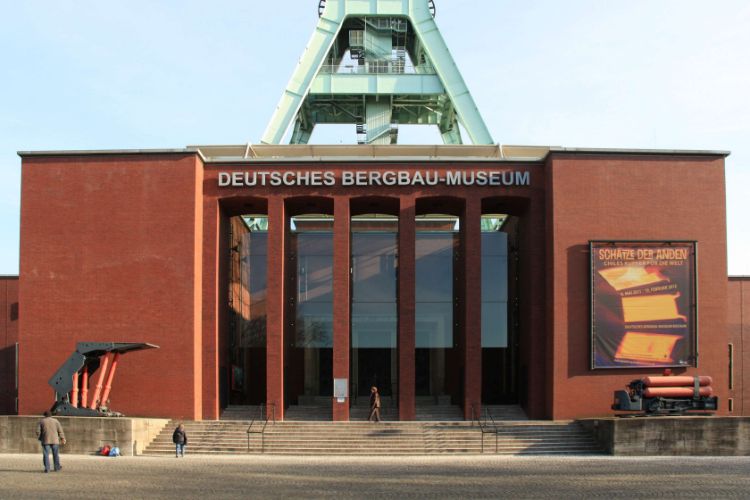
Deutsches Bergbau-Museum Bochum
BochumDeutsches Bergbau-Museum Bochum (The German Mining Museum) is a museum in Bochum that presents four tours. Tour 1 presents the history of German coal and tour 2 delves into the global relationships between humans and mining – across eras and sectors. Tour 3 and 4 cover the topics of natural resource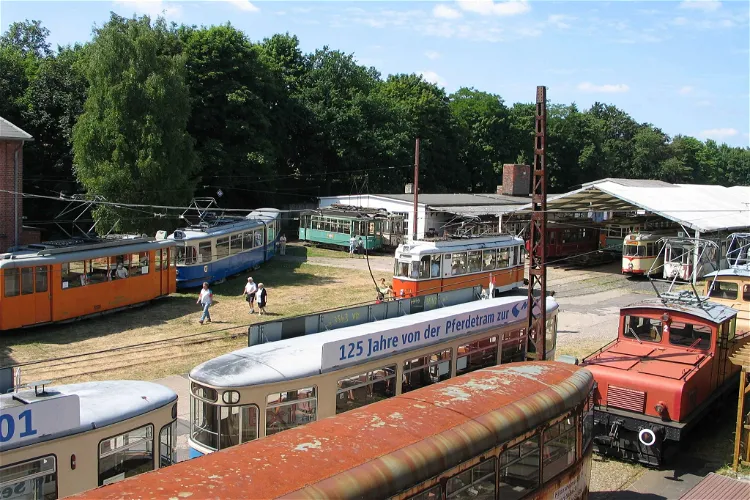
Hanover Tramway Museum
SehndeThe Hannoversche Straßenbahn-Museum (HSM) is a museum dedicated to trams and related vehicles. It is located in Wehmingen, a district in Sehnde, southeast of Hannover. The museum is privately run and operates on a voluntary basis.
Aviation Museum Hannover-Laatzen
LaatzenThe Aviation Museum Laatzen-Hannover is a permanent exhibition located in Laatzen, dedicated to the history of aviation. It provides an in-depth look into the evolution of aviation, from its early beginnings to the present day. The museum is a great place for aviation enthusiasts and history buffs alike, offering a unique opportunity to learn about the technological advancements and historical events that have shaped the world of aviation.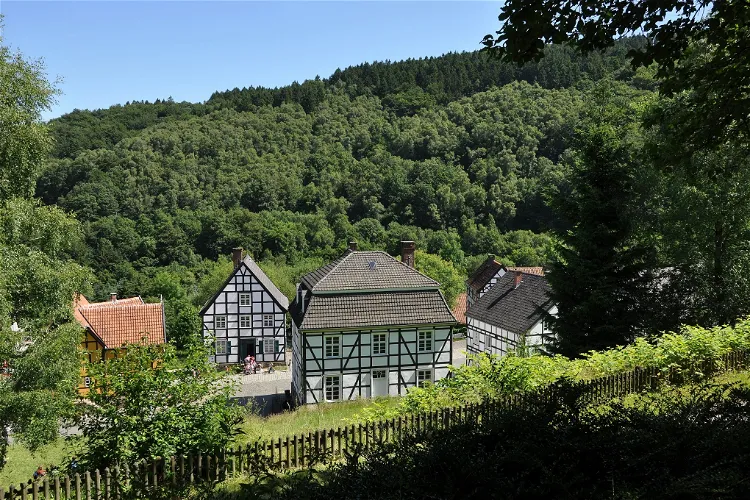
Hagen Westphalian Open-Air Museum
HagenThe Hagen Westphalian Open-Air Museum is situated in the southeastern Ruhr area, in Hagen, North Rhine-Westphalia, Germany. This location is easily accessible and offers a unique opportunity to explore the history of craft and technics in a hands-on manner.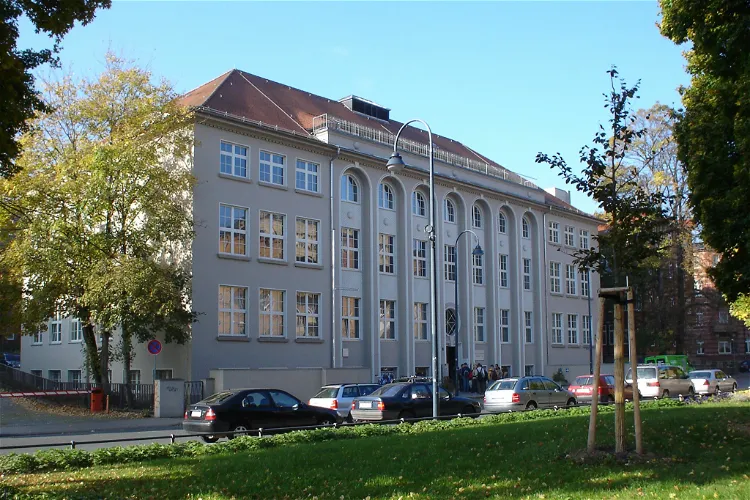
Optical Museum Jena
JenaThe Deutsches Optisches Museum Jena is a unique science and technology museum that showcases optical instruments spanning eight centuries. This extensive collection provides a comprehensive overview of the evolution of optical instruments, making it a fascinating destination for those interested in the history and development of technology.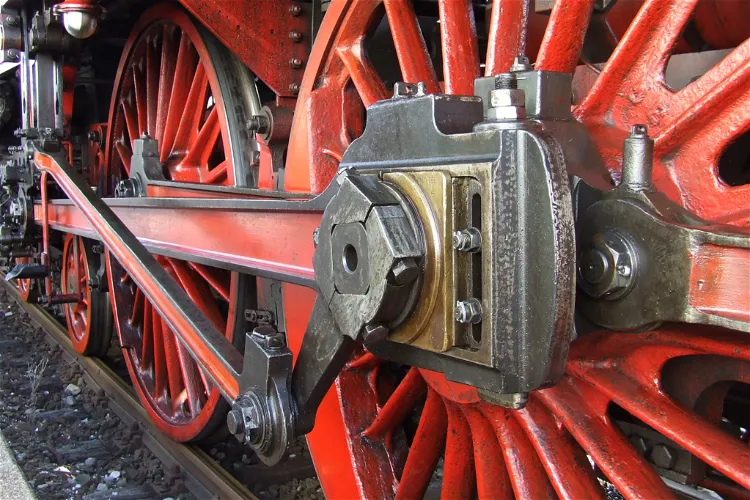
Bavarian Railway Museum
NördlingenThe Bavarian Railway Museum, also known as Bayerisches Eisenbahnmuseum or BEM, is situated in the historic locomotive sheds at Nördlingen station in Bavaria, Germany. This location adds a unique charm to the museum, as it is housed in a place that has been a part of the railway history itself. Visitors can experience the rich history of the railway while exploring the museum's exhibits.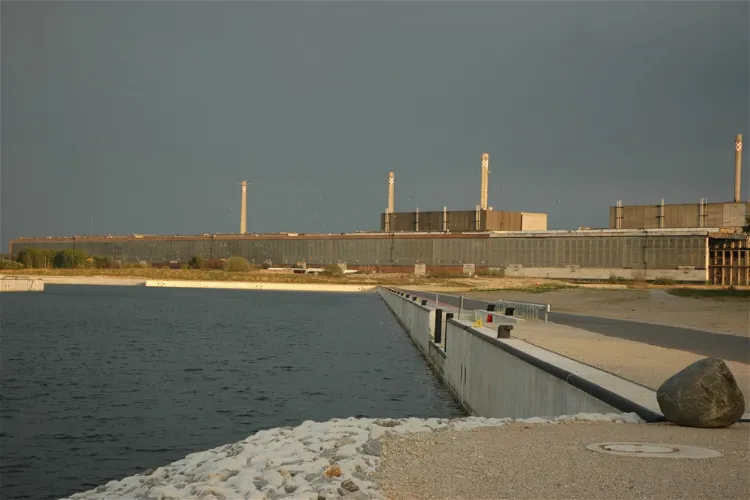
Greifswald Nuclear Power Plant
RubenowThe Greifswald nuclear power station, also referred to as the Lubmin nuclear power station, holds a significant place in history as it was the largest nuclear power station in East Germany. It was operational until its closure, which occurred shortly after the German reunification. This historical significance might be of interest to visitors who are keen on understanding the industrial history of East Germany.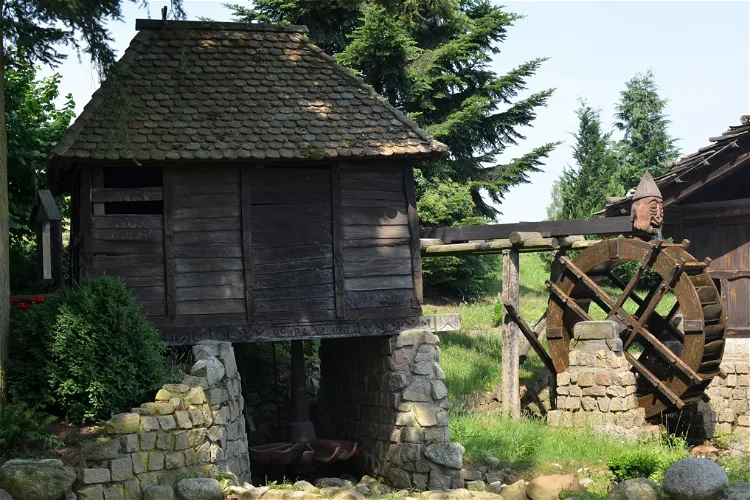
International Museum Gifhorn
GifhornThe International Windmill and Watermill Museum in Gifhorn, Lower Saxony, Germany is an open-air museum that offers a unique experience for visitors. It houses 15 buildings, either original or exact replicas of mills from 12 different countries. Each mill's surroundings are designed to reflect the topography typical of its country of origin. This provides a unique opportunity for visitors to experience a variety of cultures and historical periods in one location.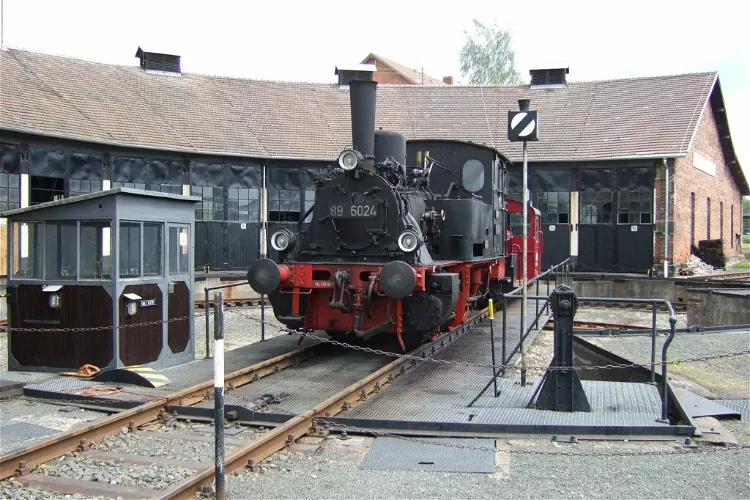
German Steam Locomotive Museum
NeuenmarktThe German Steam Locomotive Museum, also known as Deutsches Dampflokomotiv-Museum (DDM), is situated in a scenic location at the base of the Schiefe Ebene ramp on the Ludwig South-North Railway. This is in the town of Neuenmarkt, which is part of Upper Franconia, a region in northern Bavaria, Germany. The museum's location adds to its charm and makes it an interesting destination for tourists.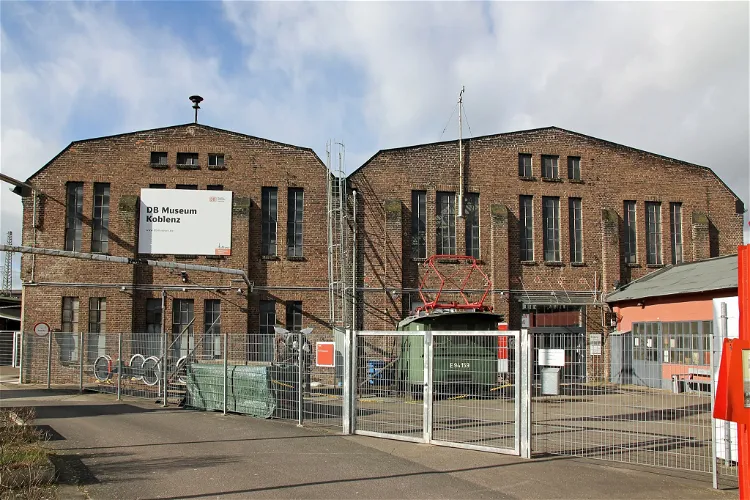
DB Museum Koblenz
KoblenzThe DB Museum in Koblenz is located in the district of Lützel, in a building that was once a goods wagon repair shop. This historical setting adds a unique charm to the museum, providing a tangible link to the past of railway transportation.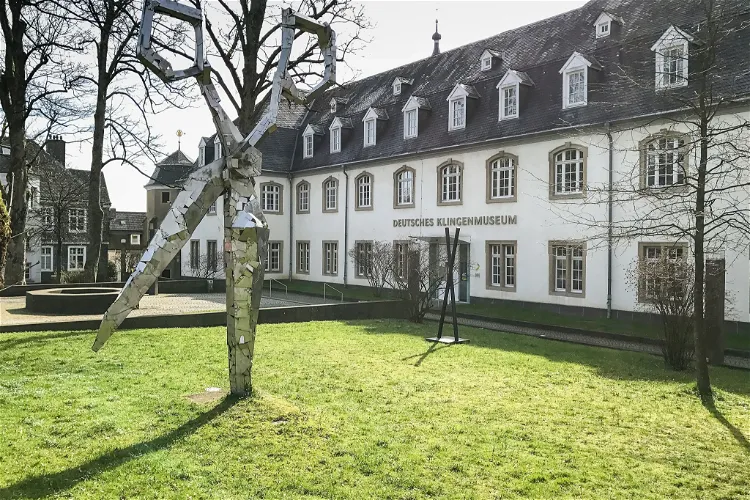
German Blade Museum
SolingenThe German Blade Museum, located in the Gräfrath district of Solingen, is a unique institution that showcases a wide range of cutlery, edged weapons, and cutting tools. The museum's collection provides a comprehensive overview of the evolution and use of blades throughout history, highlighting their significance in human civilization.
Rheinisches Feuerwehrmuseum
ErkelenzThe Rheinisches Feuerwehrmuseum, located in Erkelenz, was inaugurated on May 28, 1994. Today, it is managed by the Rheinisches Feuerwehrmuseum Lövenich e.V. association. The museum was born out of the private collection of Peter Höpgens and has since grown into a significant cultural institution in the region.- 77
Schwäbisches Turmuhrenmuseum
MindelheimThe Schwäbisches Turmuhrenmuseum, located in Mindelheim, Germany, is a unique museum dedicated to the history of tower clocks. This small horological museum offers a deep dive into the evolution and intricacies of tower clocks, making it an interesting destination for those fascinated by timekeeping and mechanical devices. 
Steiff Museum
Giengen an der BrenzThe Steiff Museum is an experiential museum that offers a unique journey through the history of the teddy bear and the company that created it. Located on the premises of the Margarete Steiff GmbH in Giengen an der Brenz, the museum provides an immersive experience for visitors of all ages.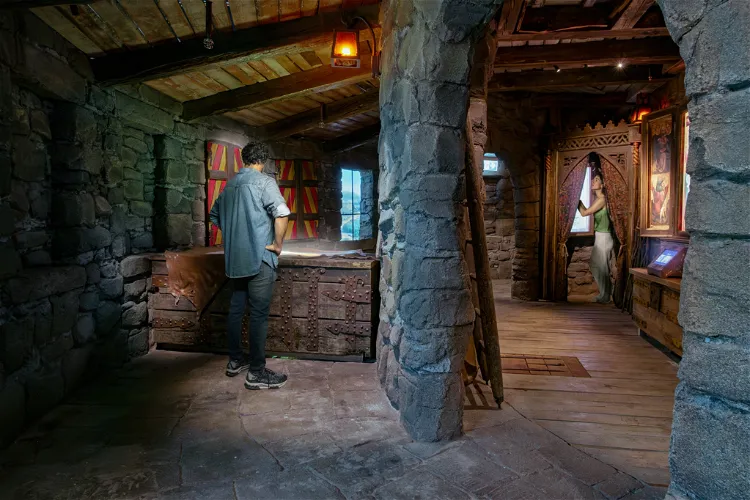
Deutschlandmuseum
BerlinThe immersive history experience! Travel through 2000 years of German history: sneak round a castle, operate Gutenberg’s printing press, dance in the roaring 20s and see the ruins of Berlin after WW2. Finish in the 1990s on a Berlin S-Bahn. THEA Award Winner 2024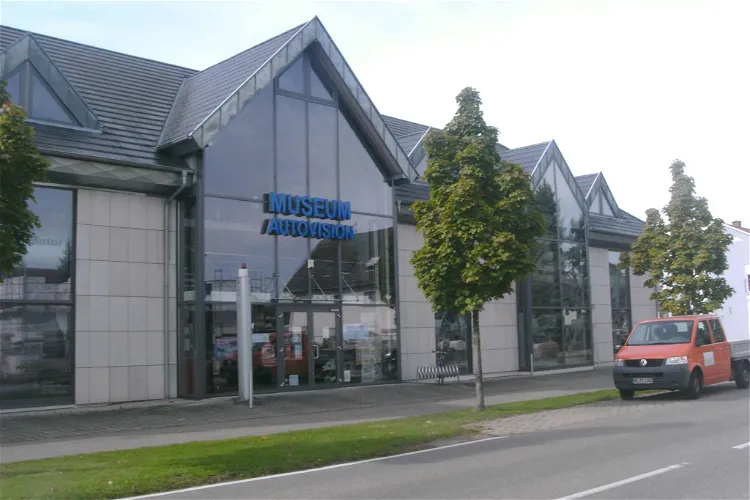
Museum Autovision
AltlußheimMuseum Autovision in Altlußheim is a unique institution dedicated to the exploration of the history and future of modern individual mobility. Founded by electronics entrepreneur Horst Schultz, the museum has a particular focus on alternative drives. This makes it a fascinating destination for those interested in the evolution of transportation and the potential future of automotive technology.
Deutsches Zweirad- und NSU-Museum
NeckarsulmThe Deutsches Zweirad- und NSU-Museum, located in Neckarsulm, Germany, is home to a vast collection of historic motorcycles and bicycles. The museum is housed in a five-story split-level building that dates back to the 13th Century, adding a touch of historical charm to the overall experience.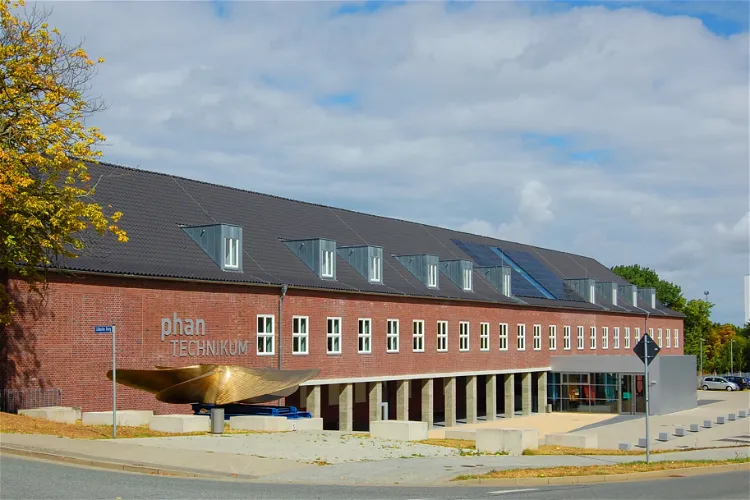
phanTECHNIKUM
WismarThe phanTECHNIKUM, located in Wismar, is the exhibition house of the Technical State Museum of Mecklenburg-Vorpommern. It offers a vast exhibition space of over 3,000 m², making it a significant location for those interested in technology and history.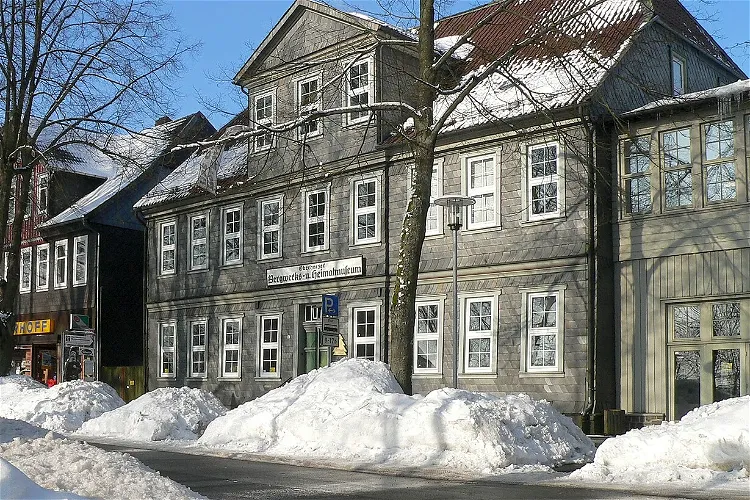
Upper Harz Mining Museum
Clausthal-ZellerfeldThe Upper Harz Mining Museum, located in Clausthal-Zellerfeld in the Harz mountains of central Germany, is a museum dedicated to technological and cultural history. It provides a comprehensive insight into the history and presentation of mining in the Upper Harz region up to the 19th century.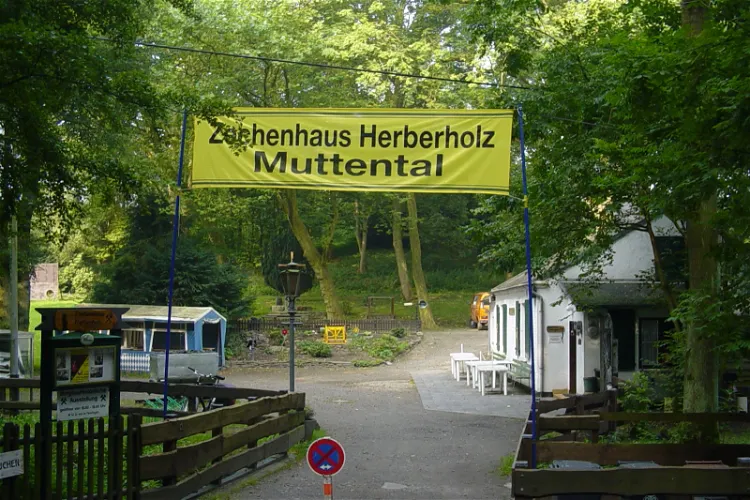
Zechenhaus Herberholz
WittenToday, the Zechenhaus Herberholz is the only remaining testament to the former Zeche Herberholz. The Zechenhaus Herberholz, built around 1875, served as the operational building for the Zeche Herberholz and Louisenglück mines. This preserved building provides a tangible connection to the past, allowing visitors to step back in time and experience the history of coal mining in the region.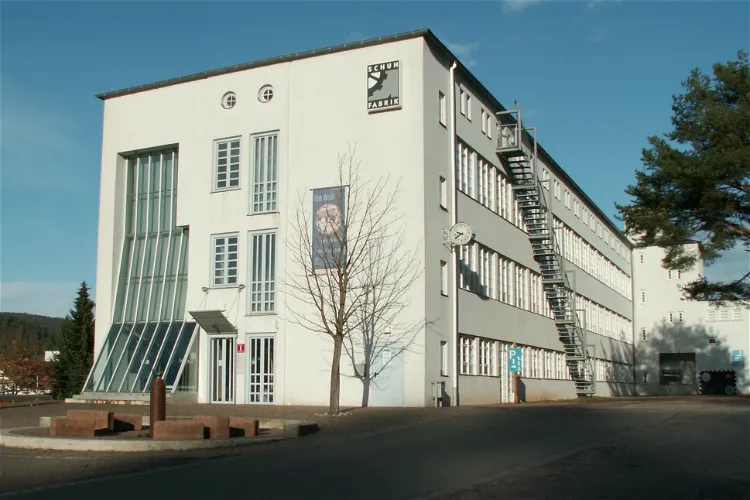
German Shoe Museum
HauensteinThe German Shoe Museum, situated in Hauenstein, Palatinate, is a unique institution that provides a comprehensive overview of the local shoe industry's evolution. The museum is housed in a former shoe factory, adding an authentic touch to the experience. Visitors can explore the technical aspects of shoe manufacturing and delve into the social and everyday history of shoes.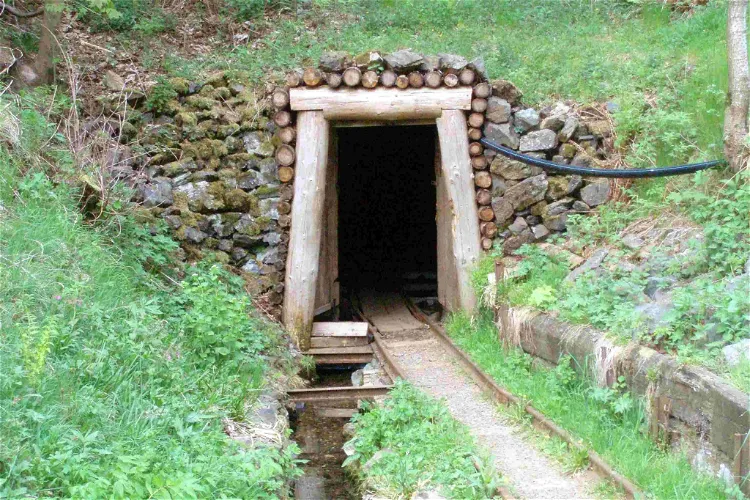
Roter Bär Pit
BraunlageThe Roter Bär Pit, located in Sankt Andreasberg in the Upper Harz, is a historical iron ore mine that was in operation from around 1800 to the 1860s. Today, it is managed as a visitor mine by the Sankt Andreasberg Association for History and Antiquities, and is known as the Lehrbergwerk Grube Roter Bär. Visitors can explore the mine and learn about its history and the mining processes that took place there.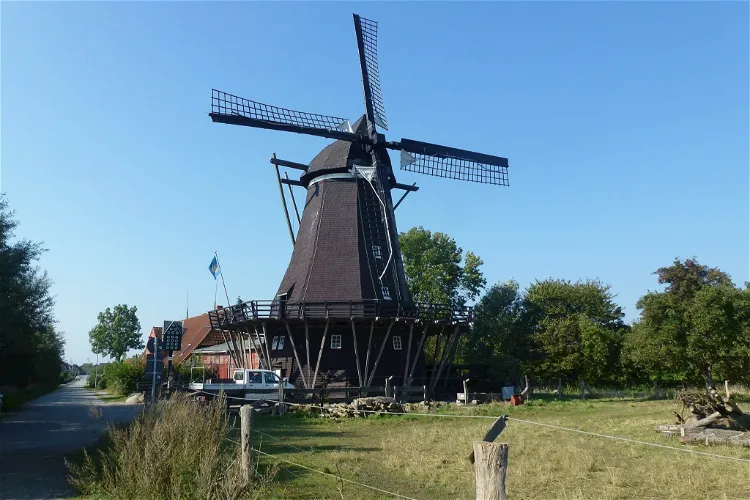
Mühlenmuseum Lemkenhafen
FehmarnThe Mühlenmuseum Lemkenhafen is situated in the historic sail windmill, 'Jachen Flünk', in Lemkenhafen on the island of Fehmarn, in the district of Ostholstein, Schleswig-Holstein. This location offers a unique opportunity to explore a piece of history in a picturesque setting.- 88
Landauer Wasserkunst
LandauThe Landauer Wasserkunst is a significant historical and technical structure located in Landau, a rural district of Bad Arolsen in the northern Hessian district of Waldeck-Frankenberg. This structure was built with the purpose of supplying drinking water to the town. It's a testament to the ingenuity and resourcefulness of the people of the time, and offers a unique insight into the history and culture of the region. 
Bocholt textile museum
BocholtThe Bocholt Textile Museum is located in the city of Bocholt, in the north-west of North Rhine-Westphalia, Germany. It is part of the district Borken and is situated 4 km south of the border with the Netherlands. This location makes it easily accessible for tourists from both Germany and the Netherlands.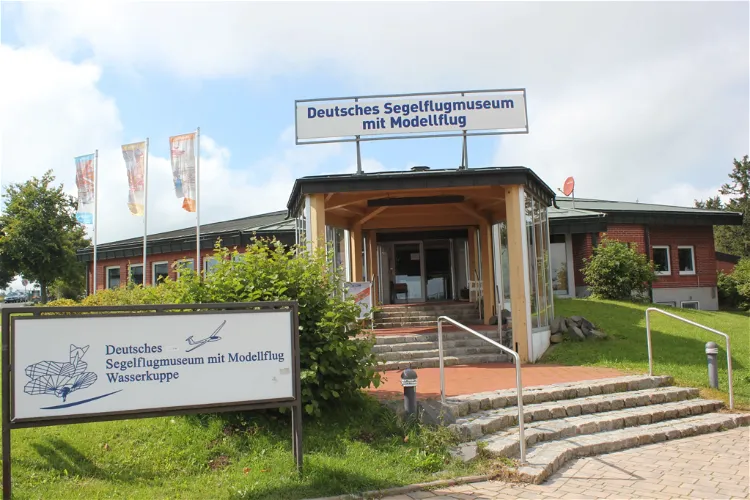
German Gliding Museum
ObernhausenThe German Glider Museum, also known as Deutsches Segelflugmuseum mit Modellflug, is located on the Wasserkuppe in the German state of Hesse. It is the national gliding museum of Germany and was inaugurated in 1987. The museum is a significant destination for those interested in the history and development of gliding.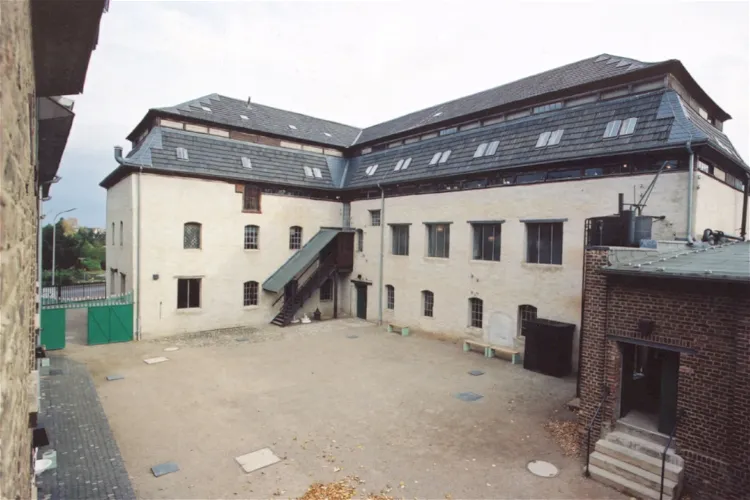
LVR Museum of Industry: Mueller Cloth Mill
Kreis EuskirchenThe museum offers a comprehensive understanding of the cloth mill production process. It features fully functional machinery and equipment from around 1900, providing a unique glimpse into the industrial past. Visitors can observe the machinery in action, offering a tangible connection to the history of the textile industry.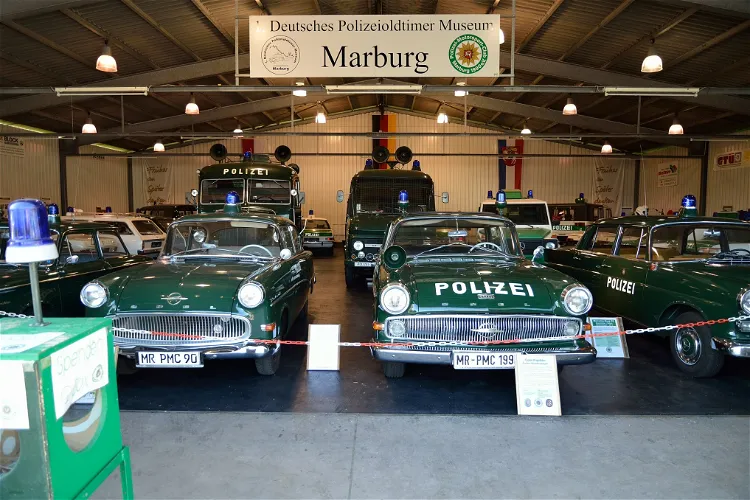
1st German Antique Police Car Museum
MarburgThe museum offers a comprehensive display of vehicles that span several decades of German police history. Visitors can expect to see a wide range of police vehicles, from motorcycles and patrol cars to armored vehicles and water cannons.
Transport Museum Dresden
DresdenWhat moves you - Dresden Transport welcomes you to an exciting time travel. Impressive locomotives, elegant vintage cars, adventurous flying machines, magnificent ship models and many active stations invite you to discover, to experience and to embark.
Neustadt/Weinstrasse Railway Museum
Neustadt an der WeinstraßeThe Neustadt/Weinstrasse Railway Museum, also known as Eisenbahnmuseum Neustadt/Weinstraße, is one of two railway museums managed by the German Railway History Company, also known as Deutsche Gesellschaft für Eisenbahngeschichte or DGEG. This museum is a significant part of Germany's railway history and offers a unique insight into the country's railway heritage.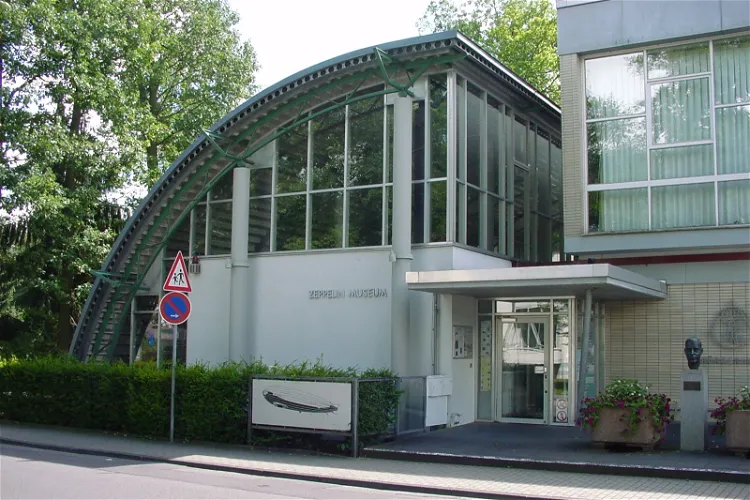
Zeppelin Museum Zeppelinheim
ZeppelinheimThe Zeppelin Museum Zeppelinheim is situated in the Neu-Isenburg district of Zeppelinheim, near Frankfurt am Main. This location is easily accessible for tourists visiting the region and offers a unique insight into the history of Zeppelin airships.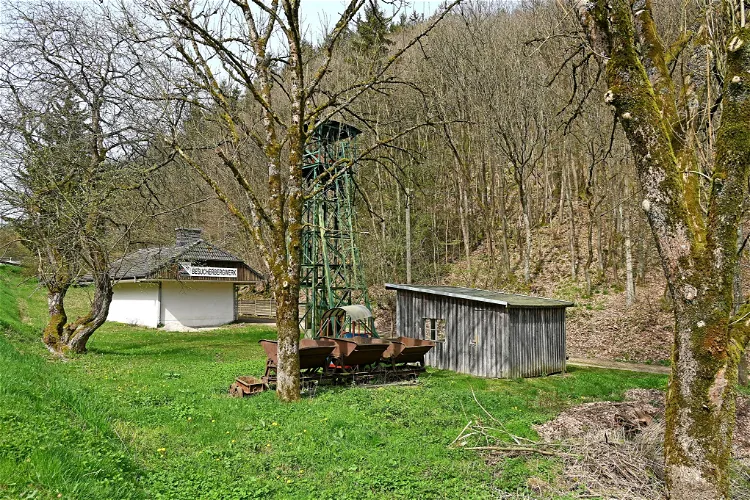
Grube Wohlfahrt
ZehnstelleGrube Wohlfahrt is a former lead ore mine situated in Rescheid, a part of the Hellenthal municipality, in the Euskirchen district of North Rhine-Westphalia. This historical site offers a unique insight into the mining industry of the past, making it an interesting destination for those interested in history and geology.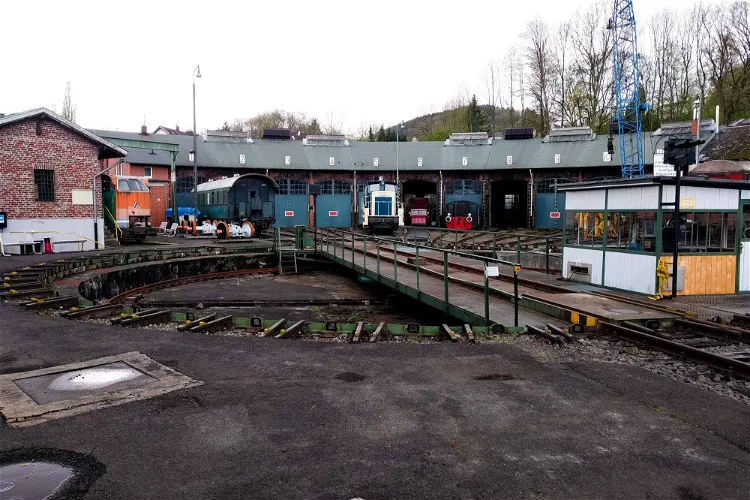
Dieringhausen Railway Museum
GummersbachThe Dieringhausen Railway Museum is a significant historical site located in Dieringhausen, a district of Oberbergischer Kreis in North Rhine-Westphalia, Germany. This museum is dedicated to preserving and showcasing the rich history of railways in the region. It is situated on the grounds of the former Deutsche Bundesbahn locomotive depot at Dieringhausen, which is a protected historical monument.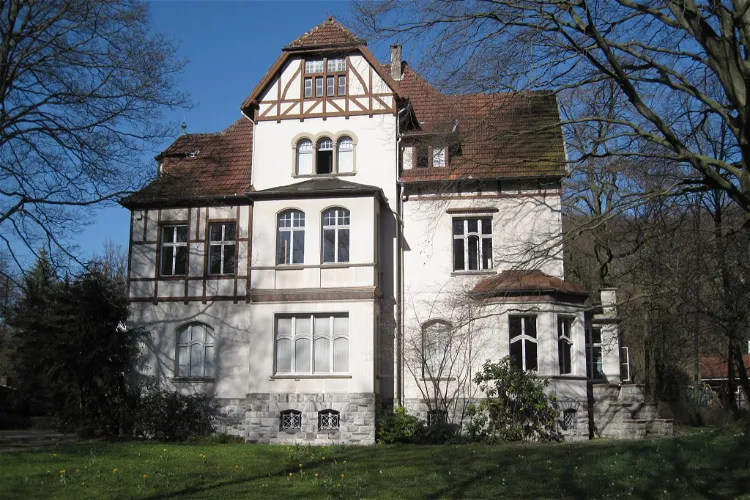
Felsenmeer Museum
HemerThe Felsenmeermuseum, which opened its doors in 1989, is a local museum located in Hemer. It is housed in the Villa Grah, a building constructed in 1902 and protected as a historical monument. This setting provides a unique backdrop for the museum's exhibits and adds to the overall experience of visiting the museum.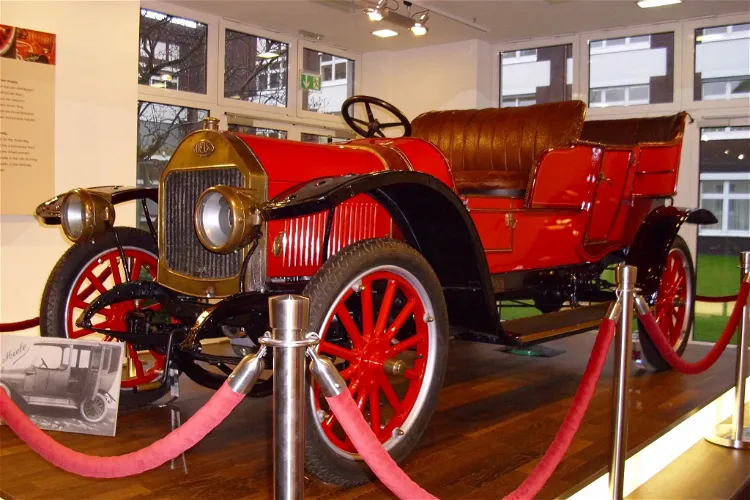
Miele-Museum
GüterslohThe Miele Museum showcases approximately 200 exhibits from the company's production. These include a wide range of items such as washing machines, milk centrifuges, vacuum cleaners, dishwashers, hand carts, bicycles, mopeds, and motorcycles. This diverse collection provides a comprehensive overview of the company's product evolution and technological advancements over the years.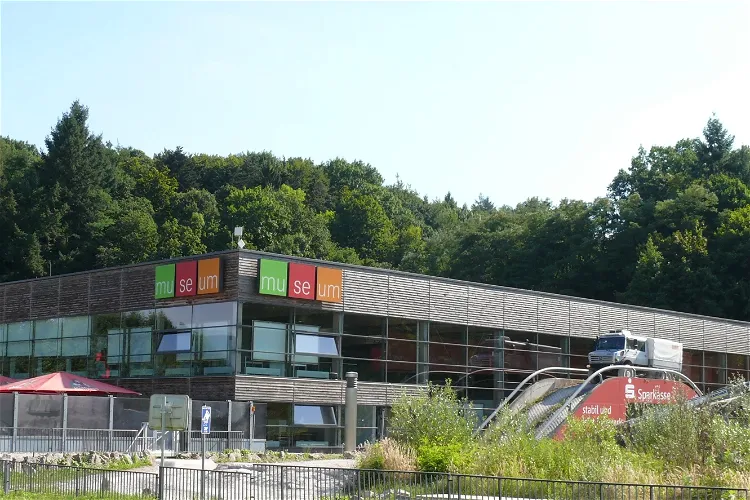
Unimog Museum
GaggenauThe Unimog Museum in Gaggenau, Germany, offers a comprehensive historical overview of Unimog's off-road vehicles. Visitors can explore various vehicles from the entire production history, learning about the unique features and evolution of these robust machines. The museum's collection provides a deep dive into the world of Unimog, making it an interesting destination for automobile enthusiasts and history buffs alike.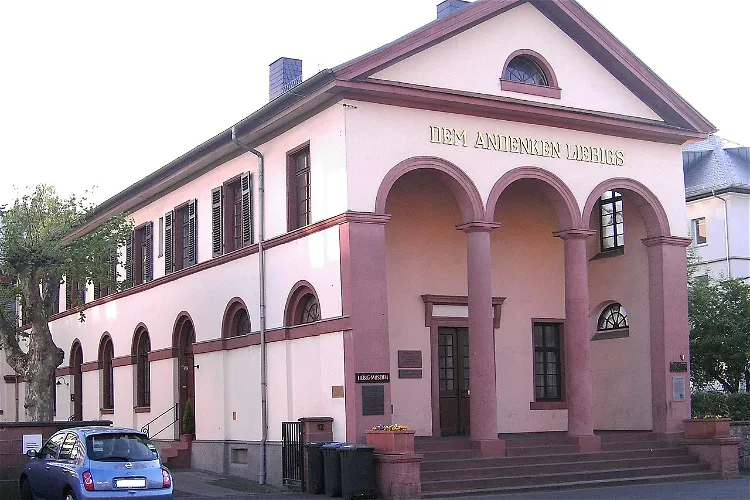
Liebig-Museum
GießenThe Liebig Museum is housed in a building that was originally built as a guardhouse of a barracks and was later expanded by Justus Liebig. The museum showcases the working conditions and the tools of the time in the former Chemical Institute, where Liebig lived and conducted his research during his tenure as a professor at the University of Giessen from 1824 to 1852.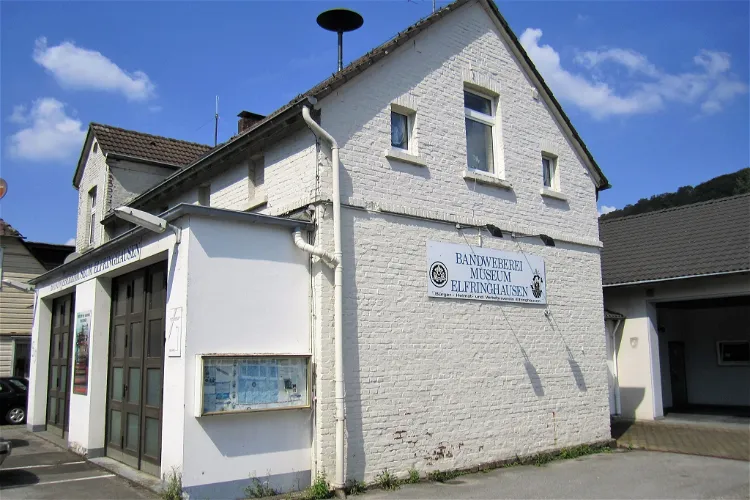
Bandwebereimuseum Elfringhausen
HattingenThe Bandwebereimuseum Elfringhausen, located in Hattingen, is a local history museum that opened its doors in 1996. It is dedicated to the local history of ribbon weaving, a significant part of the region's past. The museum provides an in-depth look into the evolution of this industry and its impact on the local community.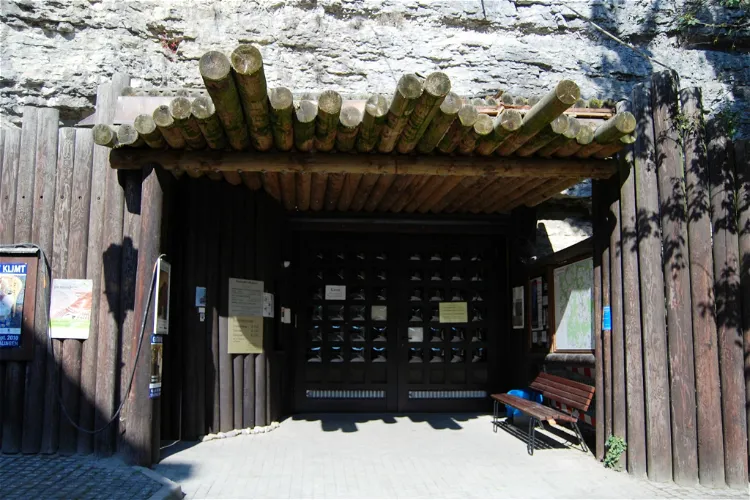
Atomkeller Museum
HaigerlochThe Atomkeller Museum is a unique destination for those interested in nuclear technology. It is situated in a rock cellar beneath the Haigerloch Castle in the town of Haigerloch, Baden-Württemberg. This location not only provides a unique setting for the museum but also adds to the historical significance of the exhibits.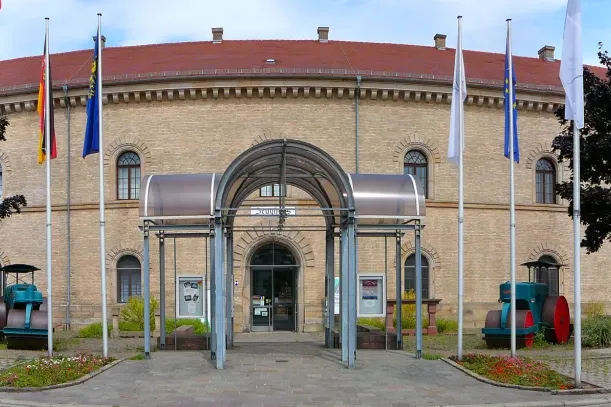
Deutsches Straßenmuseum
GermersheimThe Deutsches Straßenmuseum is situated in the Palatinate city of Germersheim. This location is in the heart of Germany, making it easily accessible for tourists from all over the country and beyond. The city itself is rich in history and culture, providing an excellent backdrop for the museum.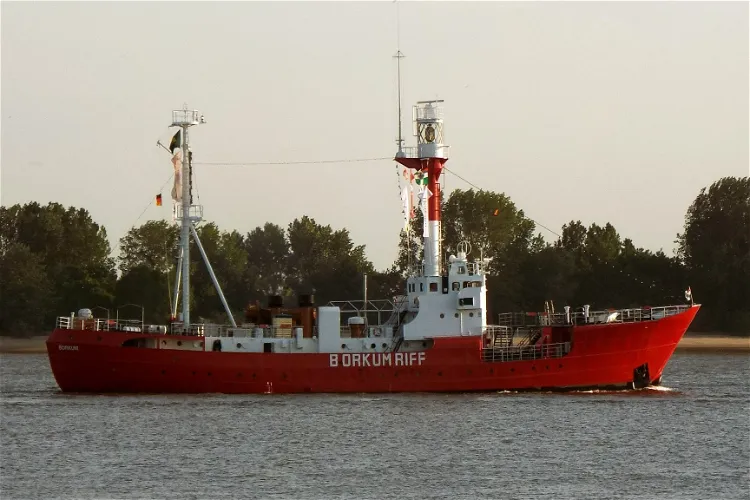
Förderverein Feuerschiff Borkumriff
BorkumThe Borkumriff was a fire ship position from 1875 to 1988. It was originally located at 53° 51′ 0″ N, 6° 26′ 0″ O, but was later moved to position 53° 43′ 0″ N, 6° 23′ 0″ O due to changes in shipping routes. From 1970, it was located at 53° 48′ 0″ N, 6° 22′ 0″ O. The position was about 30 kilometers northwest of the island of Borkum, in one of the main shipping routes of the German Bight.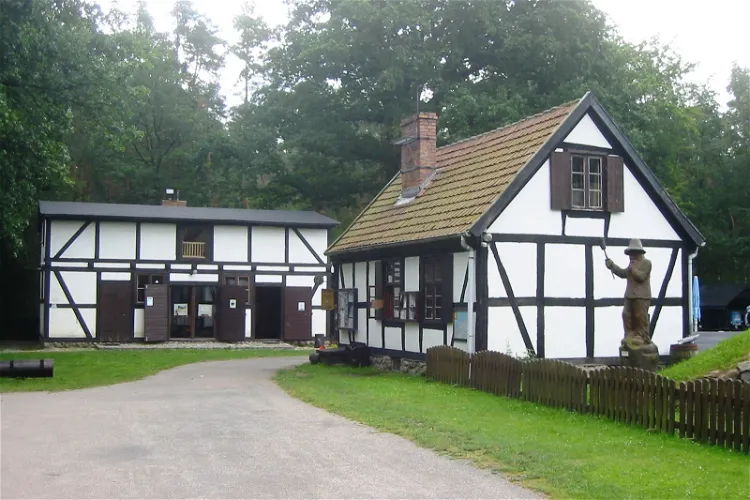
Forst- und Köhlerhof Wiethagen
RostockThe Forst- und Köhlerhof Wiethagen is an open-air museum located in Rostock - Wiethagen. The museum showcases the history of the production of charcoal, wood tar, and turpentine, a process that was traditionally carried out by charcoal burners. Visitors can learn about the historical significance of these materials and the role they played in the economy over the centuries.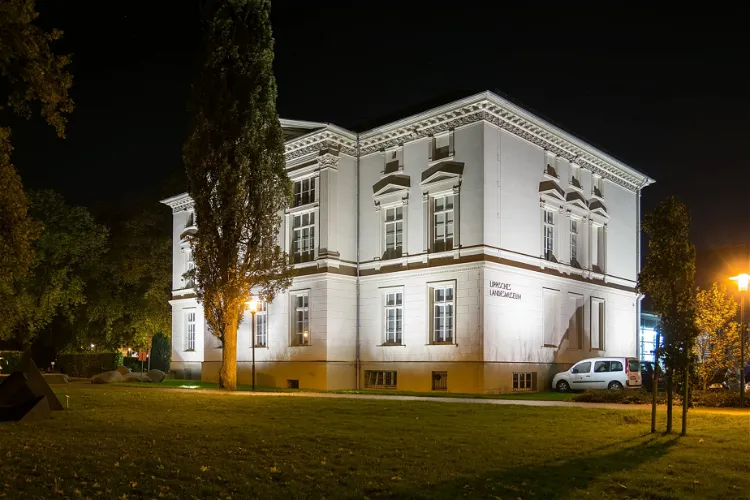
Lippisches Landesmuseum
DetmoldThe Lippisches Landesmuseum in Detmold holds the distinction of being the largest and oldest museum in Ostwestfalen-Lippe. This museum, supported by the Landesverband Lippe, is a significant cultural institution in the region, offering a wide range of exhibits and collections that span various fields of study.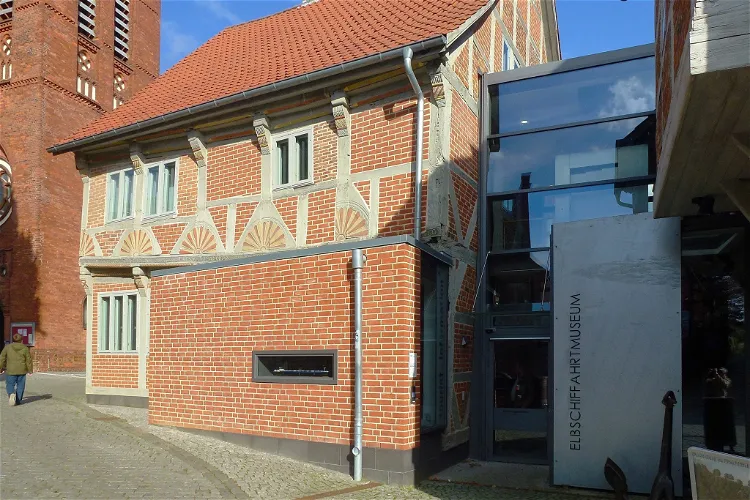
Elbschiffahrtsmuseum
Lauenburg/ElbeThe Elbschifffahrtsmuseum, located at Elbstraße 59 in Lauenburg/Elbe, Schleswig-Holstein, is a museum dedicated to the history of shipping on the Elbe from Bohemia to Hamburg. It provides a comprehensive overview of the historical development of Elbe shipping, with models, display cases, and original exhibits.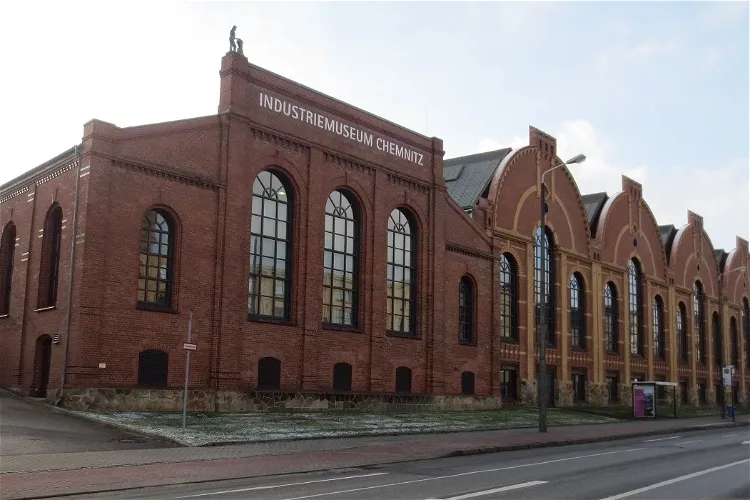
Industriemuseum Chemnitz
ChemnitzThe Industriemuseum Chemnitz is a significant repository of Saxony's industrial history. It is situated in a former foundry hall of the erstwhile tool machine factory Hermann and Alfred Escher AG. This location adds a unique historical context to the museum, making it a fascinating destination for those interested in the industrial past of the region.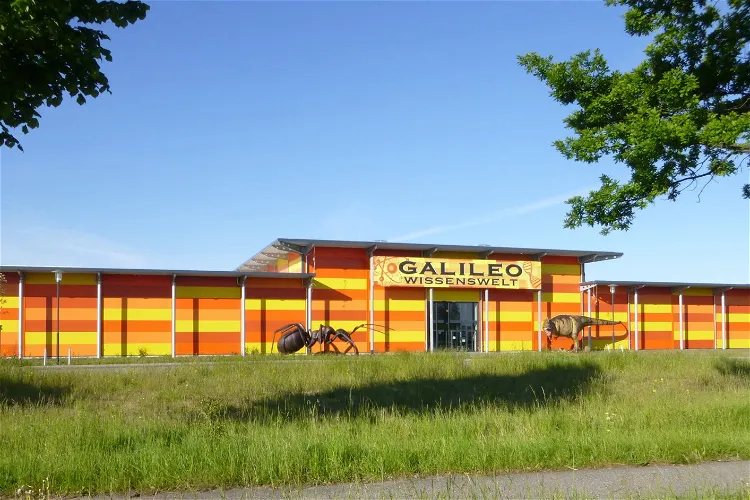
Galileo Wissenswelt
FehmarnThe Galileo Wissenswelt is a museum situated on the Baltic Sea island of Fehmarn in Ostholstein. This museum is a unique blend of a traditional collection museum and a children's and youth museum, emphasizing the concept of 'understanding through grasping'. It offers a comprehensive exploration of natural history and technology across its 3,200 square meters of space in the main building in Burg on Fehmarn.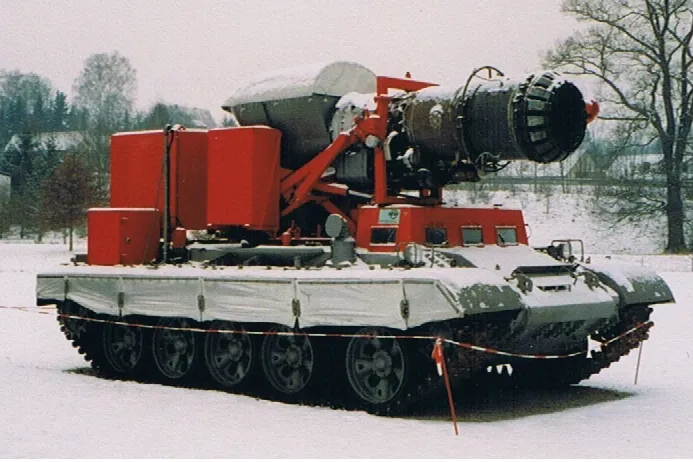
Deutsches Feuerwehr-Museum
FuldaThe Deutsches Feuerwehr-Museum (DFM) in Fulda -Neuenberg is a significant destination for those interested in the history of firefighting. The museum covers a 1600 m² exhibition area, providing a comprehensive overview of German firefighting history.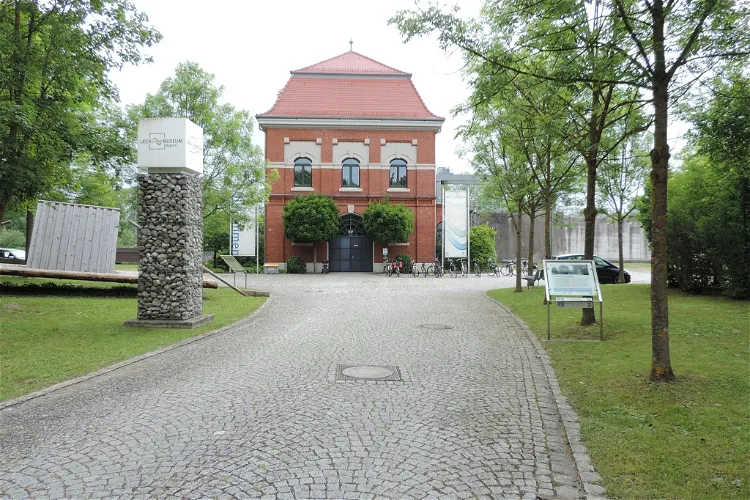
Lechmuseum Bayern
Langweid am LechThe Lechmuseum Bayern is situated in and around the Langweid run-of-river power station on the Lech Canal in the municipality of Langweid am Lech. This location provides a unique setting for the museum, allowing visitors to explore the power station and its surroundings while learning about the history and significance of the Lech River.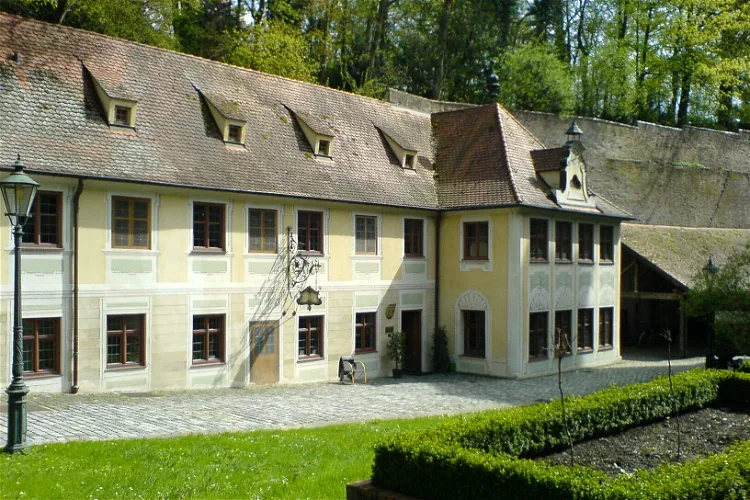
Swabian Crafts Museum
AugsburgThe Swabian Crafts Museum in Augsburg is a unique institution that offers a glimpse into the past. Operated by the Chamber of Crafts for Swabia, the museum showcases meticulously recreated workshops of old craft professions. Visitors can explore the intricacies of these professions and gain a deeper understanding of the region's rich craft history.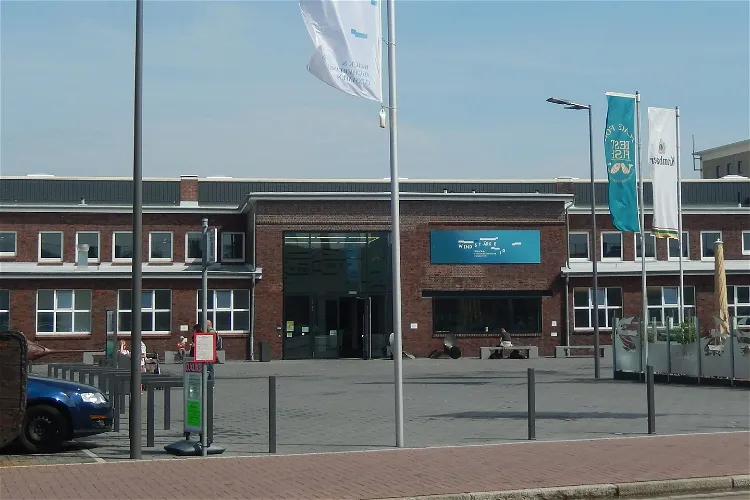
Windstärke 10
CuxhavenThe Windstärke 10 – Wrack- und Fischereimuseum Cuxhaven is a museum located in Cuxhaven. It is housed in two former fish processing halls and a new building connecting these two halls, covering a total area of approximately 4000 m². The museum showcases the challenges and dangers of seafaring, particularly a part of the collections of the former Wrackmuseum and an overview of 100 years of fishing history.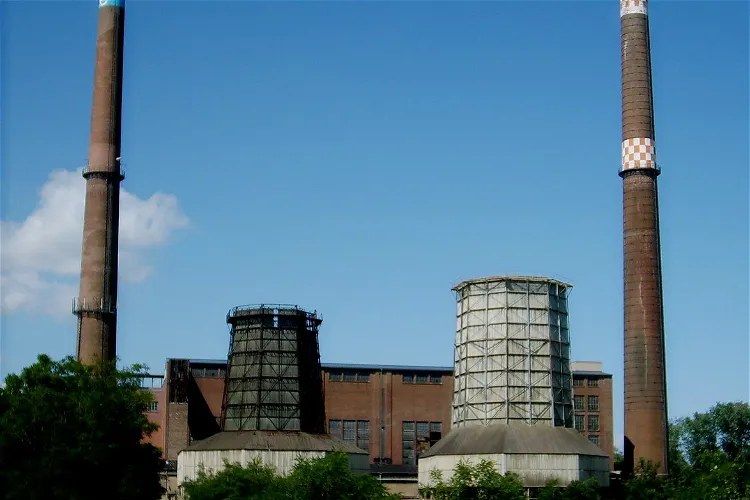
Kraftwerk Plessa
DöllingenThe Kraftwerk Plessa is a significant industrial monument situated in the municipality of Plessa in the Elbe-Elster district. It holds the distinction of being one of the oldest lignite power plants in Europe that has been preserved in its original structure. This makes it a unique destination for tourists interested in industrial history and architecture.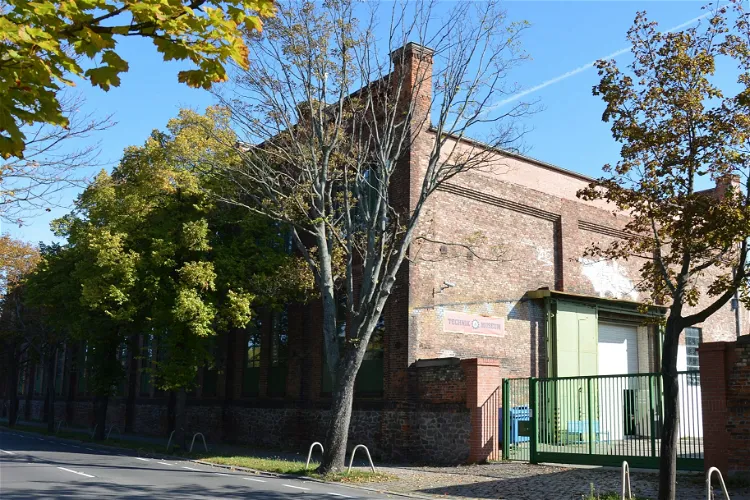
Technikmuseum
MagdeburgThe Technikmuseum Magdeburg is a unique museum located in the former steel construction hall of the heavy machinery construction combine "Ernst Thälmann". This location adds a historical and industrial touch to the museum, making it a fascinating place to visit for those interested in technology and industrial history.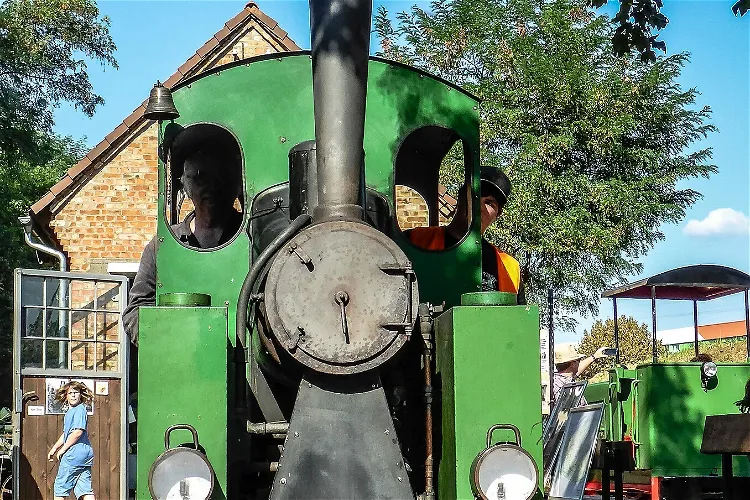
Wiesloch Feldbahn and Industrial Museum
WieslochThe Wiesloch Feldbahn and Industrial Museum, located in Wiesloch, Baden-Württemberg, is dedicated to the preservation and operation of historical field and mine railways. The museum also showcases machines from the former brick industry. Visitors can learn about the history of these industries and see the machinery used in them.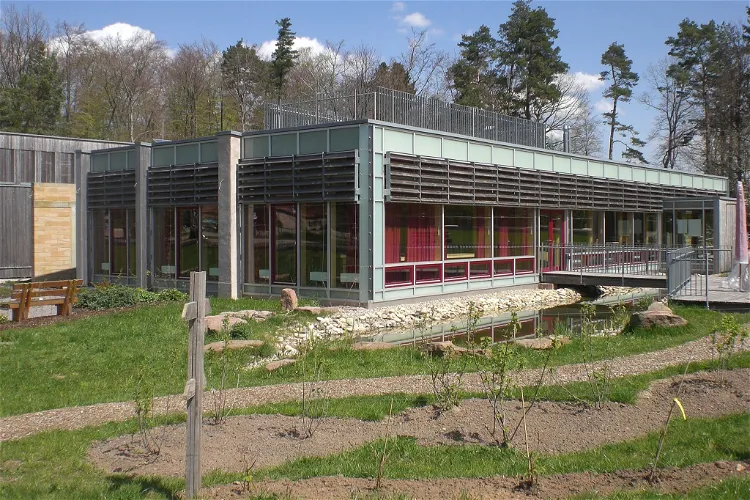
House of Sustainability
TrippstadtThe House of Sustainability is a modern house made of wood and clay, showcasing sustainable living and construction. The house generates its electricity from a photovoltaic installation and uses a wood pellet boiler for heating. Additionally, the house's water supply comes from rainwater, further emphasizing its commitment to sustainability.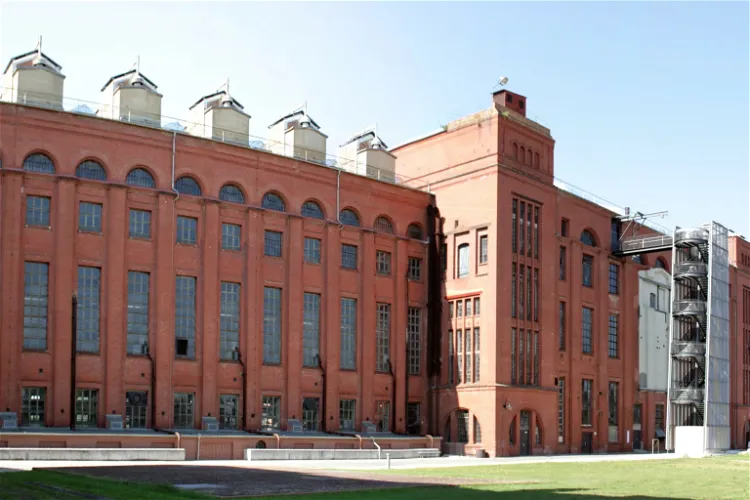
Knappenrode energy museum
HoyerswerdaThe Knappenrode Energy Factory, also known as Energiefabrik Knappenrode, is a significant part of the Saxon Industrial Museum. It is located in the eastern part of Saxony, specifically in the southeast of Hoyerswerda city center. The museum is situated on the grounds of the former Knappenrode briquette factory, which has been decommissioned and is now a protected monument.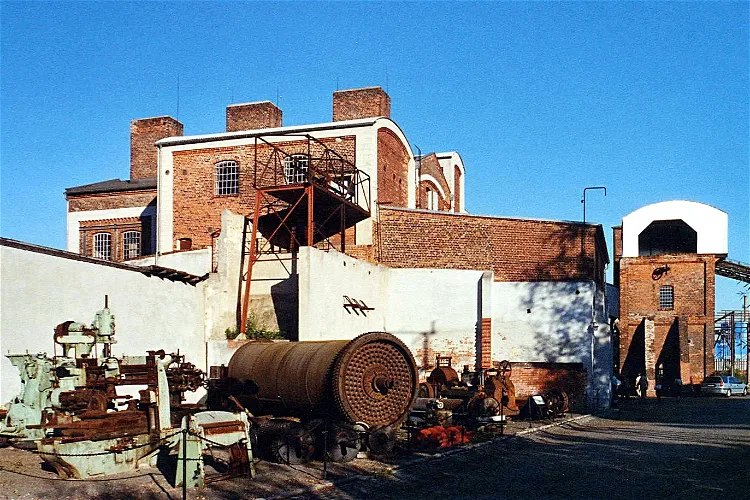
Brikettfabrik Herrmannschacht
ZeitzThe Brikettfabrik Herrmannschacht holds a significant place in industrial history as it is considered the oldest preserved briquette factory of the first generation worldwide. This makes it a unique site for those interested in industrial heritage.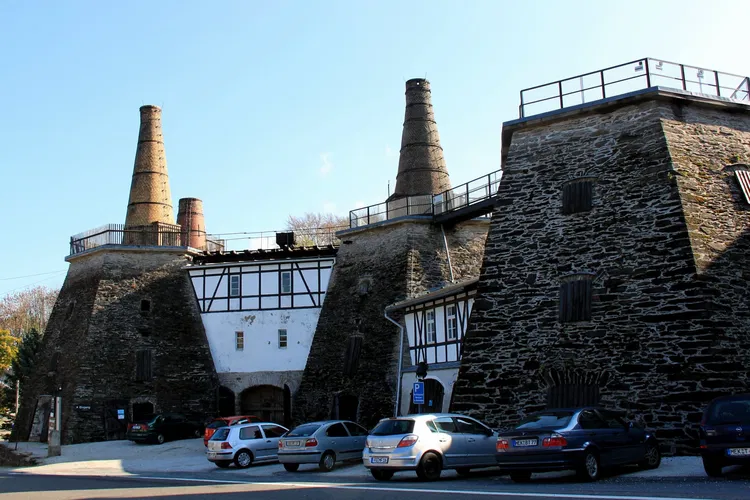
Lengefeld Lime Works
Pockau-LengefeldThe Lengefeld Lime Works, a former limestone mine, is situated in the southwest of Lengefeld in the Saxon town of Pockau-Lengefeld, nestled in the Ore Mountains. The mine was operational until 2016 when it was closed. Despite its closure, the site remains a significant part of the region's industrial history.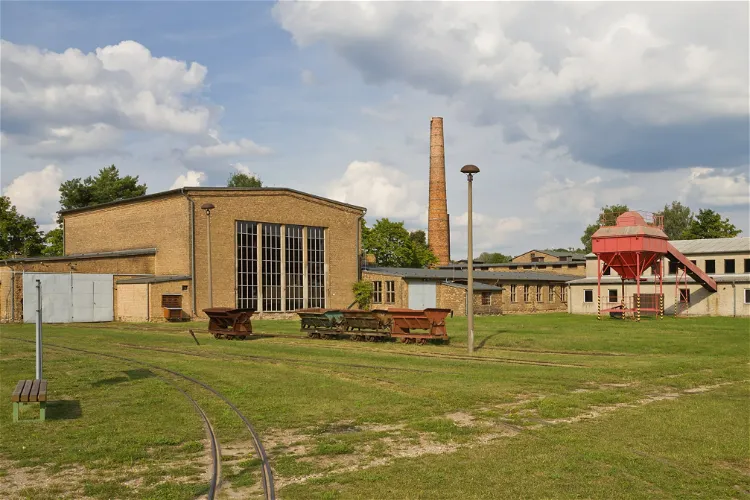
Mildenberg Brick Work Park
ZehdenickThe Mildenberg Brick Work Park, located near Mildenberg in Zehdenick, Brandenburg, is an industrial monument that offers a unique insight into the history of brick production in the region. The park is situated on the site of neighboring brickworks that were operational until 1991, providing visitors with a tangible connection to the past.
Ore Mountain Museum
Annaberg-BuchholzThe Ore Mountain Museum, situated in Annaberg-Buchholz, is a cultural hub that displays a variety of exhibits related to Ore Mountain folk art. The museum's collection includes a wide range of artifacts, with a particular emphasis on carving and bobbin lace works. These exhibits provide a unique insight into the region's rich cultural heritage and the artistic skills of its people.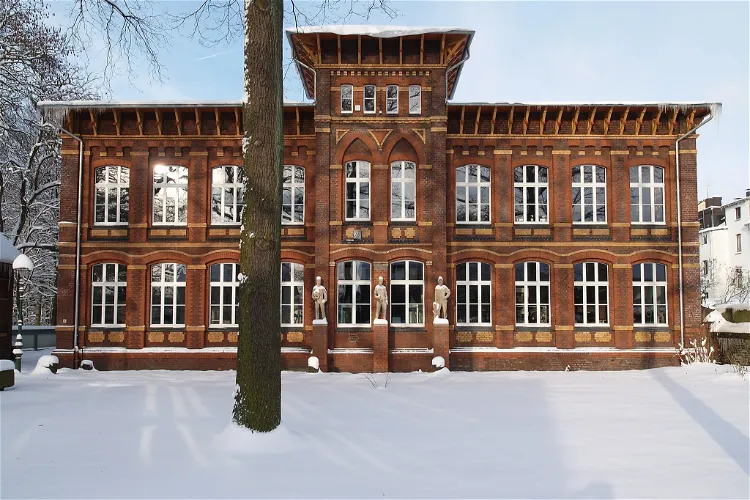
Heimatmuseum Unser Fritz
HerneThe Heimatmuseum Unser Fritz, located in Herne, is one of the three sites of the Emschertal Museum. This museum is dedicated to the social history of Herne and Wanne Eickel. It was established in the year 1926, coinciding with the founding of the city. This museum is a significant part of the city's cultural heritage and offers a deep dive into its social history.
Nordwolle Museum
DelmenhorstThe Nordwolle museum, officially known as the Nordwestdeutsche Museum für IndustrieKultur, is a significant historical site located in Delmenhorst. The museum is housed in the engine house of the former Norddeutsche Wollkämmerei & Kammgarnspinnerei, a once dominant company that processed wool and worsted. The building and the factory housing are listed as a Denkmalschutz, a protected monument in Germany, adding to the historical significance of the site.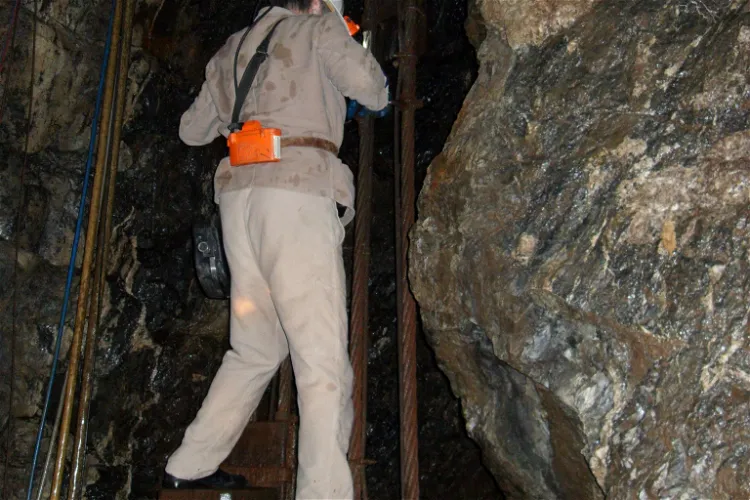
Samson Pit
BraunlageThe Samson Pit, located in Sankt Andreasberg in the Upper Harz region of central Germany, is an historic silver mine. This site offers a unique glimpse into the history of mining in the region, with its rich silver deposits and long-standing mining operations.
Gruben- und Feldbahnmuseum
WittenThe German Mining and Field Railway Museum, located in Witten - Bommern in the Ruhr area, is a technical museum that offers a unique insight into the history of mining and field railways. The museum is situated on the grounds of the Zeche Theresia mine, which closed in 1892, and is part of the Muttental mining trail. This location not only provides a historical context for the exhibits but also offers a scenic backdrop for visitors.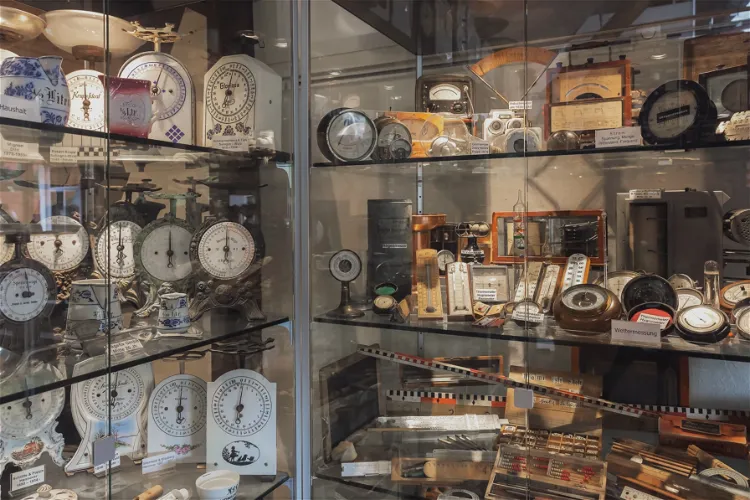
Pfunds-Museum
KleinsassenThe Pfunds-Museum in Kleinsassen (Rhön) is home to a unique collection of scales, weights, and measuring devices. This collection was meticulously compiled by Reinhardt Kremer and showcases a wide range of these items from various professions, countries, continents, and eras. The museum provides an insight into the diversity of invention and design in these tools.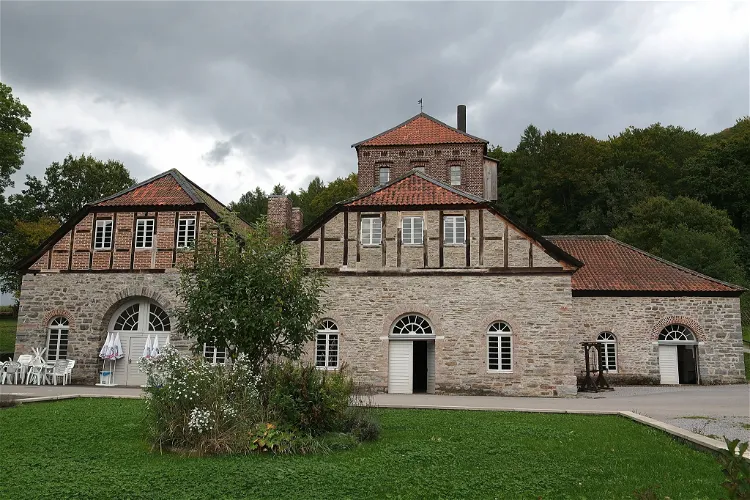
Luisenhütte
BalveThe Luisenhütte Wocklum in Balve is a significant historical site as it is the oldest preserved blast furnace facility in Germany with complete equipment. This makes it a unique destination for tourists interested in industrial history and technology. The facility offers a glimpse into the past, showcasing the technological advancements of the time.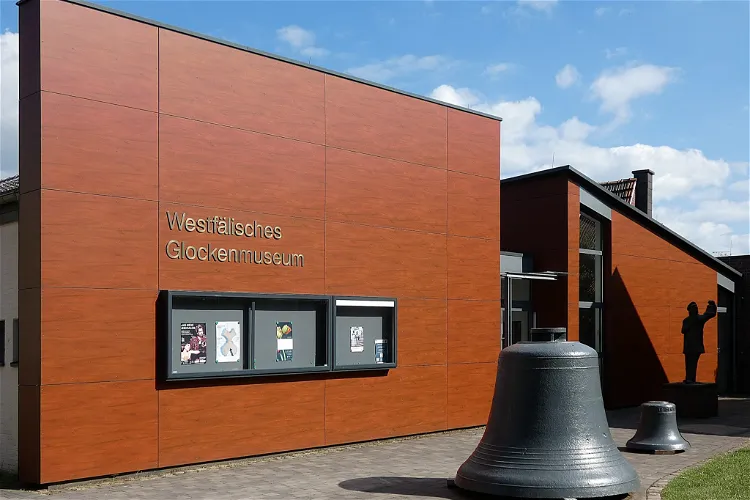
Westphalian Bell Museum Gescher
GescherThe Westphalian Bell Museum is situated in the charming municipality of Gescher, which is part of the Borken district in the Münster administrative district. This location offers visitors a chance to explore the rich history and culture of the region while also enjoying the unique exhibits of the museum.
First German Tile Museum
Boizenburg/ElbeThe First German Tile Museum Boizenburg, opened in 1998, is an art and technology museum situated in the heart of Boizenburg/Elbe. It is housed in the building at Reichenstraße 4 in the center of the old town of Boizenburg.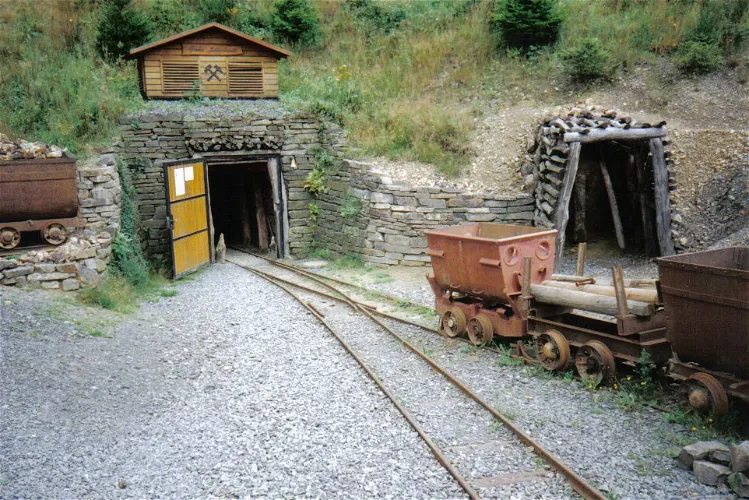
Besucherbergwerk Grube-Silberhardt
WindeckThe Grube Silberhardt, located in Öttershagen, a district of Windeck, is a historical ore mine that was reopened as a visitor mine on September 13, 2003. This site offers a unique opportunity for visitors to explore the history and workings of a former ore mine.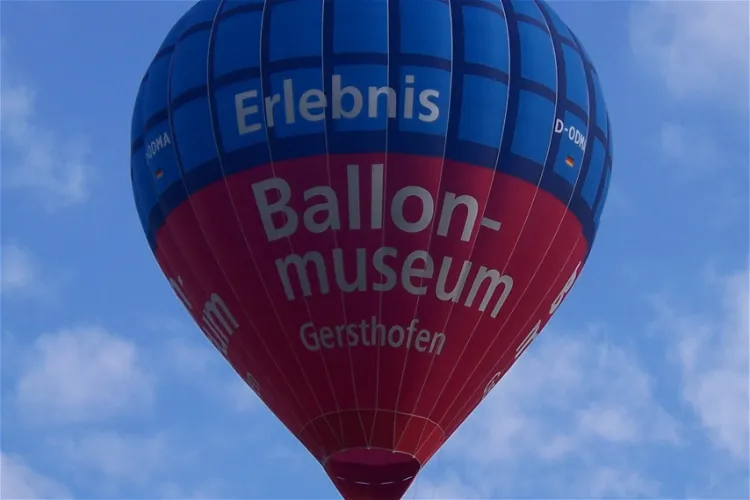
Ballonmuseum Gersthofen
GersthofenThe Ballonmuseum Gersthofen, located in Gersthofen near Augsburg, holds the distinction of being the oldest balloon museum in the world. It is also recognized as one of the major German technology museums that is under purely municipal ownership. This unique combination of history and technology makes it a fascinating destination for visitors interested in the evolution of balloon technology and its impact on the world.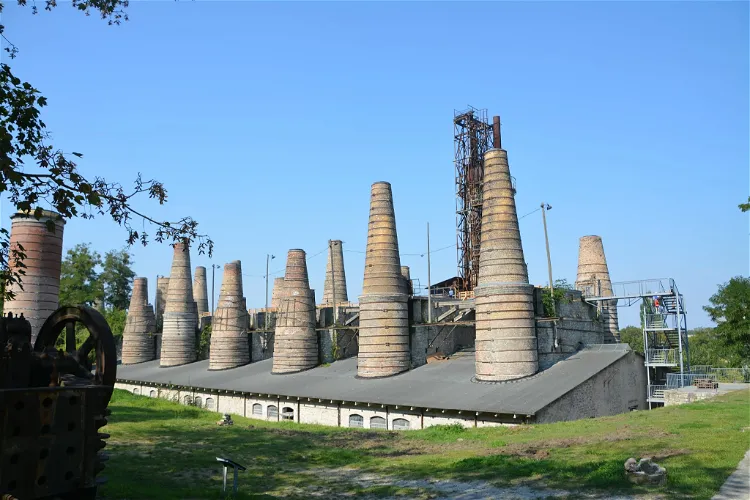
Museumspark Rüdersdorf
RüdersdorfMuseumspark Rüdersdorf, located near Berlin, is a vast open-air industrial museum. It provides a comprehensive insight into the extraction and processing of limestone from the Rüdersdorf limestone mountains. This museum is a testament to the industrial history of Rüdersdorf, making it a fascinating destination for those interested in industrial archaeology and geology.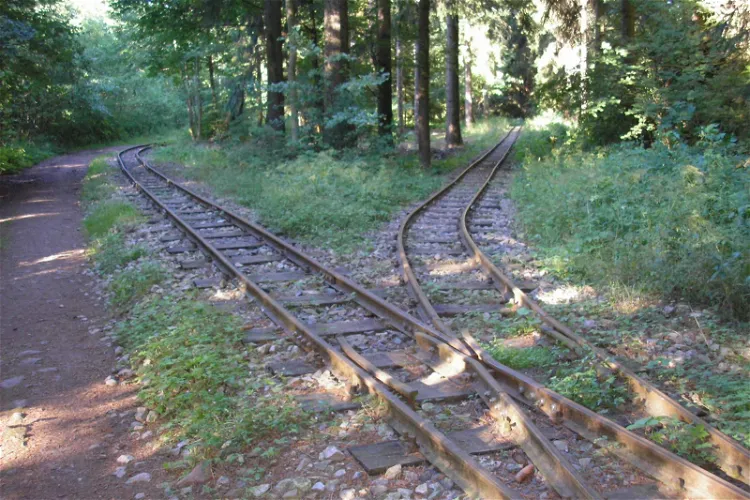
Schaubergwerk Volle Rose
IlmenauThe Schaubergwerk "Volle Rose" is a show mine situated in the Schortetal near Ilmenau in Thuringia. This location offers a unique opportunity for visitors to explore the rich mining history of the region. The mine is nestled in the valley of the Schorte, south of Ilmenau in the Thuringian Forest, providing a picturesque setting for an educational outing.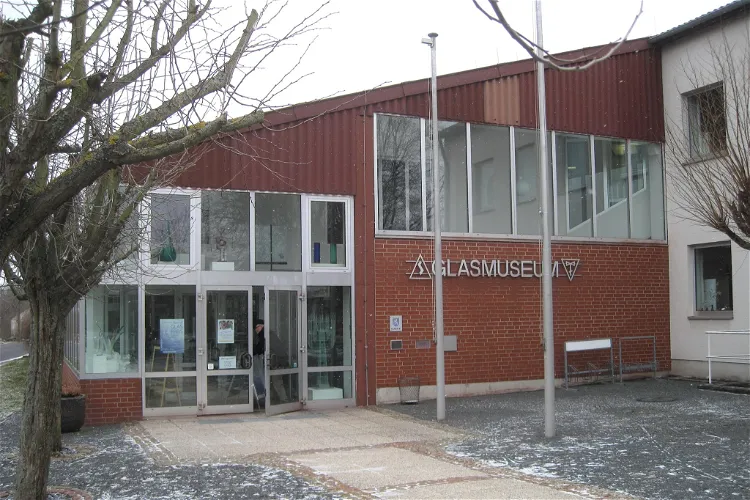
Glasmuseum Immenhausen
ImmenhausenOpened in 1987, the Glasmuseum Immenhausen is housed in the converted generator building of the former Süßmuth glassworks. The museum offers a comprehensive overview of the history of glassmaking, tracing its origins from the Near East almost 6000 years ago to the forest glassworks of the 16th century in the North Hessian - South Lower Saxony area.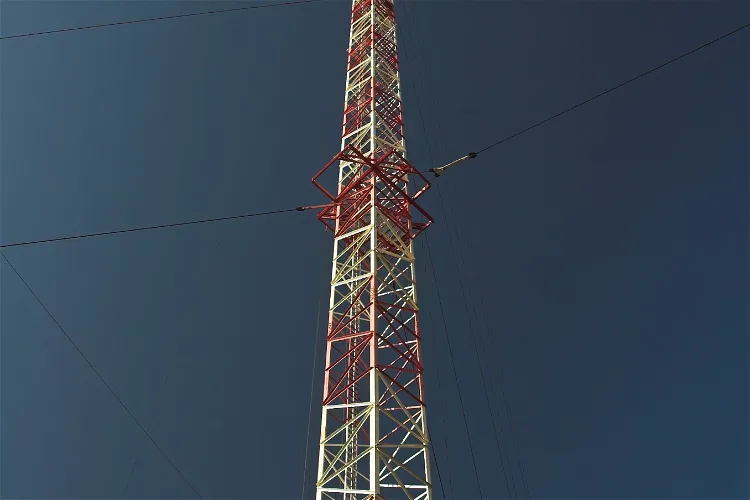
Transmitter and radio technology museum
Königs WusterhausenOpened in 1993, the museum showcases over 1500 exhibits from transmitter technology. A special highlight is the Tegel transmitter, which was relocated to Königs Wusterhausen in 1948 and remains in working condition. This provides a unique opportunity for visitors to see a piece of functioning historical technology.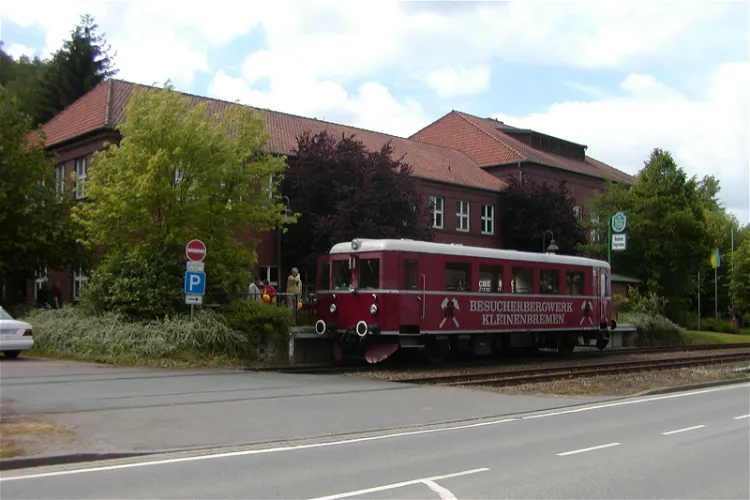
Besucherbergwerk & Museum Kleinenbremen
Porta WestfalicaThe Besucherbergwerk Kleinenbremen, located in the district of Kleinenbremen in the East Westphalian city of Porta Westfalica, is a mine that was opened to the public in May 1988. It is situated in a part of the decommissioned Wohlverwahrt mine in the Weser Mountains. This historical site offers a unique insight into the mining industry of the past.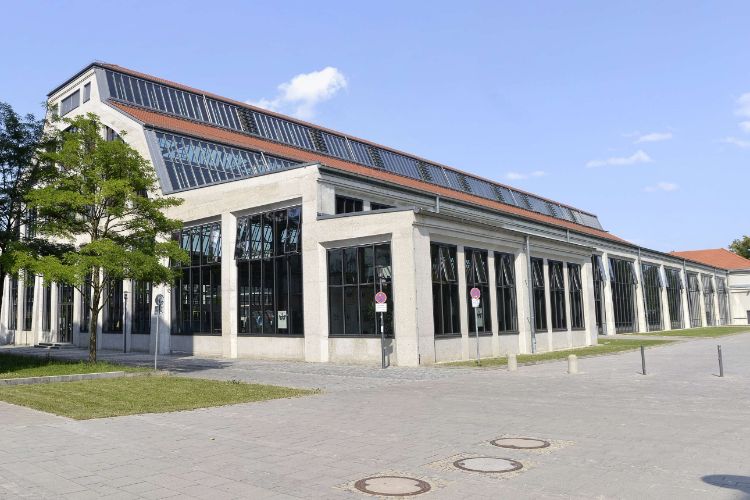
Deutsches Museum Verkehrszentrum
MunichThe Deutsches Museum Verkehrszentrum is a museum in Munich with exhibits on the aspects of transport from various angles. The museum displays exhibits on the subject of traffic and mobility. On 12,000 square meters, vehicles, including motor vehicles, locomotives, cars, bicycles and trams are exhibi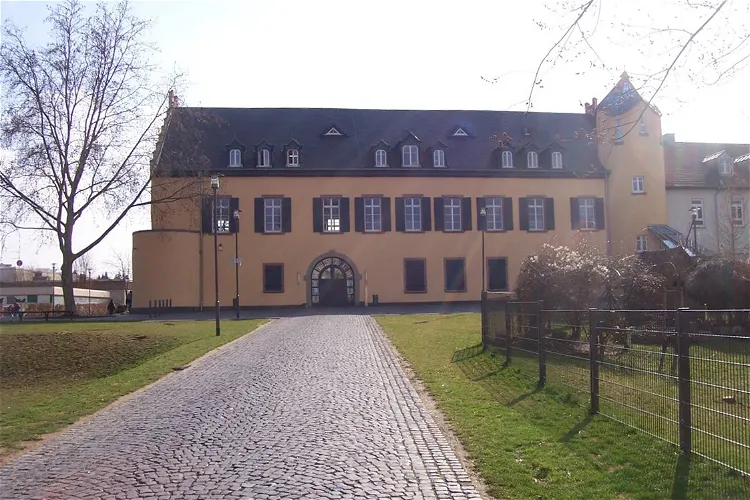
Rheinhessisches Fahrradmuseum Gau-Algesheim
Gau-AlgesheimThe Rheinhessisches Fahrradmuseum, located in Gau-Algesheim, Rhineland-Palatinate, is a museum that focuses on the history of bicycles and cycling. The museum was inaugurated in 2002 and has since been a hub for bicycle enthusiasts and historians alike.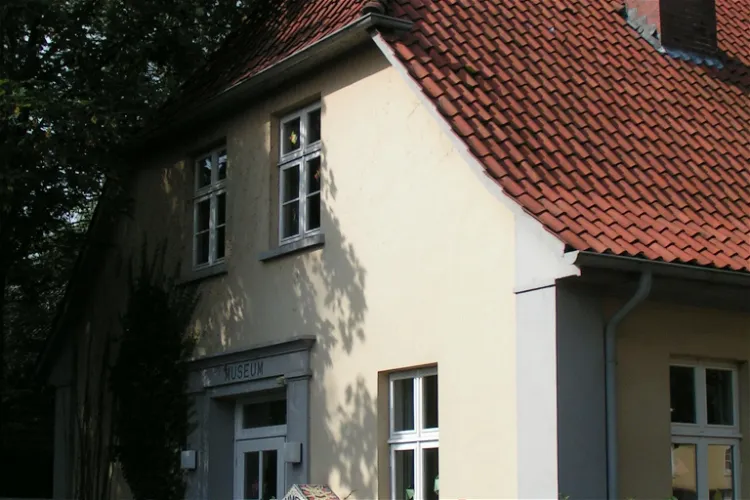
Industriemuseum Lohne
LohneThe Industriemuseum Lohne, established in 1987, is dedicated to the history of the industrialization of the city of Lohne, located in the Lower Saxony district of Vechta. This museum provides a deep dive into the industrial past of the city, offering a unique perspective on its development and growth.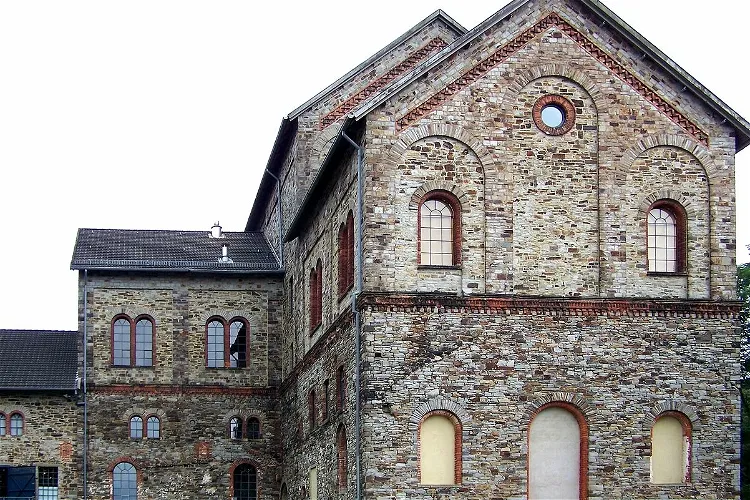
Museum Industriekultur Osnabrück
OsnabrückThe Museum Industriekultur (MIK) is a museum situated in the city of Osnabrück in Lower Saxony. It offers an overview of the coal mining that took place at Piesberg. The museum is located at Piesberg, where coal was mined until 1898 and again to a lesser extent after the Second World War. The Piesberg was one of the largest sandstone quarries in Europe; sandstone is still being mined on its flanks today.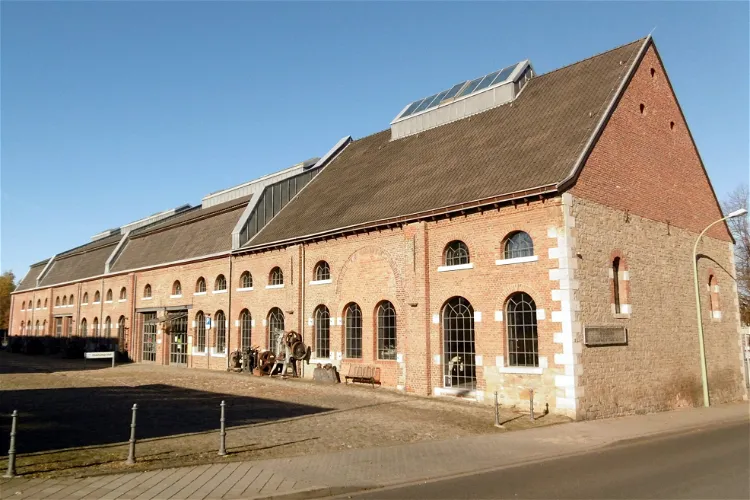
Museum Zinkhütter Hof
StolbergThe Museum Zinkhütter Hof, located in Stolberg, is dedicated to the industrial, economic, and social history of the Aachen region. It provides a comprehensive insight into the region's past, focusing on its industrial development and the social changes that came with it. The museum's exhibits cover a wide range of topics, from the production of materials such as brass and zinc to the history of local companies.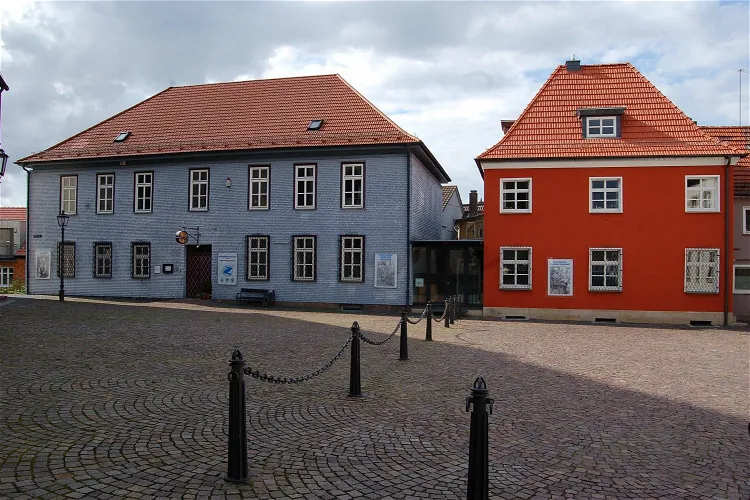
Konrad-Zuse-Museum
HünfeldThe Konrad Zuse Museum in Hünfeld is a unique institution that focuses on the history and natural environment of the former district of Hünfeld and the city history of Hünfeld. This museum provides a comprehensive overview of the region's past, making it a valuable resource for anyone interested in learning more about this part of Germany.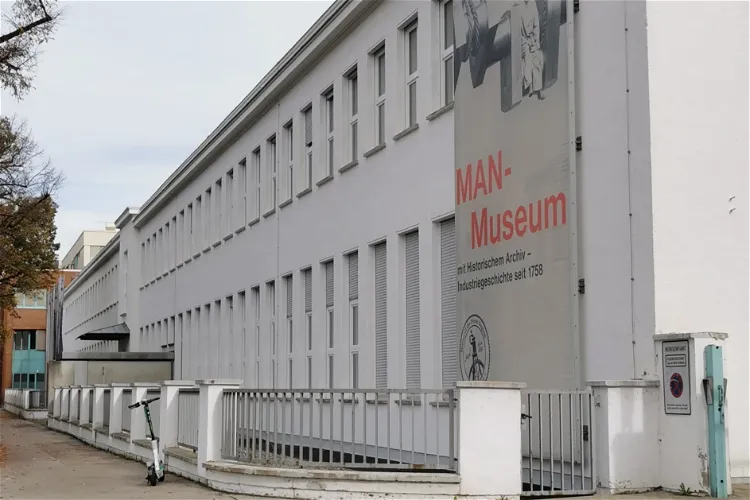
MAN Museum
AugsburgThe MAN Museum offers an extensive 1,800 m² exhibition that primarily focuses on the history and technical advancements of the corporate group, which was established in 1840. Visitors can explore the evolution of the group's technology and understand its impact on the industry.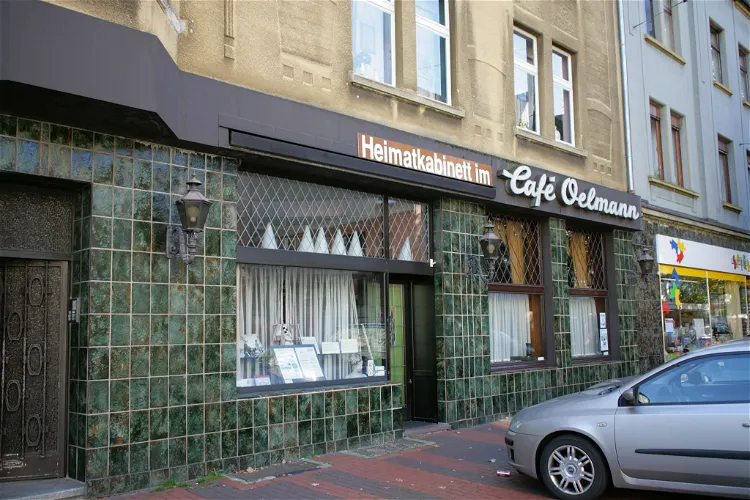
Heimatkabinett im Café Oelmann
HertenThe Heimatkabinett in the old Café Oelmann is a local history museum situated in the Westerholt district of Herten. This museum is a great place for tourists who are interested in learning about the local history and culture of the area.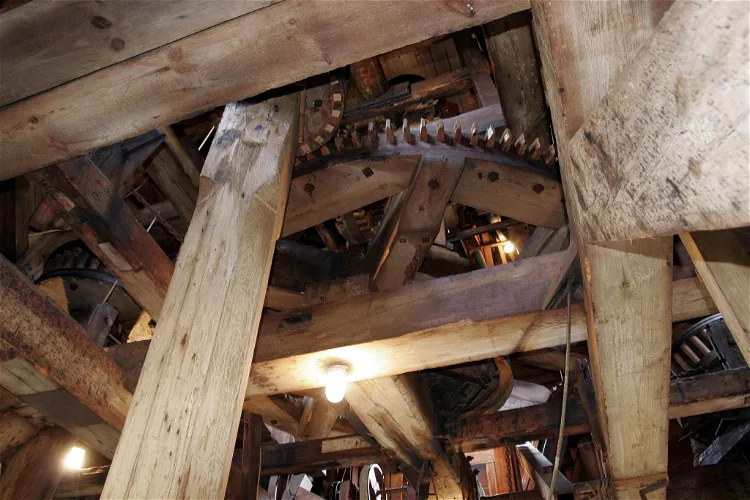
Vareler Windmühle
VarelThe Vareler Windmühle, colloquially known as the "Grode Möhl", is a gallery Dutch windmill situated in the city of Varel, in the Friesland district of Lower Saxony. It holds the distinction of being the second largest preserved windmill in Germany, making it a significant landmark in the region.
Deutsches Automatenmuseum
EspelkampThe Deutsches Automatenmuseum (DAM) is a technology museum situated in the East Westphalian city of Espelkamp. It is a unique destination for those interested in the history and evolution of coin-operated machines. The museum offers a fascinating insight into the world of automated technology, from its early beginnings to its current state.
Baumberger Sandstein Museum
HavixbeckThe Baumberger Sandstone Museum, located in Havixbeck near Münster, is dedicated to the fine-grained yellow Baumberger sandstone, also known as limestone sandstone, which is mined in the nearby Baumberger mountains. This museum provides an in-depth look into the history and significance of this unique type of sandstone.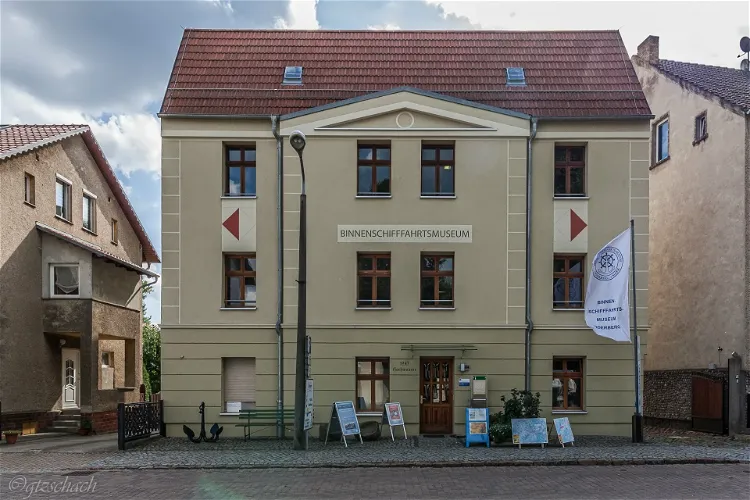
Förderverein Binnenschifffahrts-Museum Oderberg e.V.
OderbergThe main exhibit of the Binnenschifffahrtsmuseum is the paddle steamer Riesa, a significant piece of maritime history. The museum, which was founded in 1954 as a local history room, has since expanded its collection to include a wide range of archaeological finds from the surrounding area. This provides visitors with a unique opportunity to delve into the past and learn about the region's rich history.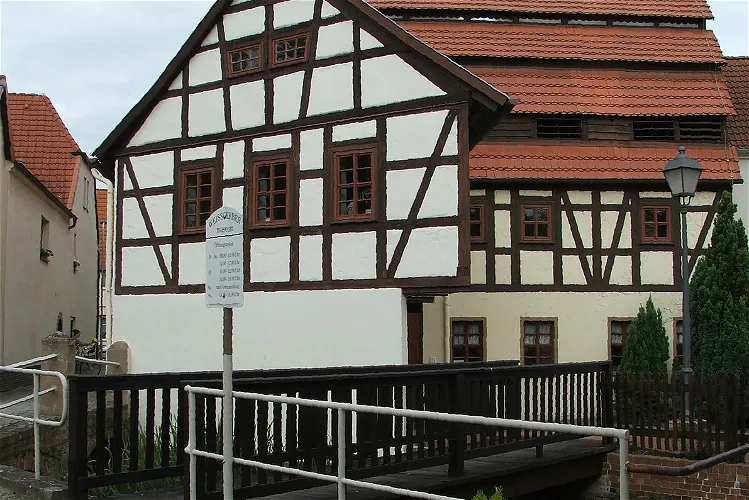
Weißgerbermuseum Doberlug-Kirchhai
Doberlug-KirchhainThe Weißgerbermuseum, located in Doberlug-Kirchhain in the Elbe-Elster district, is a unique technical history museum. It is the only museum of its kind in Europe, making it a distinctive destination for those interested in technical history and the leather industry.
Rheinland-Pfälzisches Feuerwehrmuseum
HermeskeilThe Rheinland-Pfälzische Feuerwehrmuseum Hermeskeil, also known as the "fire brigade experience museum", is an interactive exhibition museum located in the city centre of Hermeskeil. The museum is dedicated to the themes of fire and fire brigade, offering visitors a unique and engaging experience.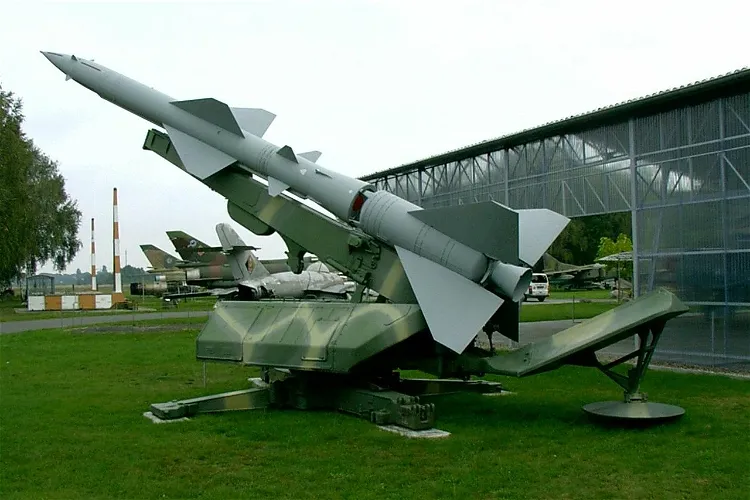
Flugplatzmuseum Cottbus
CottbusThe Flugplatzmuseum Cottbus is situated in the southern part of the former Cottbus airfield. It is managed by the Flugplatzmuseum Cottbus e. V. association, which has been dedicated to preserving the regional aviation history and the aviation technology of the GDR that was no longer used after the political change.
Kettenschmiedemuseum Sichtigvor
WarsteinThe Kettenschmiedemuseum, located in the Warstein district of Sichtigvor, offers a unique insight into the manual production of chains. This process, once practiced by chain smiths, is showcased in a detailed and engaging manner. Visitors can learn about the traditional techniques and skills involved in this craft, providing a fascinating glimpse into the past.
Brückenhofmuseum
KönigswinterThe Brückenhofmuseum is a local history museum situated in Oberdollendorf, a district of the city of Königswinter in the Rhein-Sieg district of North Rhine-Westphalia. The museum began its operation in 1991 in the former winery "Brückenhof" (Bachstraße 93), a half-timbered house dating back to the 17th century. This location offers a unique historical setting for the museum's exhibits.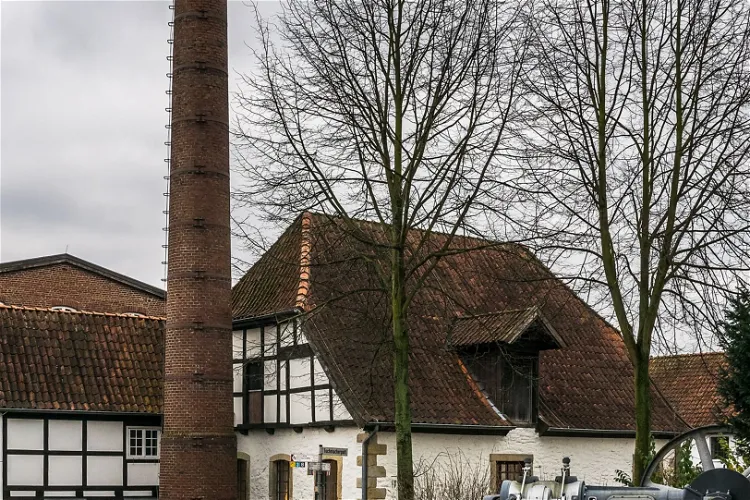
Tuchmacher Museum Bramsche
BramscheThe Tuchmacher Museum Bramsche, opened in 1997, is housed in the buildings of the Bramscher Tuchmacher Guild. This guild, which was dedicated to the production of woolen cloths, ceased its operations in 1972. The museum's location adds a historical touch to the visitor's experience, as it is situated in the very place where the guild used to operate.
Besucherbergwerk Wodanstolln
SalchendorfThe Wodanstolln is a show mine located in Salchendorf, which is now a part of the municipality of Neunkirchen in the Siegen-Wittgenstein district. This historical site offers a unique insight into the mining history of the region.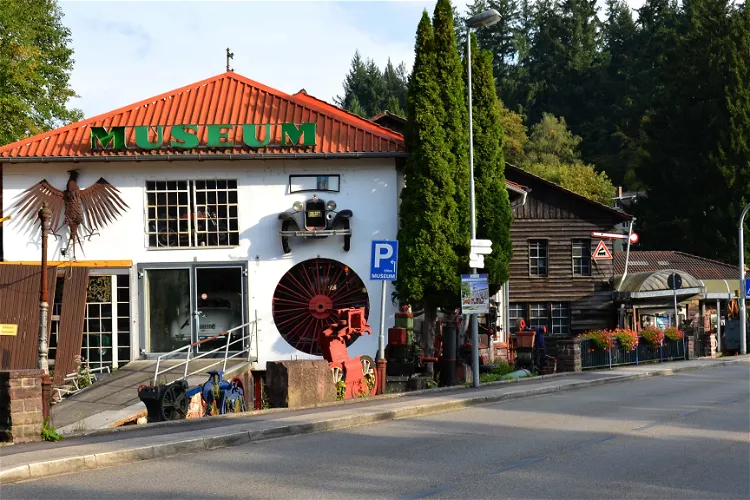
Fahrzeugmuseum Marxzell
MarxzellThe Fahrzeugmuseum Marxzell, located in Marxzell near Karlsruhe, is a private transport and technology museum. It boasts an impressive exhibition space of over 3600 square meters, making it a spacious venue for visitors to explore and learn about the history of transportation and technology.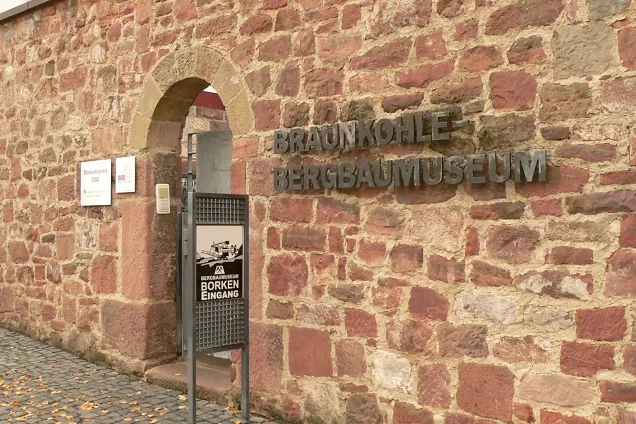
Hessisches Braunkohle Bergbaumuseum
Borken (Hessen)The Hessisches Braunkohle Bergbaumuseum in Borken, located in the Schwalm-Eder district of northern Hesse, offers a unique insight into the mining operations that were once carried out in the Borken lignite mining area. The museum is designed as an 'Experience Above and Below Ground', providing valuable knowledge about coal and energy. The focus is on the underground and above-ground extraction of lignite, its use, and the handling of the post-mining landscape.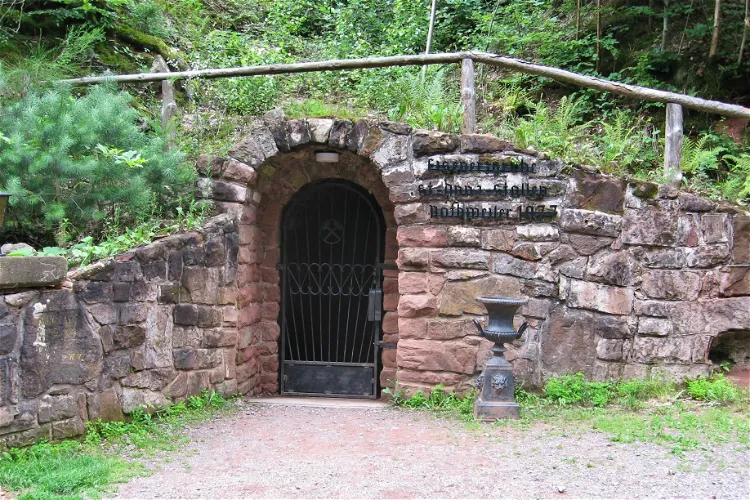
Besucherbergwerk St. Anna Stollen
NothweilerThe St. Anna Stollen is a show mine located in Nothweiler, Rheinland-Pfalz. This former iron ore mine is now a protected cultural monument. It offers a unique opportunity to explore the history of mining in the region and to learn about the geological processes that led to the formation of the iron ore deposits.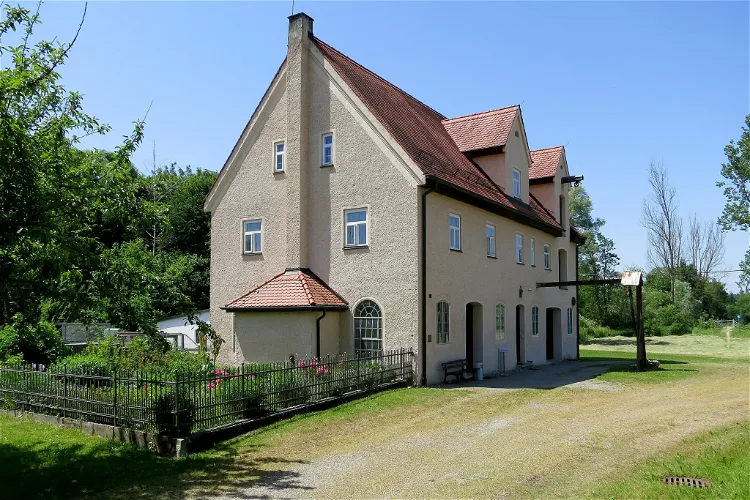
Museum Hammerschmiede und Stockerhof
Neuburg an der KammelThe Hammerschmiede Naichen, located in Naichen, a district of Neuburg an der Kammel in the Günzburg district in Bavaria, is a technical historical monument. Since 1990, it has been open to the public as a museum, offering visitors a glimpse into the past and the opportunity to learn about the history and technology of the time.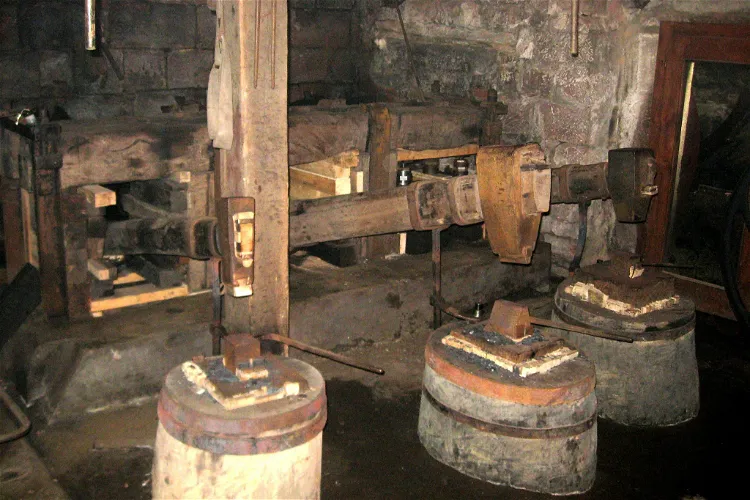
Wappenschmiede Elmstein
AppenthalThe Wappenschmiede Elmstein was in operation until 1975, with the last blacksmith being Heinrich Haag. Today, it stands as a cultural monument and a working museum. Visitors can experience the historical significance of the forge and gain insights into the life and work of a blacksmith in the past.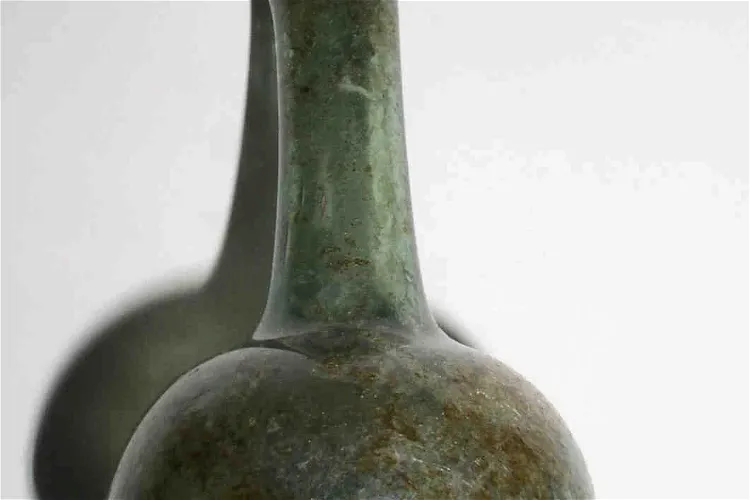
Glasmuseum Spiegelberg
JuxThe Glasmuseum Spiegelberg is situated in the town hall of the municipality of Spiegelberg, in the Rems-Murr-Kreis district, within the Schwäbisch-Fränkischer Wald nature park. This location offers visitors not only a chance to explore the museum's exhibits but also the opportunity to enjoy the surrounding natural beauty of the park.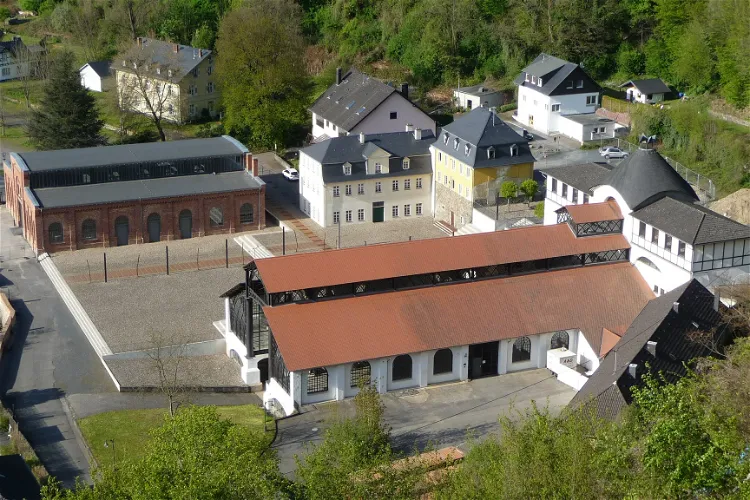
Denkmalareal Sayner Hütte
BendorfIn 2010, the Sayner Hütte was recognized as a Historic Landmark of Engineering in Germany. This prestigious recognition underscores the site's significant contribution to the field of engineering and its historical importance. Visitors to the Sayner Hütte can appreciate the engineering marvels of the past and the innovative techniques used in the ironworking industry.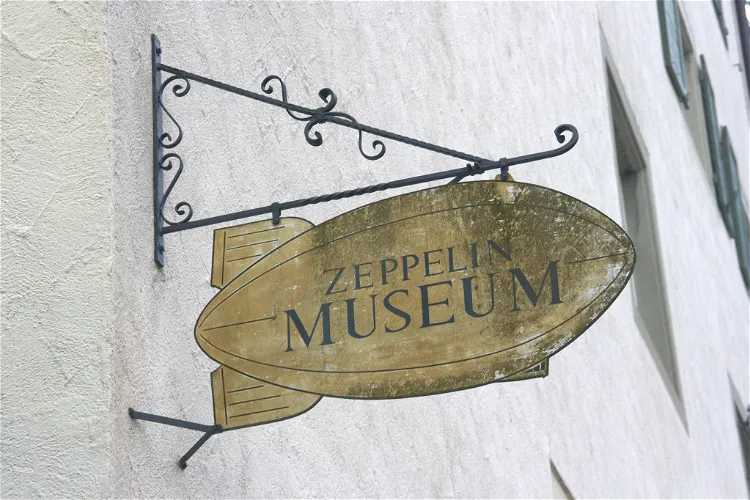
Zeppelin Museum
MeersburgThe Zeppelin Museum Meersburg is home to a wide range of artifacts from the Zeppelin era, spanning from 1900 to 1937. These include components of the airships, uniforms worn by the crew, letters, inventory items, menus, and books. These artifacts provide a comprehensive insight into the history and operation of Zeppelins.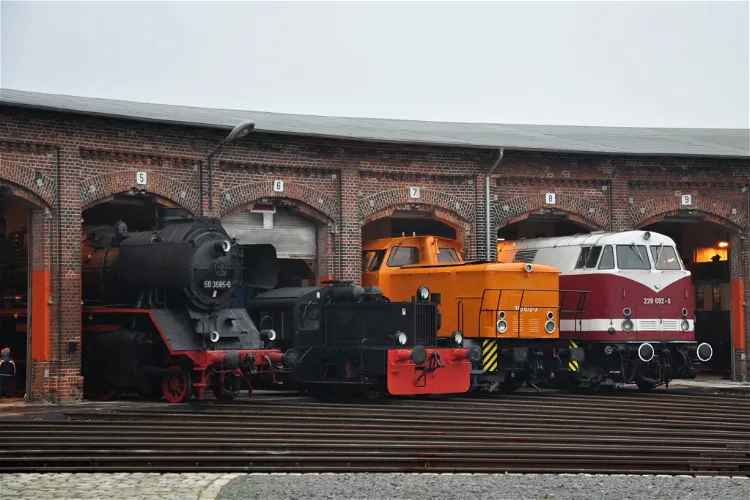
Historischer Lokschuppen Wittenberge
WittenbergeThe Historischer Lokschuppen Wittenberge is a railway museum situated in Wittenberge. It is located on the grounds of the former Wittenberge depot, which adds a layer of historical significance to the site. The museum is a great place for railway enthusiasts and history buffs alike, offering a unique insight into the history of railways in Germany.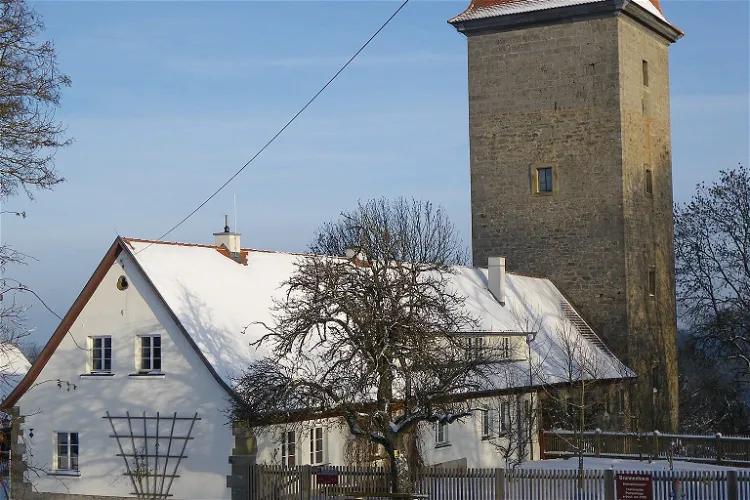
Brunnenhausmuseum
SchillingsfürstThe Brunnenhausmuseum in Schillingsfürst is a technical local history museum that houses a unique and functional ox-tread system. This system is considered one-of-a-kind in the German-speaking region due to its technology and state of preservation. Visitors to the museum can witness this remarkable piece of engineering firsthand, offering a glimpse into the past and the innovative solutions of the time.
Grube Fortuna
SolmsToday, the Grube Fortuna serves as a visitor mine and a geo-information center, located within the Geopark Westerwald-Lahn-Taunus. This offers tourists a unique opportunity to explore the mine and learn about the geological features of the region.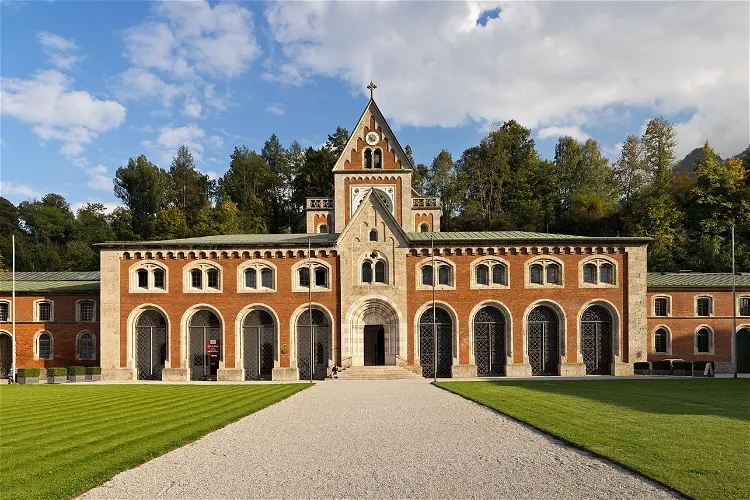
Old salt works Bad Reichenhall
Bad ReichenhallThe Old Salt Works, also known as Alte Saline, is a significant historical site in Bad Reichenhall. It was built according to the designs of Joseph Daniel Ohlmüller and Friedrich von Schenk. This former saltworks was operational from 1844 to 1929, producing Reichenhaller salt from brine. Today, it stands as an industrial monument, offering a glimpse into the city's rich salt production history.
AutoMuseum Volkswagen
WolfsburgThe AutoMuseum Volkswagen is an independent museum located in Wolfsburg, Lower Saxony. It is supported by Volkswagen AG, one of the world's leading automobile manufacturers. The museum is dedicated to showcasing the history and evolution of Volkswagen vehicles, making it a fascinating destination for car enthusiasts and history buffs alike.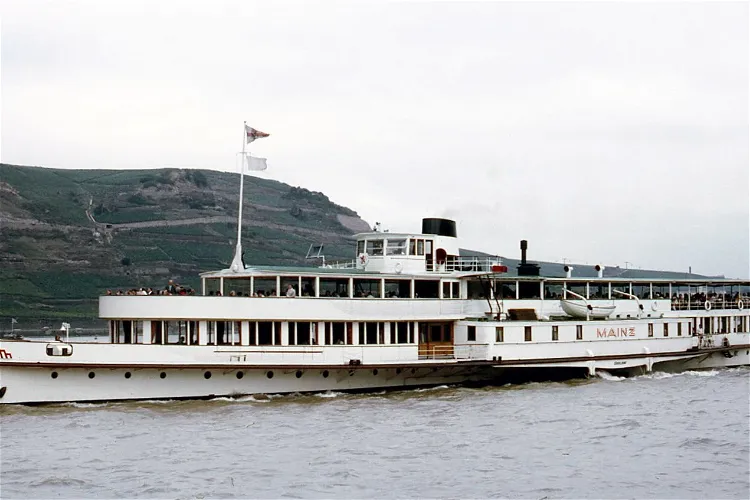
Museumsschiff Mannheim
MannheimSince 1985, the Mainz has served as the Museum Ship of Mannheim, or Museumsschiff Mannheim. It is moored on the Neckar, near the Kurpfalzbrücke bridge. This location allows visitors to easily access the museum and explore the ship's rich history.
Frohnauer Hammer
Annaberg-BuchholzThe museum complex of the Frohnauer Hammer includes not only the hammer mill itself, but also an exhibition of forged artefacts, a hand forge, a mechanical 'Christmas hill' (Weihnachtsberg), and a bobbin lace room. These features provide a comprehensive insight into the historical and cultural significance of the mill and its surrounding area.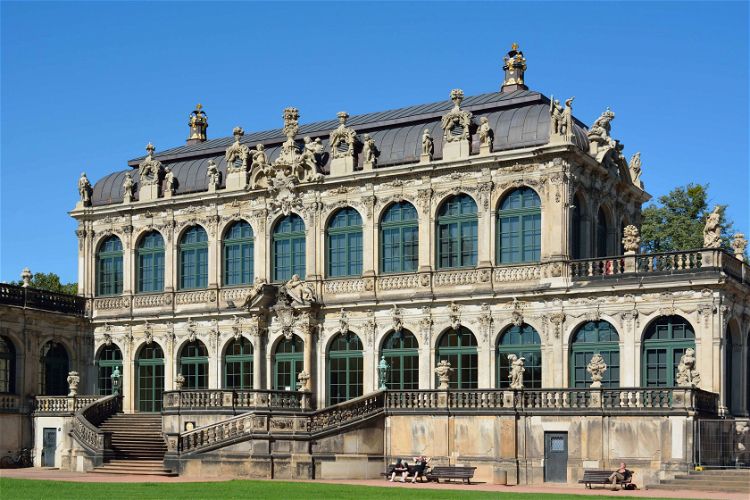
Royal Cabinet of Mathematical and Physical Instruments
DresdenRoyal Cabinet of Mathematical and Physical Instruments (Mathematisch-Physikalischer Salon) is a museum in Dresden that belongs to the Staatliche Kunstsammlungen Dresden. It is a museum of historic clocks and scientific instruments. The museum holds and exhibits a collection that includes globes, ast
Oberschlesisches Landesmuseum
RatingenThe Oberschlesisches Landesmuseum (OSLM) in Ratingen is a museum dedicated to the history and culture of Upper Silesia. It is run by the Stiftung Haus Oberschlesien, a private law foundation established in 1970. The museum is conveniently located directly opposite the old museum building, known as "Haus Oberschlesien", in Ratingen-Hösel. This is where the foundation currently has its headquarters.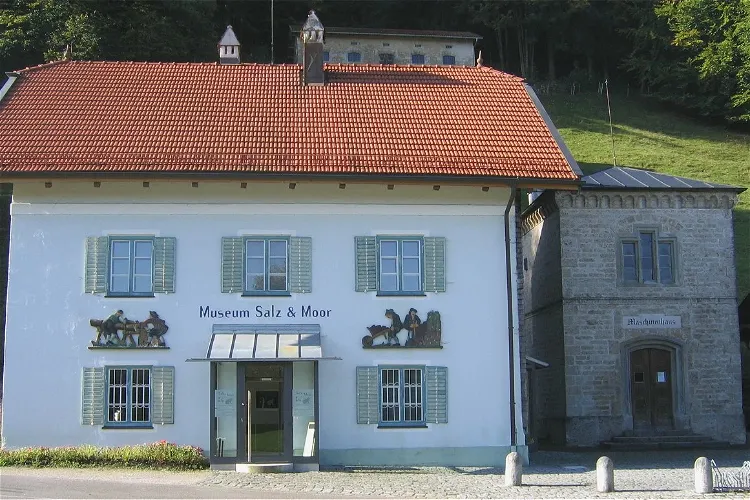
Museum Salz & Moor
RottauThe Museum Salz & Moor is a unique blend of technology and natural history, situated in the scenic locale of Grassau in Upper Bavaria. It offers a fascinating insight into the region's rich history and natural wonders, making it an interesting destination for tourists interested in both technology and nature.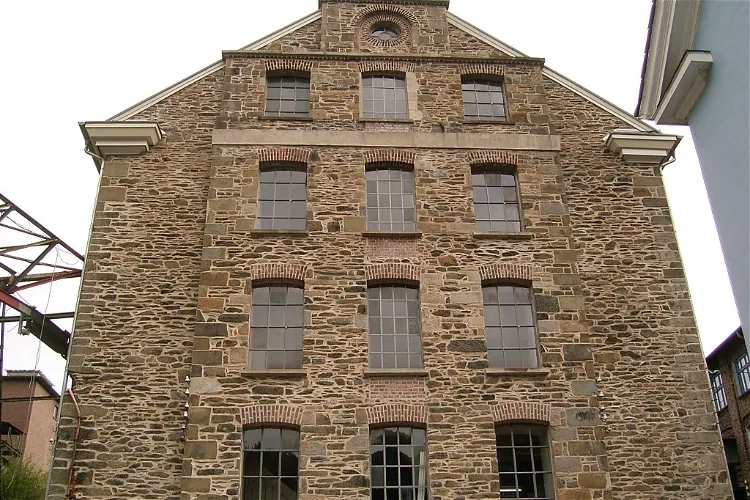
Wülfingmuseum
RadevormwaldThe Wülfing Museum, located in Radevormwald - Dahlerau in the Oberbergischer Kreis in North Rhine-Westphalia, Germany, is a textile technology museum. It is situated on the site of the former cloth factory 'Johann Wülfing & Son'. This location offers a unique insight into the history of textile production and the industrial revolution in Germany.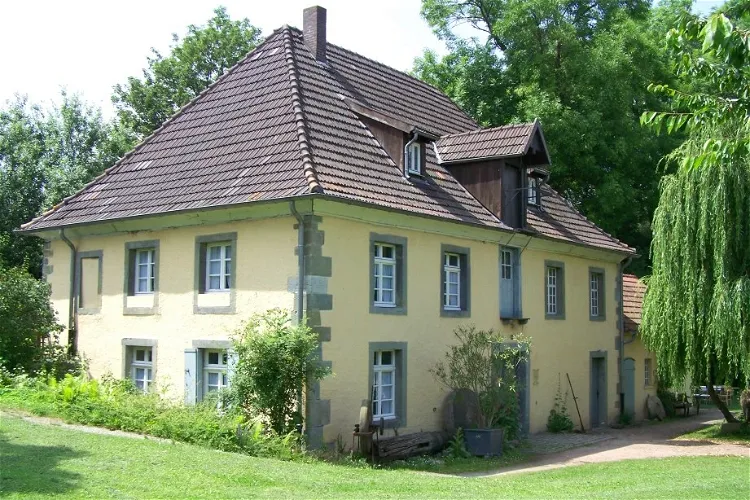
Schäferkämper Wassermühle
ErwitteThe Schäferkämper Wassermühle has a rich history dating back to 1748 when it was first built. It served as a commercial milling operation until 1933. After the death of the last owner in 1989, the mill was acquired by the North Rhine-Westphalia Foundation. With the support of the foundation, the local history friends of Bad Westernkotten restored the mill and transformed it into a museum. This historical transformation adds to the mill's appeal for tourists interested in local history and culture.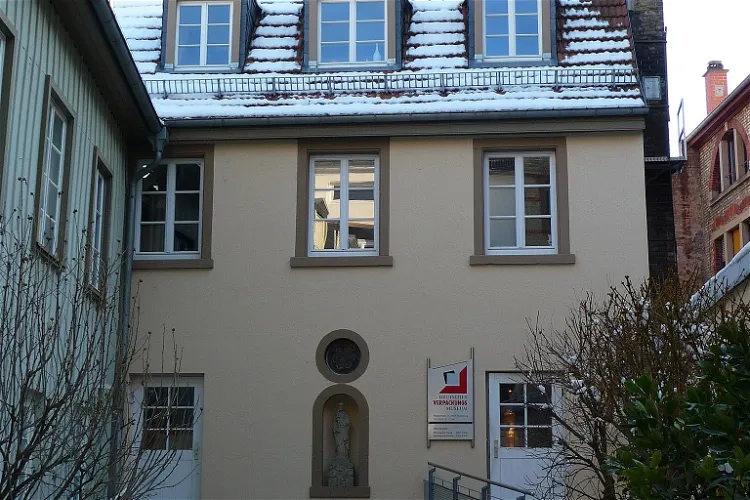
Deutsches Verpackungsmuseum
HeidelbergThe Deutsches Verpackungs-Museum, located in Heidelberg, is a unique cultural history museum that was established in 1997. It is the first and only museum of its kind, dedicated to showcasing the cultural significance of packaging. This museum provides a unique perspective on the evolution of packaging and its impact on society and culture.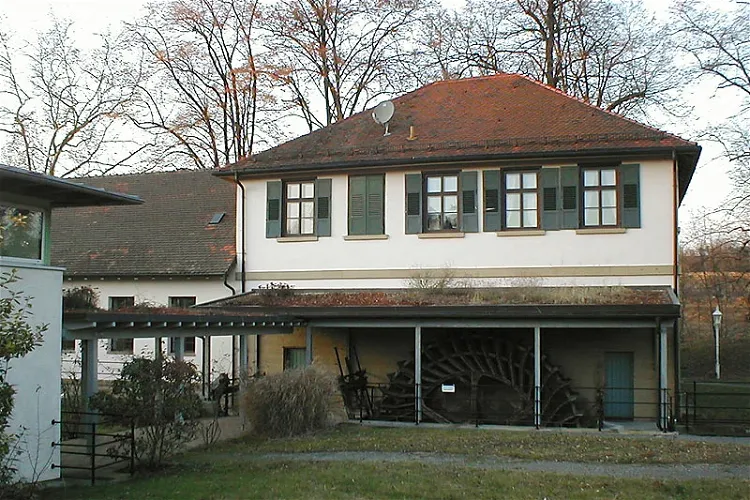
Historischen Industriepark Neckargartach
HeilbronnVisitors to the Historischen Industriepark Neckargartach can still see remnants of a workshop building that played a significant role in the site's history. After Widmann's bankruptcy, the building was repurposed as a paper factory. Around 1900, it was converted into a pumping station and served this function until the 1960s. This building is a testament to the site's industrial past and its adaptability over time.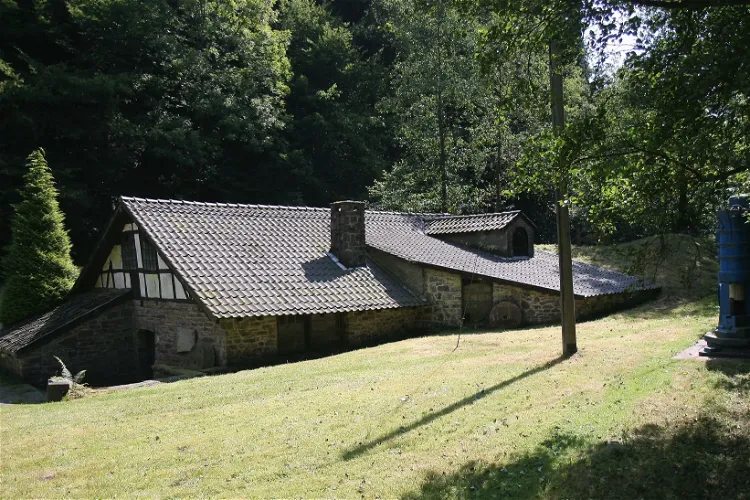
Ahe-Hammer
HerscheidThe Ahe-Hammer is a monument-protected building located in Herscheid, a municipality in the Märkischer Kreis, North Rhine-Westphalia. This historical site offers a unique glimpse into the industrial past of the region and is a significant part of its cultural heritage.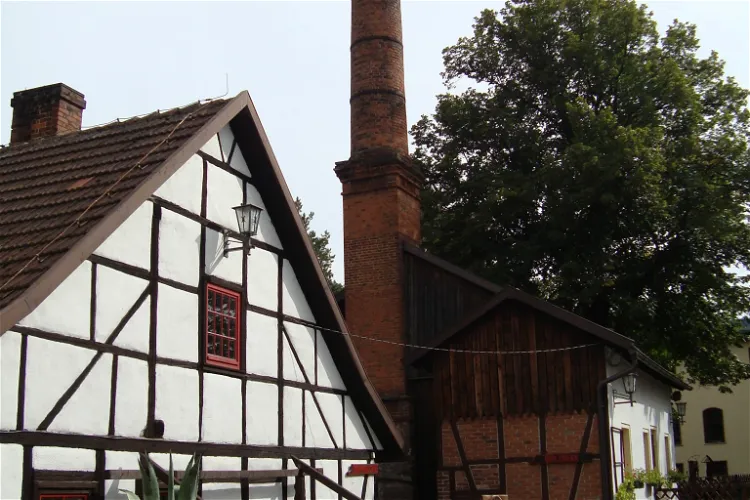
Tobiashammer
OhrdrufThe Tobiashammer is a significant historical site located in Ohrdruf, Thuringia, Germany. Dating back to 1482, this large, water-driven hammer mill has been preserved as an industrial monument and museum since 1983. It offers visitors a unique opportunity to explore the rich industrial history of the region.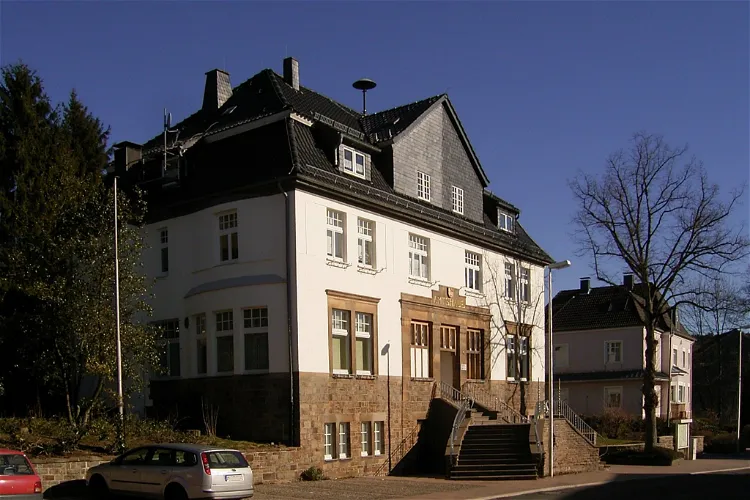
Bakelit-Museum Kierspe
Kierspe-DorfThe Bakelit-Museum Kierspe is a unique museum dedicated to Bakelite, a material invented in 1905 by Leo Hendrik Baekeland and recognized as the first industrial plastic. The museum is located in the Old Town Hall of Kierspe, adding a touch of historical charm to the experience.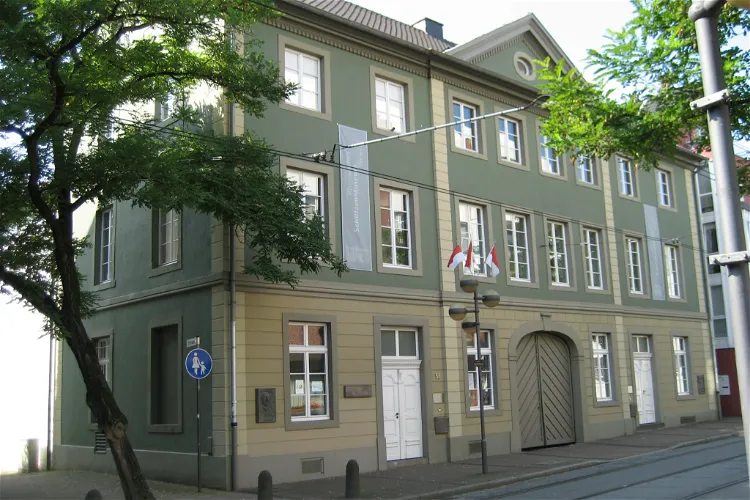
Haus Rottels
NeussHaus Rottels, located on Oberstraße in Neuss, is a former monastery building that was transformed into a residence by the affluent manufacturer and soap boiler, Franz Rottels, around 1820. The building also housed a soap production facility, adding to its historical significance.
Glasmuseum
RheinbachThe Glasmuseum in Rheinbach, established in 1968, is situated in the Himmeroder Hof at Himmeroder Wall 6. This location is steeped in history and provides a unique setting for the museum.
Eggemuseum Altenbeken
AltenbekenThe Egge Museum, situated in Altenbeken, North Rhine-Westphalia, is a unique destination that primarily displays exhibits from the era when iron extraction and processing played a significant role in the region. Visitors can gain insights into the historical importance of iron industry in Altenbeken and explore a variety of exhibits that reflect this period.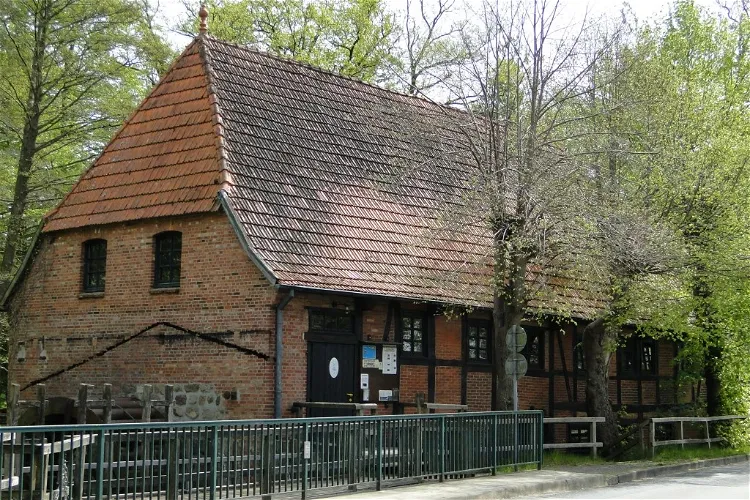
Holmer Mühle
Buchholz in der NordheideThe Holmer Mühle is a protected watermill situated on the Lower Saxony Mill Road (No. 111). This historic mill is a part of the Holm estate, which is privately owned. The mill's location, directly on the Seeve river, adds to its charm and historical significance.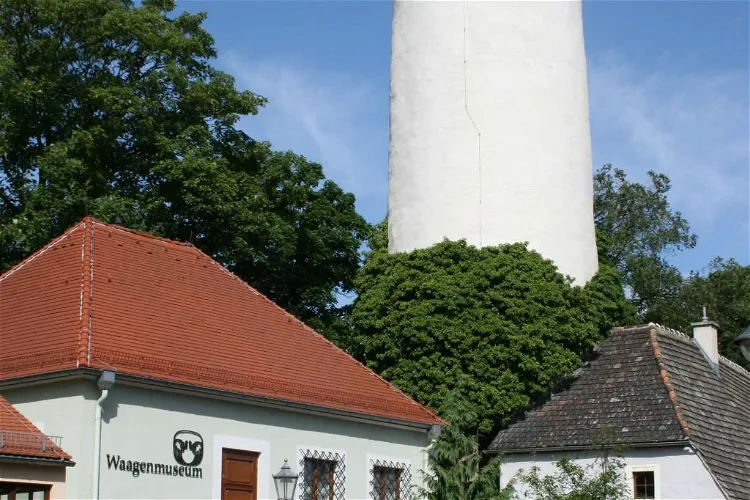
Stadt- und Waagenmuseum
OschatzThe Stadt- und Waagenmuseum Oschatz is a regional museum located in Oschatz, Saxony. It is unique in its offering as it also houses an exhibition dedicated to the development of scale construction. This exhibition traces the history of scales from their earliest forms to the modern electronic weighing devices. This makes it a fascinating destination for those interested in the history of technology and industrial development.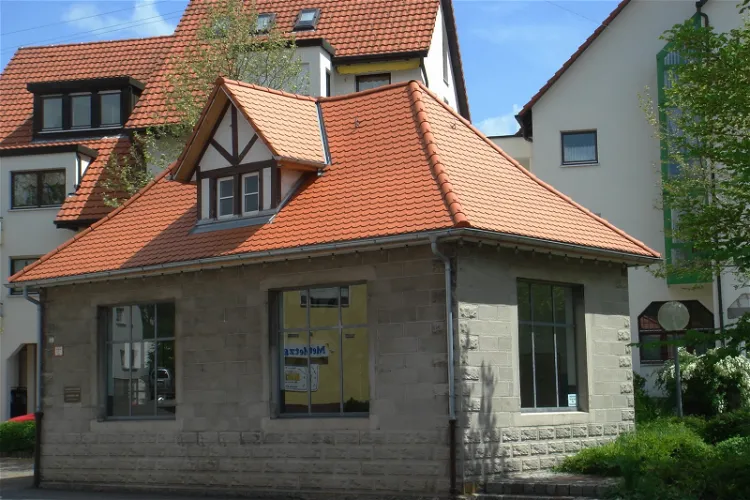
Historisches Pumpwerk Onstmettingen
OnstmettingenThe Historisches Pumpwerk, also known as “Pumphäusle”, is an industrial monument located in the Onstmettingen district of Albstadt. It stands near the town hall and is a testament to the development of modern infrastructure in the formerly independent community. This historical site offers a unique insight into the industrial history of the region.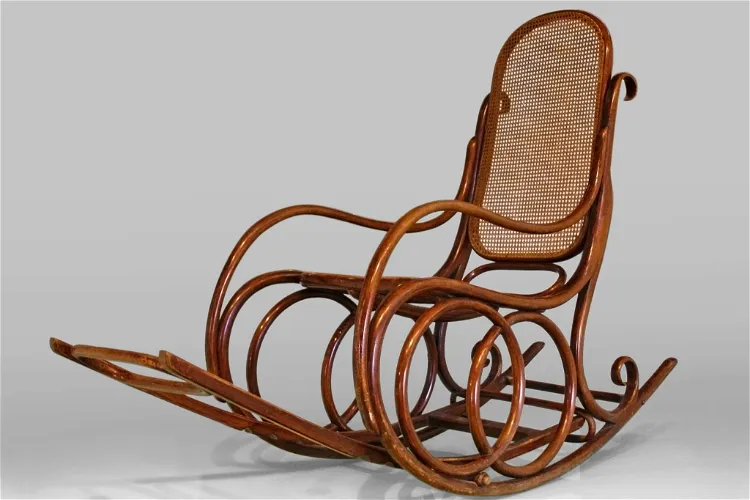
Thonet Museum
Frankenberg (Eder)The Thonet Museum, located in Frankenberg, Hesse, is a unique destination that offers an in-depth look into the life and work of Michael Thonet, as well as the history of his renowned furniture company, Gebrüder Thonet. Visitors can gain a comprehensive understanding of Thonet's innovative designs and the evolution of his company over the years.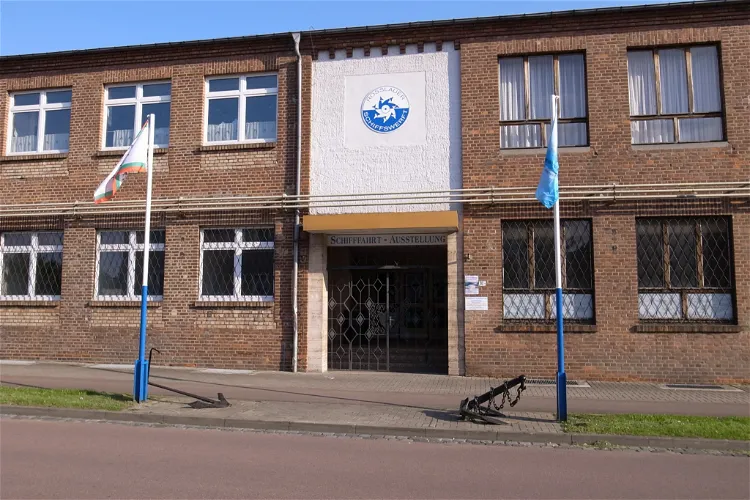
Schifffahrtsmuseum Roßlau
Roßlau (Elbe)The Schifffahrtsmuseum Roßlau, located on the grounds of the Roßlauer Schiffswerft, is dedicated to preserving and sharing the history of shipbuilding in Roßlau and the history of shipping on the Elbe. The museum's exhibits include models, drawings, photographs, and practical demonstration materials spread over approximately 300 square meters of exhibition space. This provides a comprehensive overview of the region's maritime history and traditions.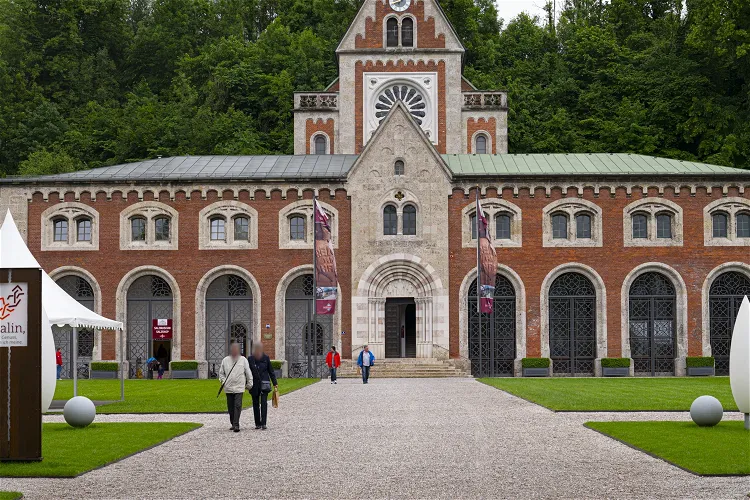
Alte Saline
Bad ReichenhallThe Alte Saline, located in Bad Reichenhall, is a former saltworks that was built according to the designs of Joseph Daniel Ohlmüller and Friedrich von Schenk. This historical industrial monument, which produced Reichenhaller salt from brine from 1844 to 1929, is a testament to the city's rich salt production history.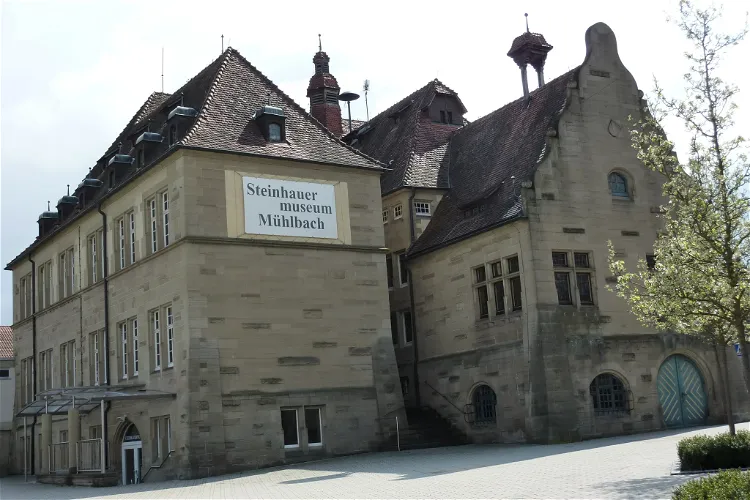
Steinhauermuseum Mühlbach
EppingenThe Steinhauermuseum Mühlbach is situated in the former town hall of Mühlbach, a district of Eppingen in the Heilbronn district of Baden-Württemberg. This location is steeped in history and provides a unique setting for the museum.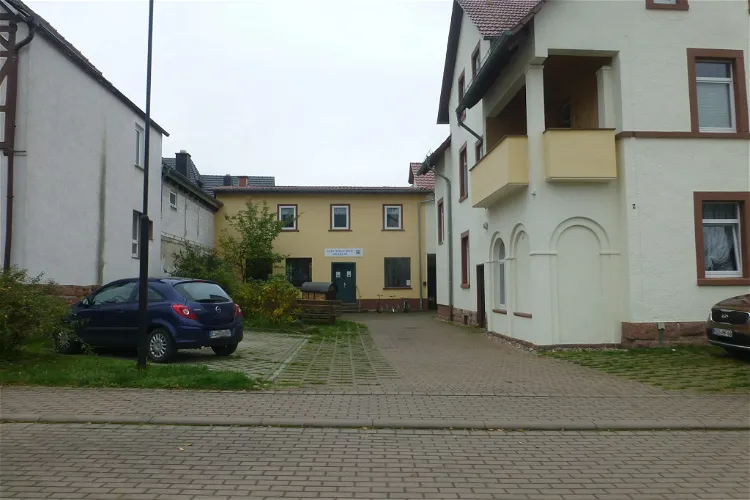
Stockmachermuseum
LindewerraThe Stockmachermuseum is situated in the quaint village of Lindewerra, nestled in the Eichsfeld district of northwest Thuringia. This location is notable as it sits directly on the state border with the Hessian Werra-Meißner-Kreis, offering a unique blend of cultural influences.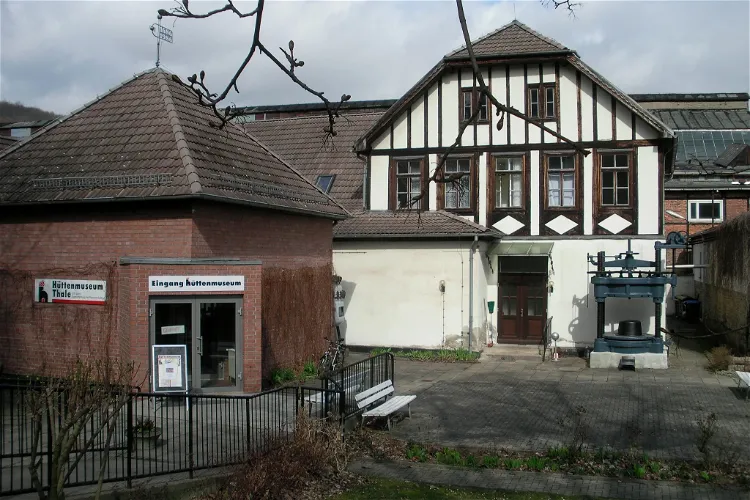
Hüttenmuseum
ThaleThe Hüttenmuseum Thale is conveniently located at the entrance of the Bodetal, just a short three-minute walk from Thale's main train station. This makes it easily accessible for tourists traveling by train.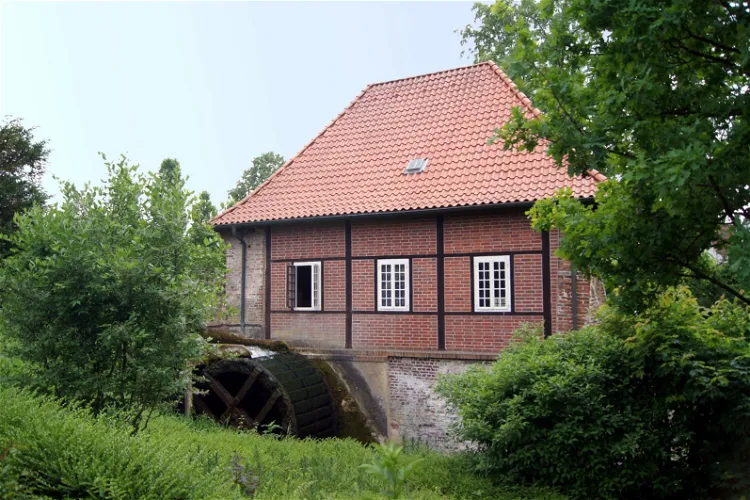
Bischofsmühle
CoesfeldThe Bischofsmühle is a unique watermill located in Coesfeld, characterized by its overshot water wheel. This type of water wheel is a significant feature of the mill, as it is powered by the weight of water falling from above, rather than from the flow of water underneath. This makes the Bischofsmühle a fascinating site for those interested in historical engineering and architecture.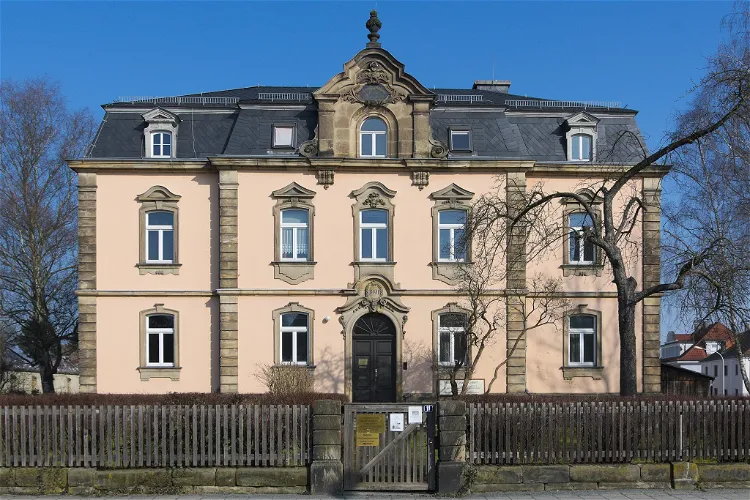
German Typewriter Museum Bayreuth
BayreuthThe German Typewriter Museum, until August 2022, was situated in the district of Sankt Georgen in Bayreuth. The exhibits have since been temporarily stored at a confidential location, awaiting their relocation to a new venue on the premises of the Thiergarten hunting lodge.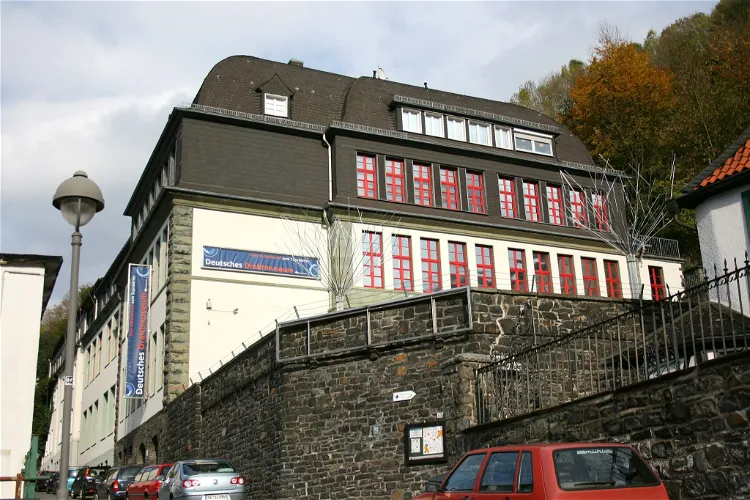
Deutsches Drahtmuseum
AltenaThe Deutsches Drahtmuseum in Altena is a unique institution, being the only one of its kind in the world. It was established in 1965 by the Altena district, following the initiative of industrialist Paul Rump. This museum offers a unique insight into the history and significance of wire in industry and everyday life.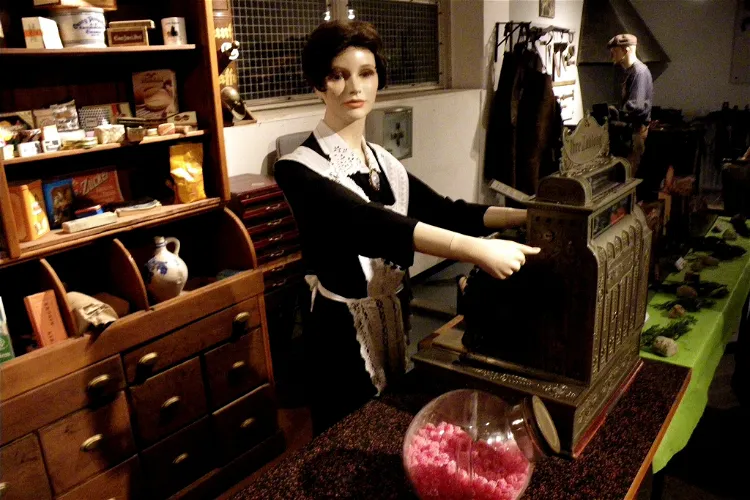
Museum der Stadt Kirchen Sieg
Kirchen (Sieg)The Heimatmuseum in Kirchen (Sieg) is a museum managed by the Kirchener Heimatverein e.V. The building that houses the museum was constructed in 1910, adding a historical charm to the place. This information might be of interest to tourists who appreciate architecture and history.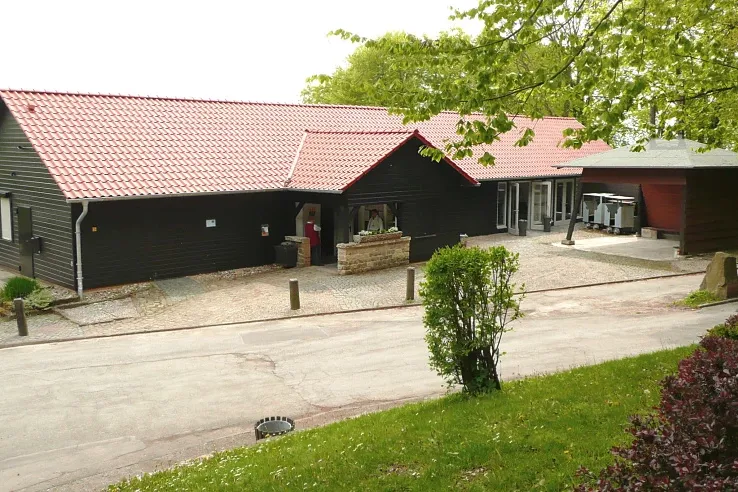
Der Hüttenstollen Besucherbergwerk und Museum Osterwald
SalzhemmendorfThe Hüttenstollen Osterwald, located in Osterwald, was a mine in the eastern Osterwald coal district. It was opened in 1842 and has a rich history of coal mining. Today, it serves as a visitor mine and is a protected cultural monument.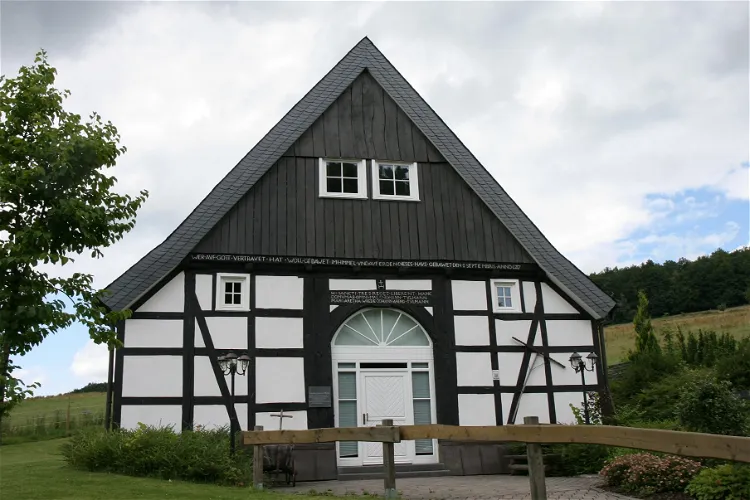
Heimatmuseum Alte Mühle
GevelinghausenThe Heimatmuseum "Alte Mühle" is situated in the Gevelinghausen district of the city of Olsberg. This location is easily accessible and offers a unique opportunity to explore the rich history of the region.